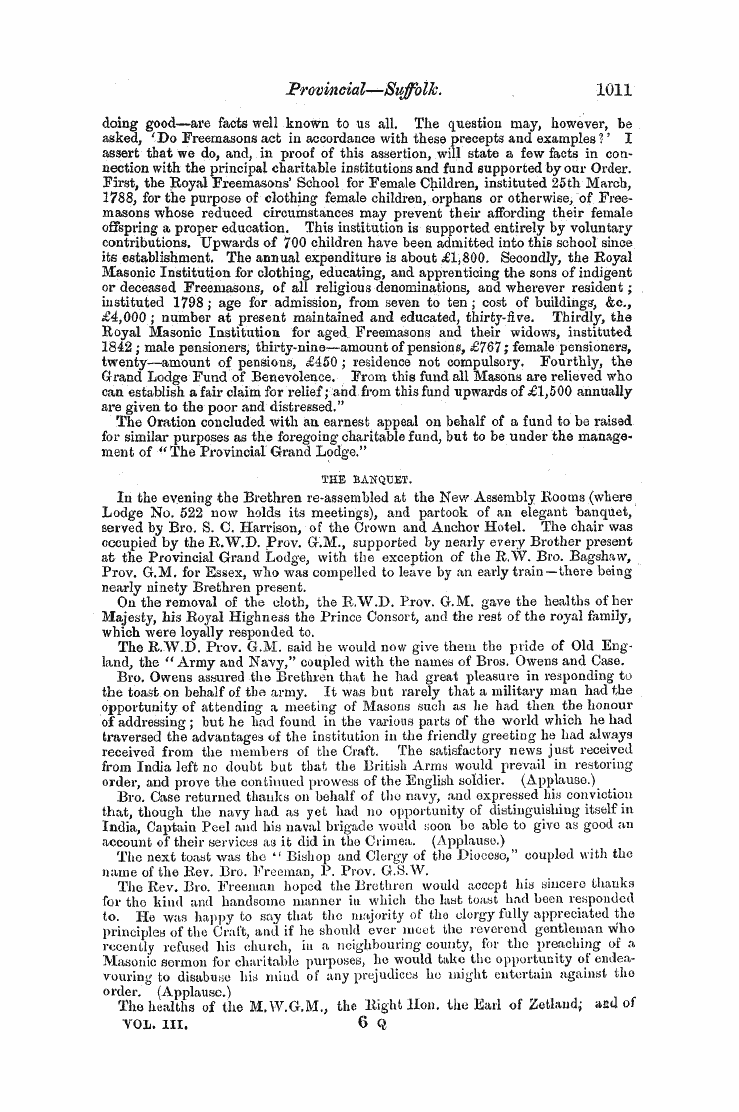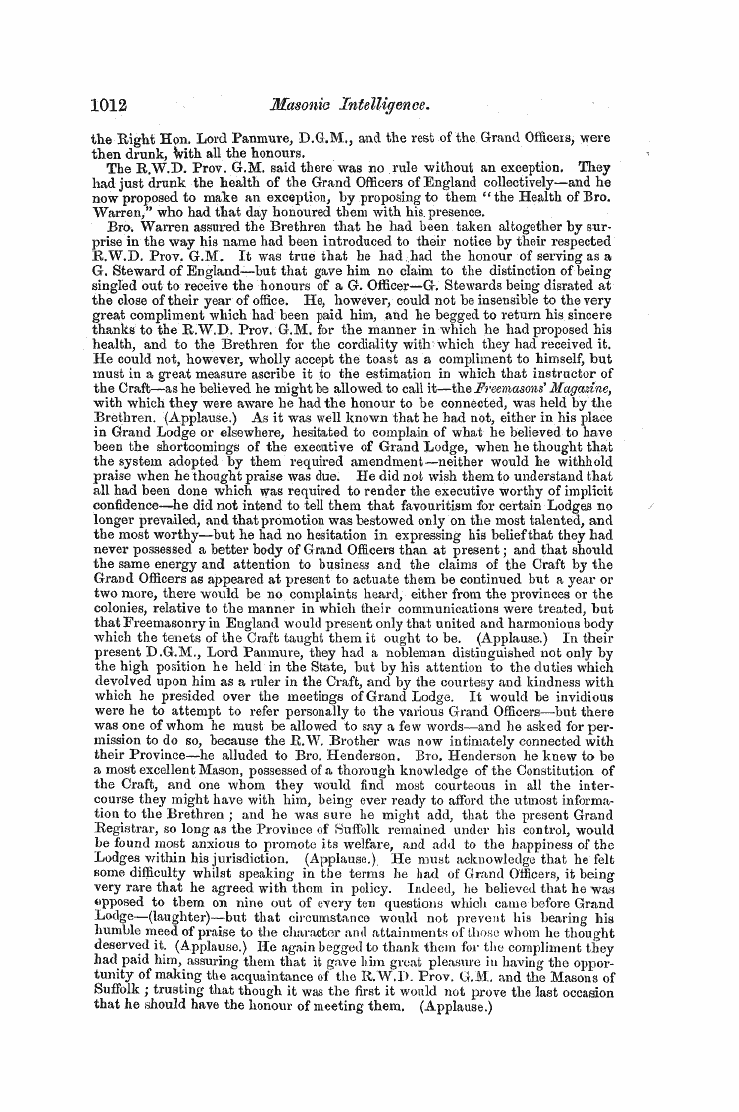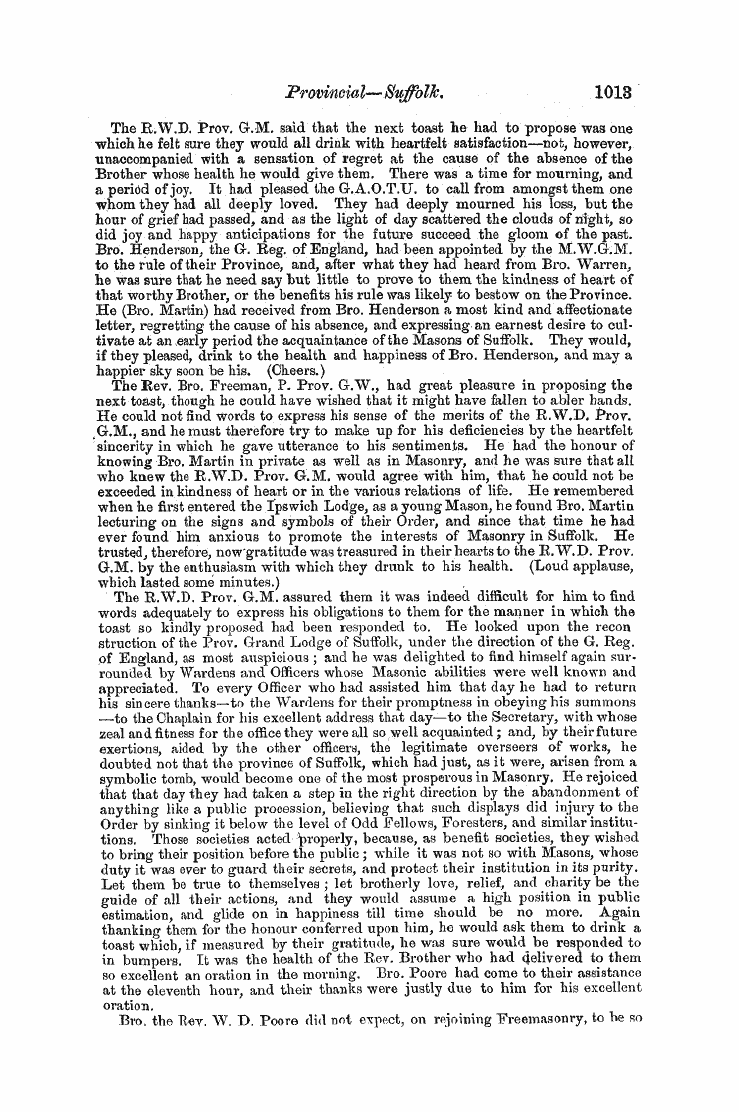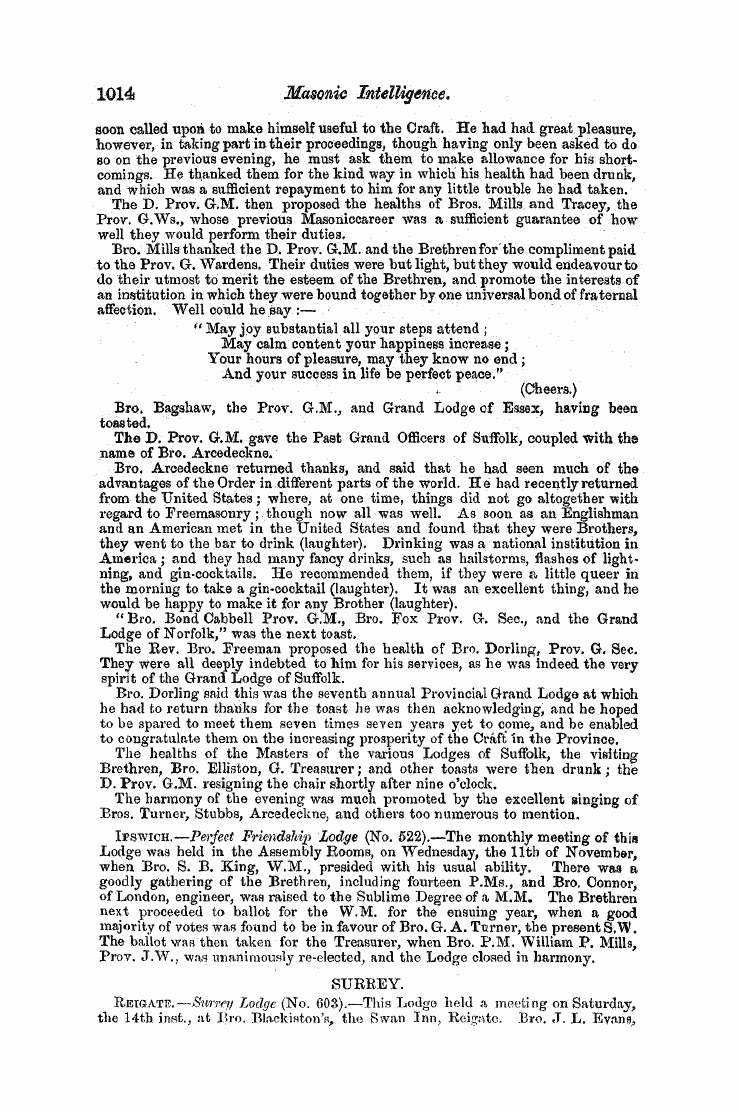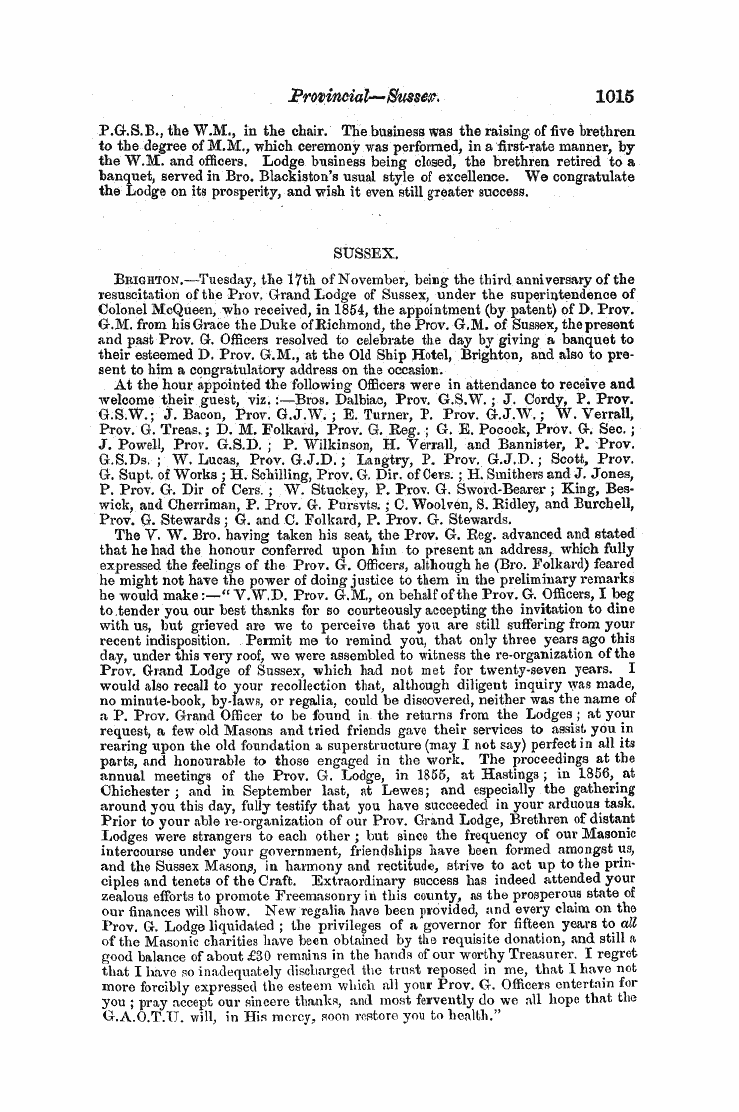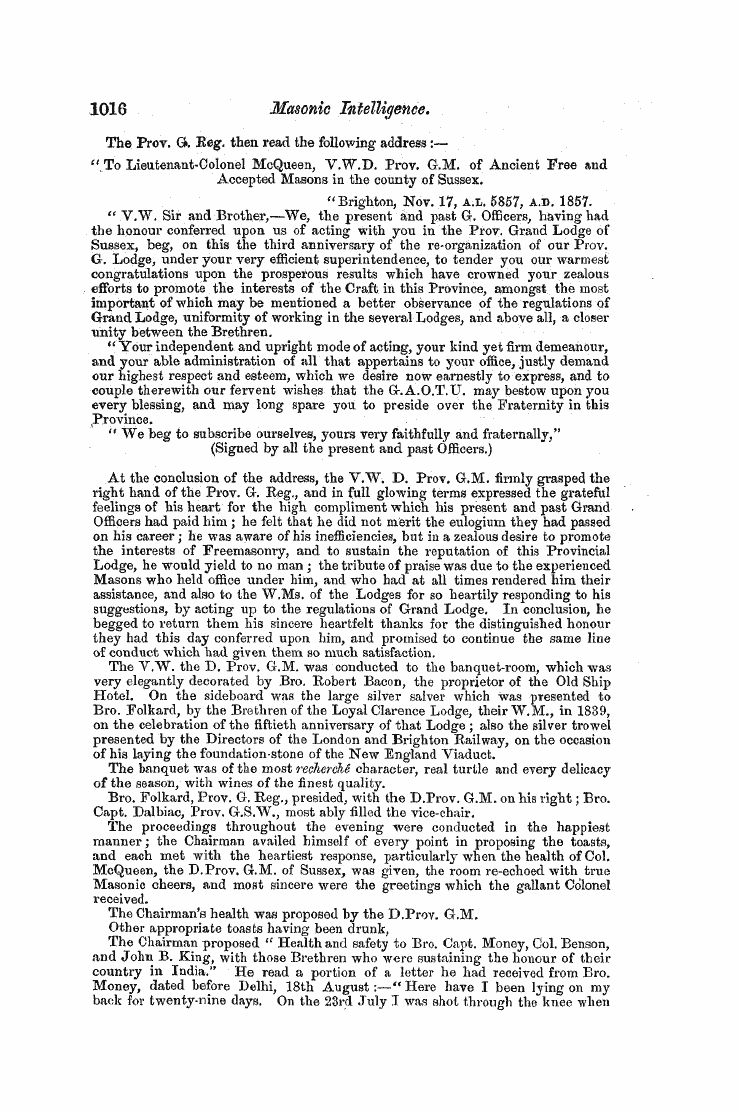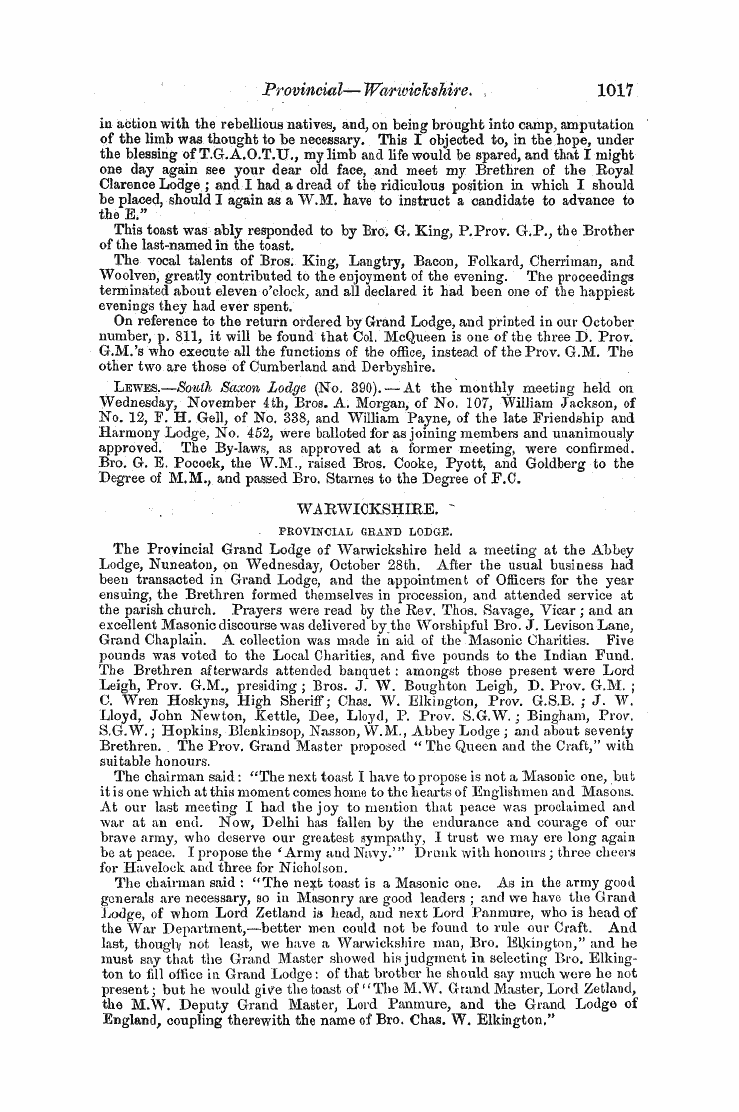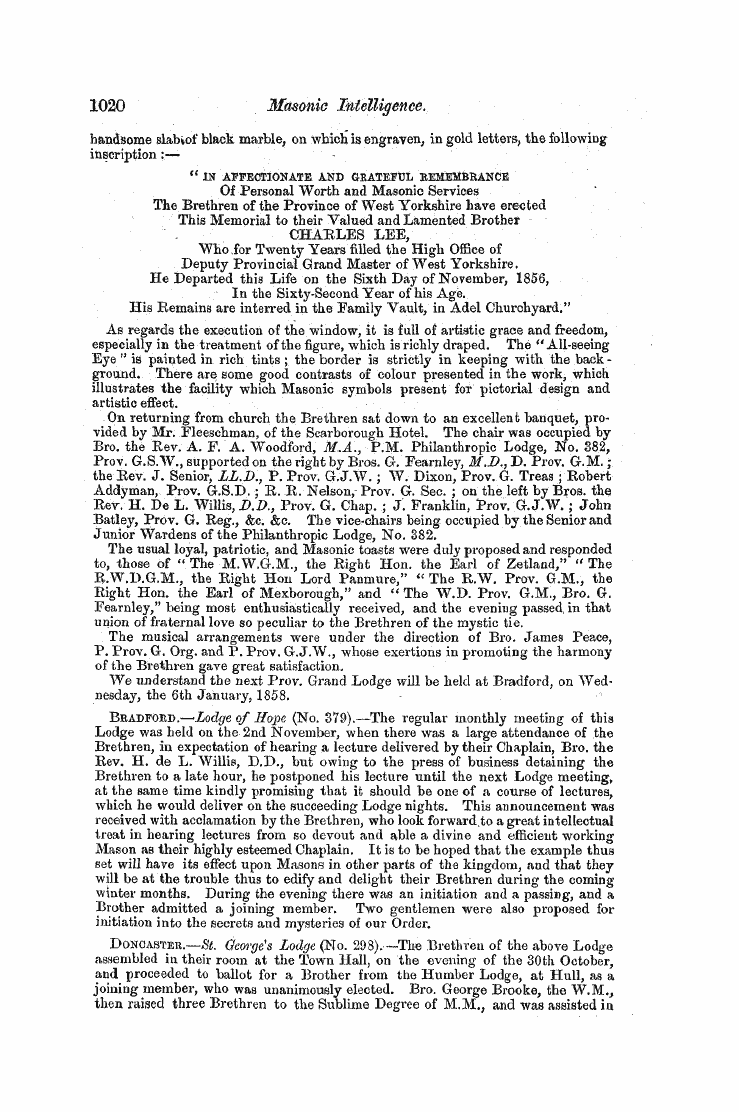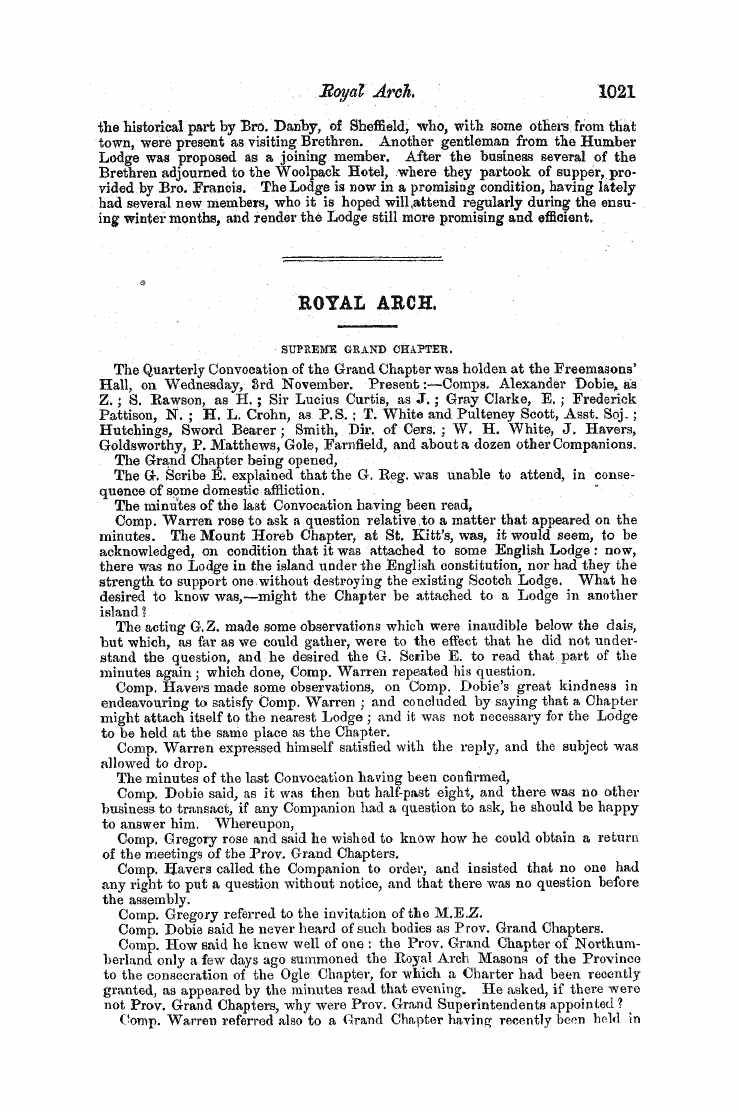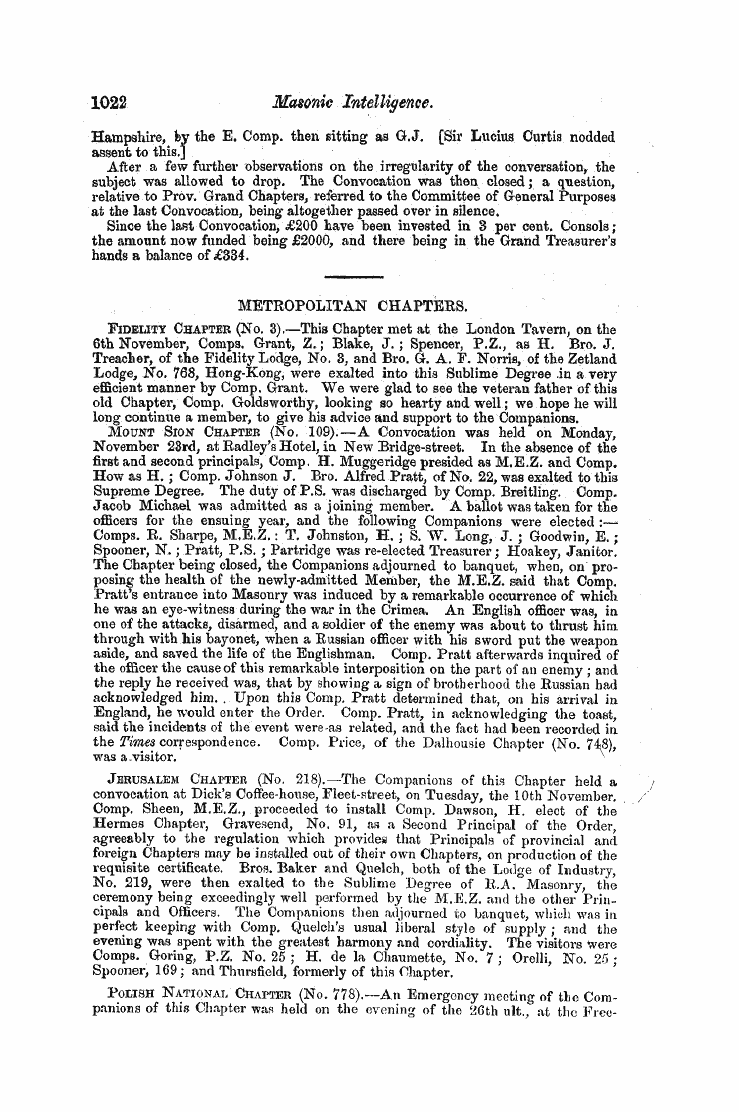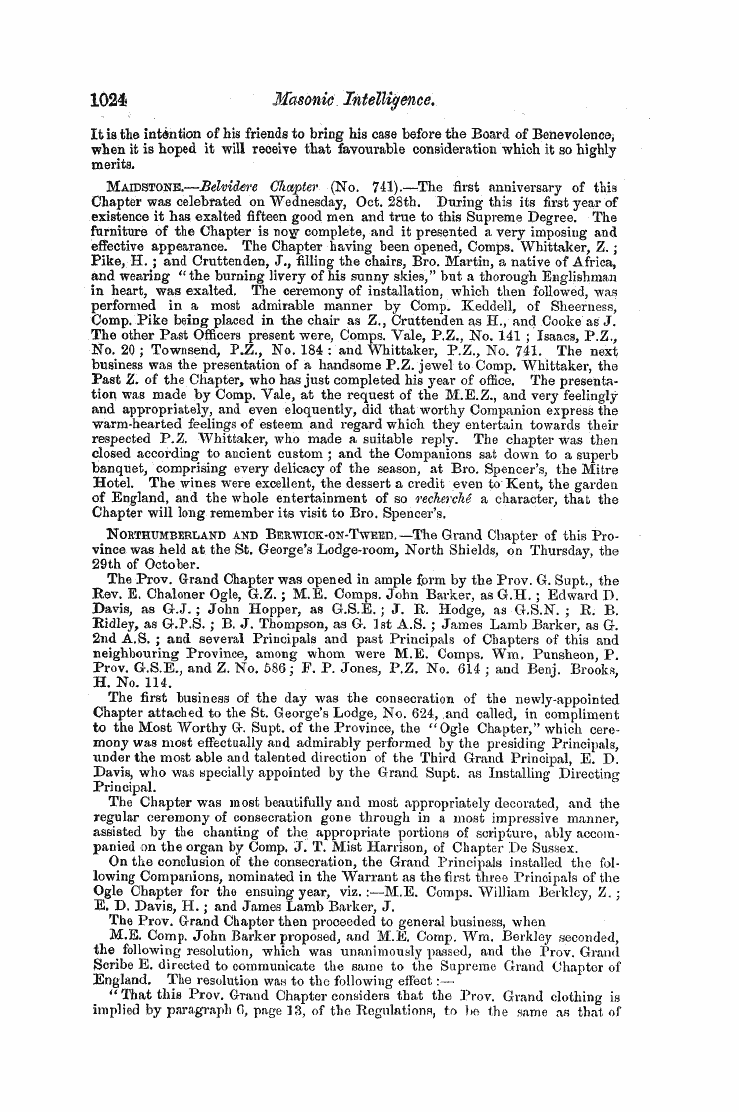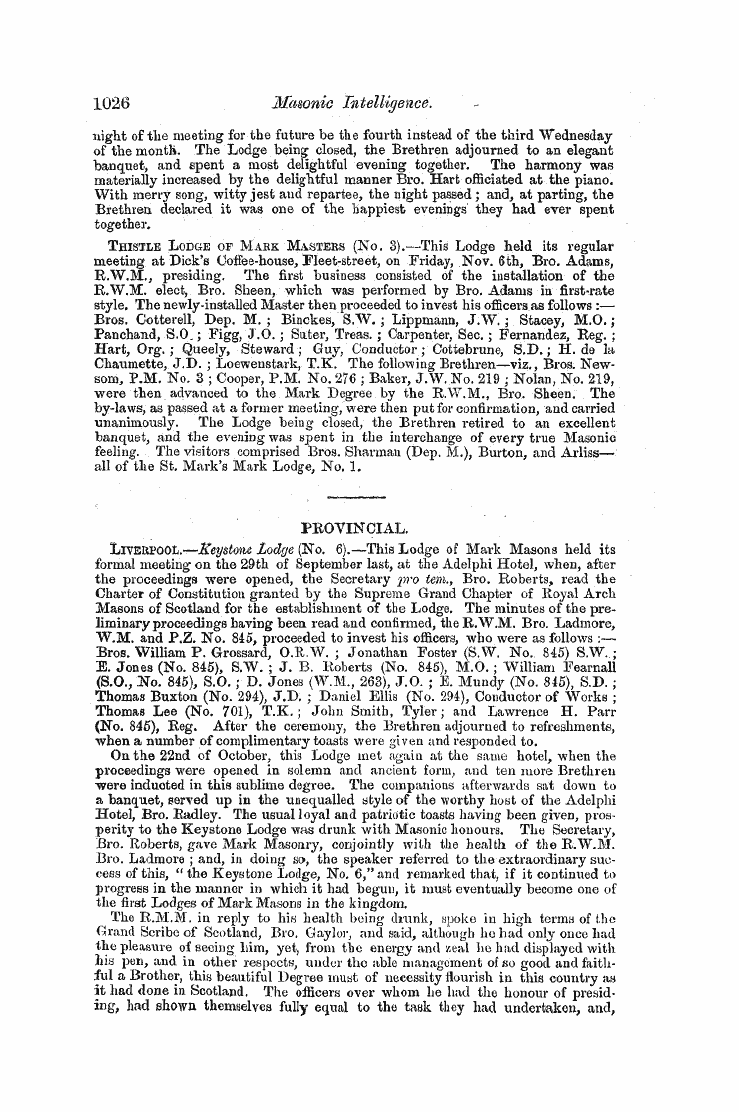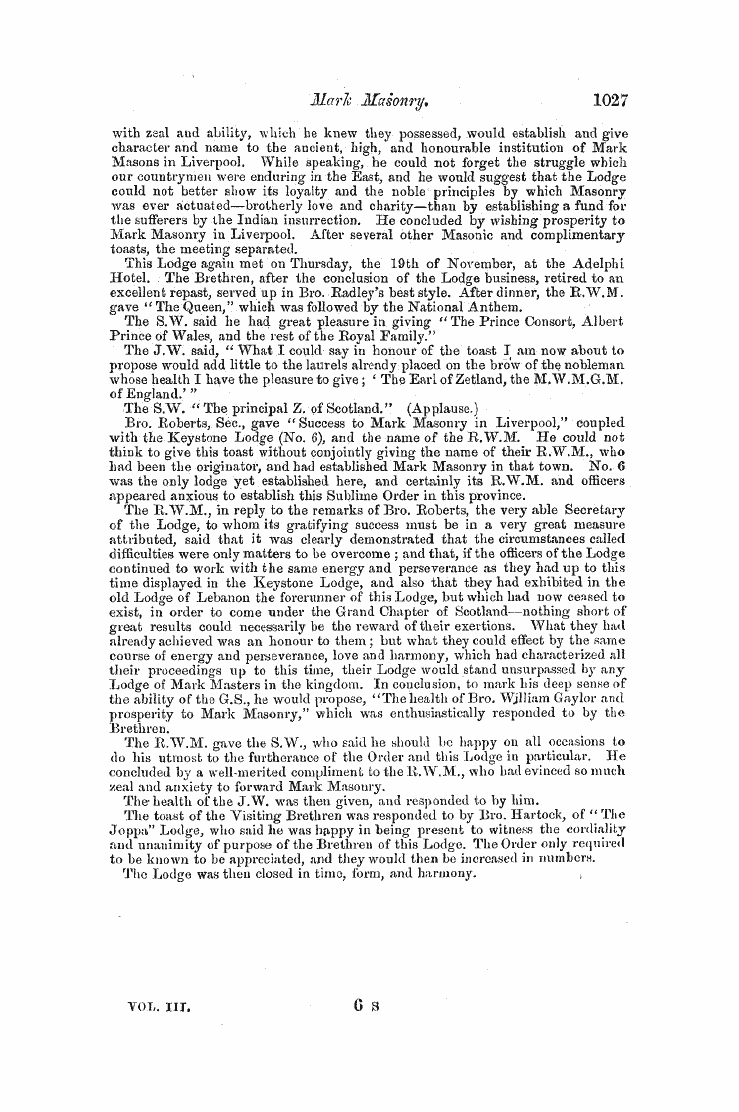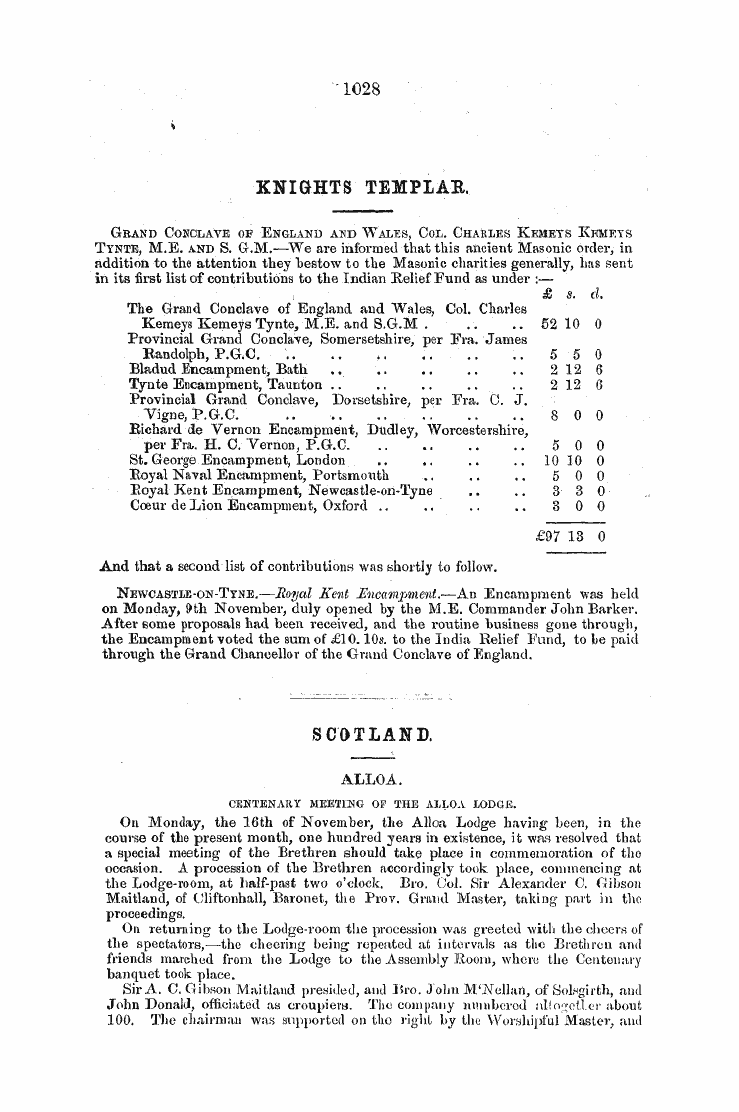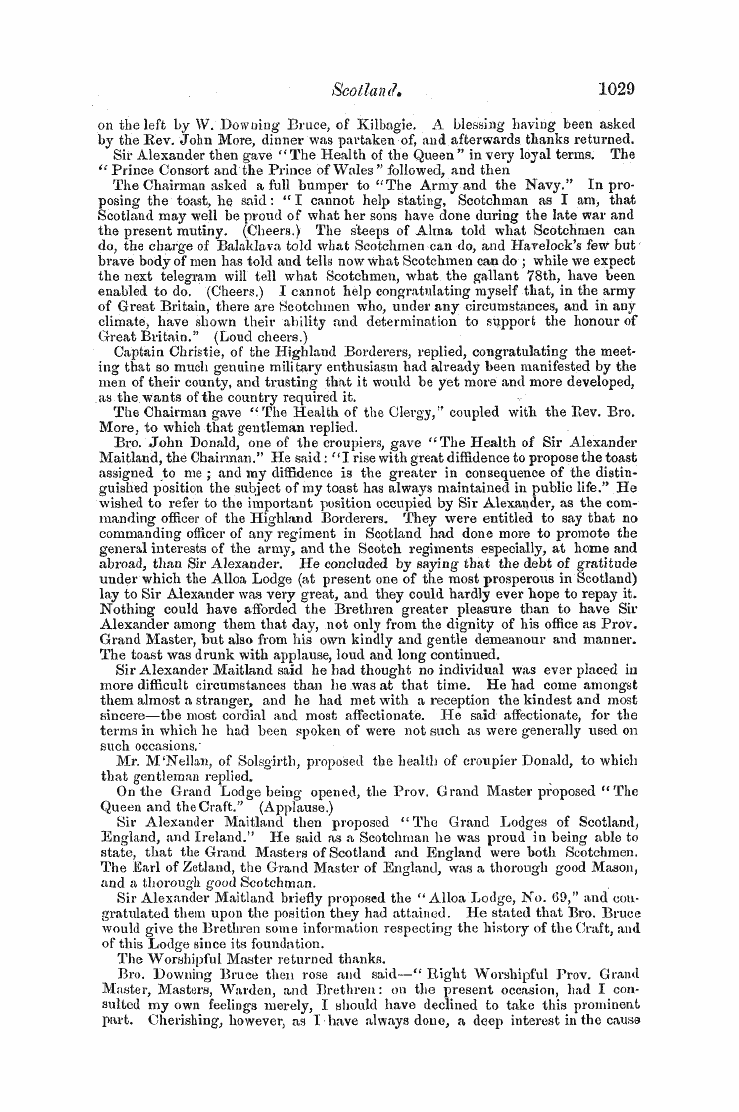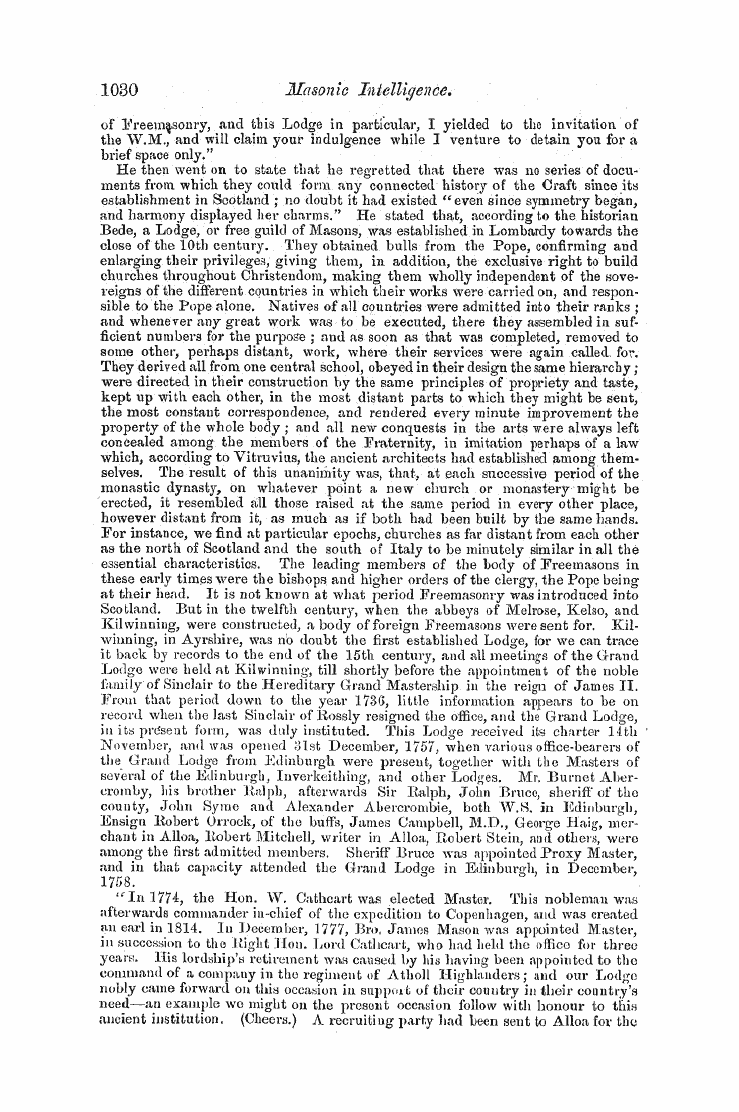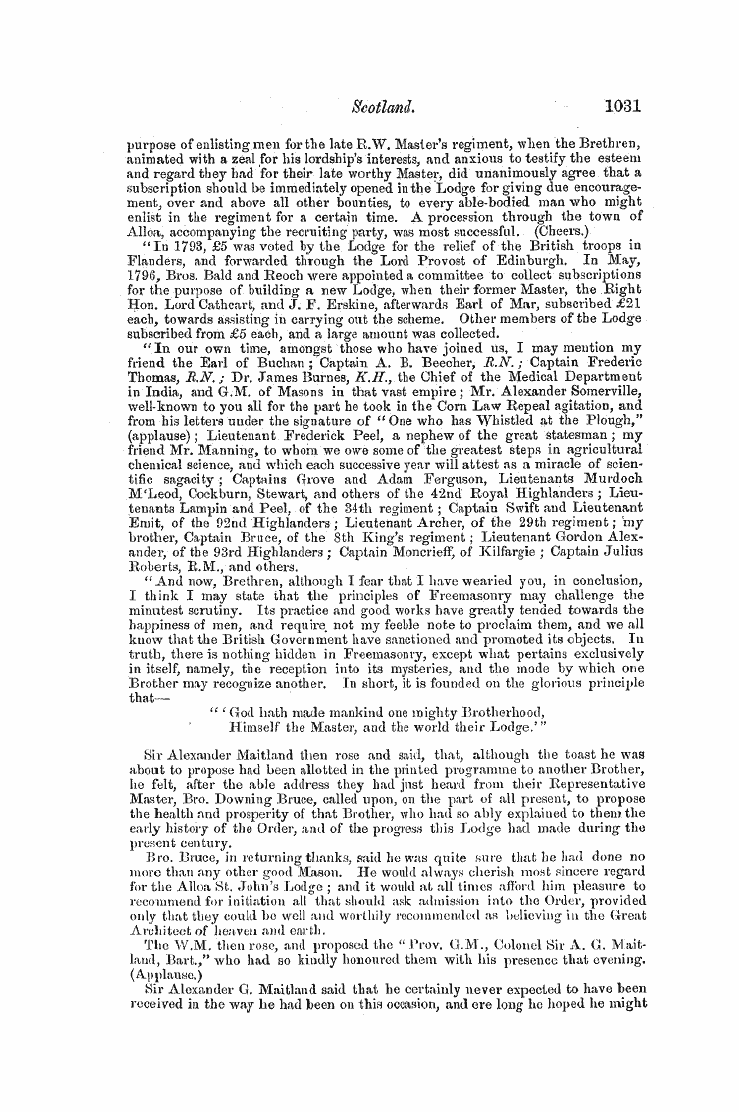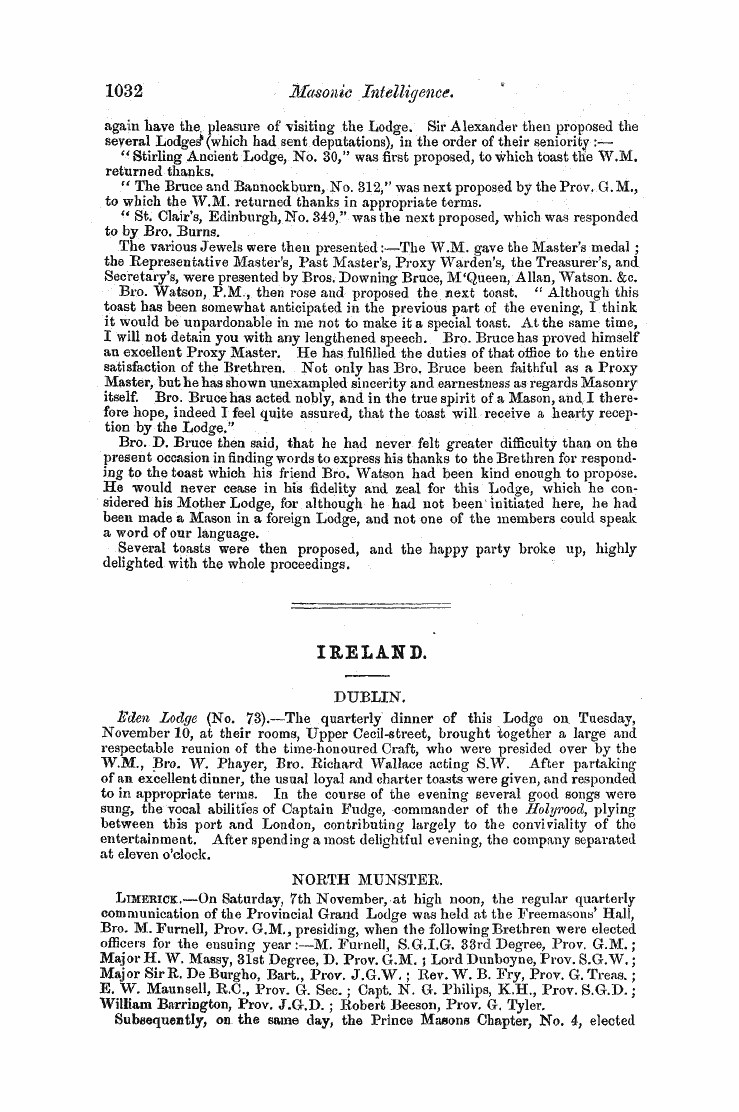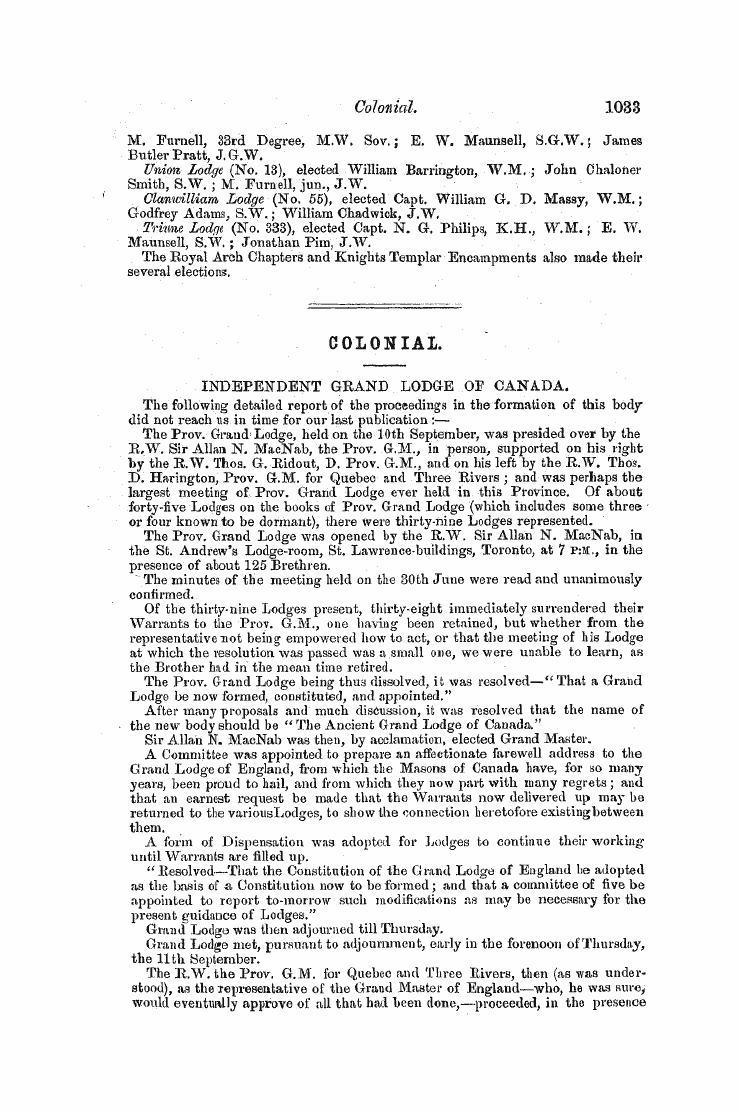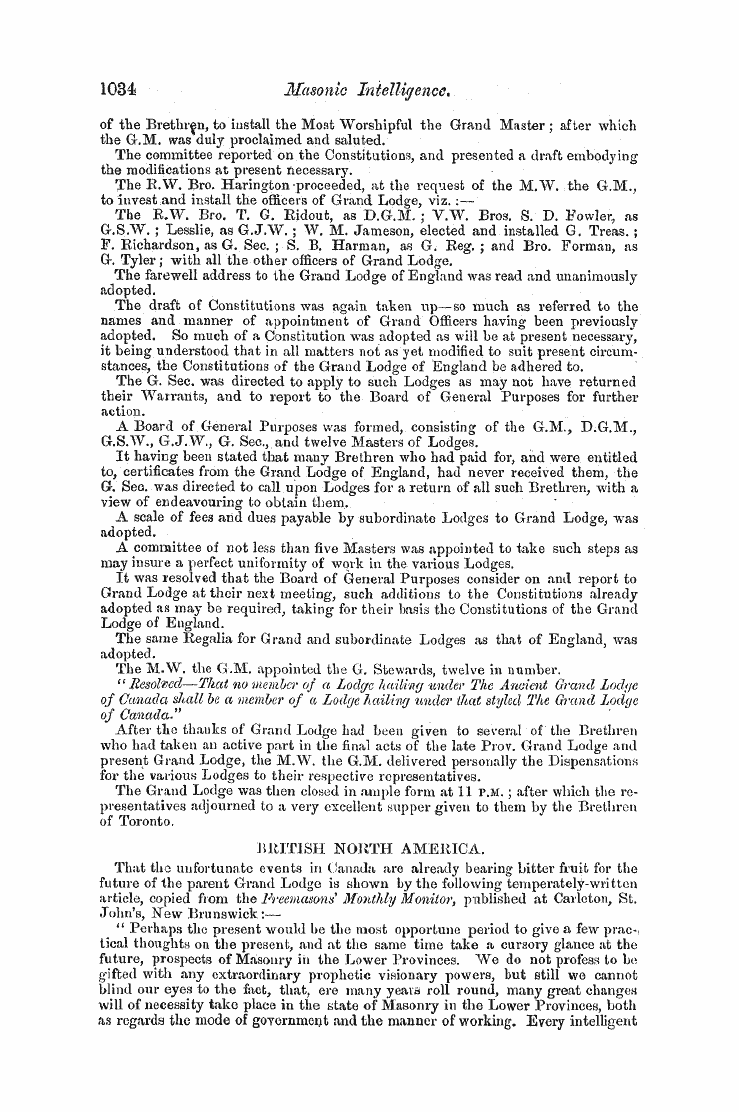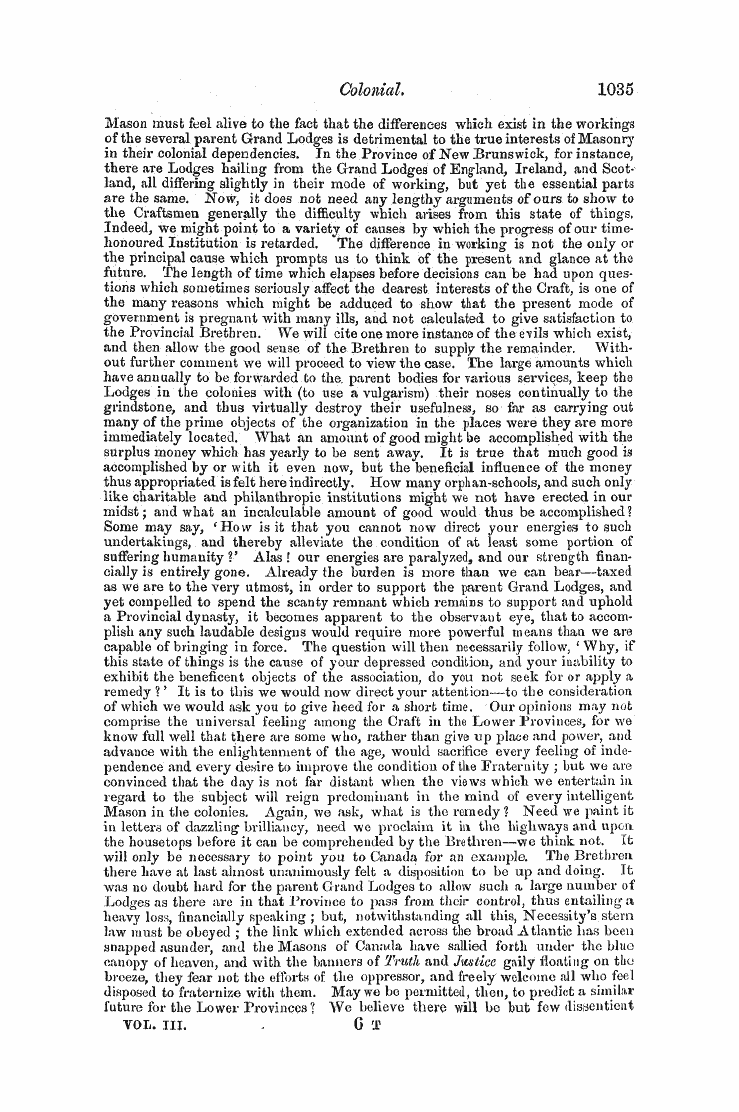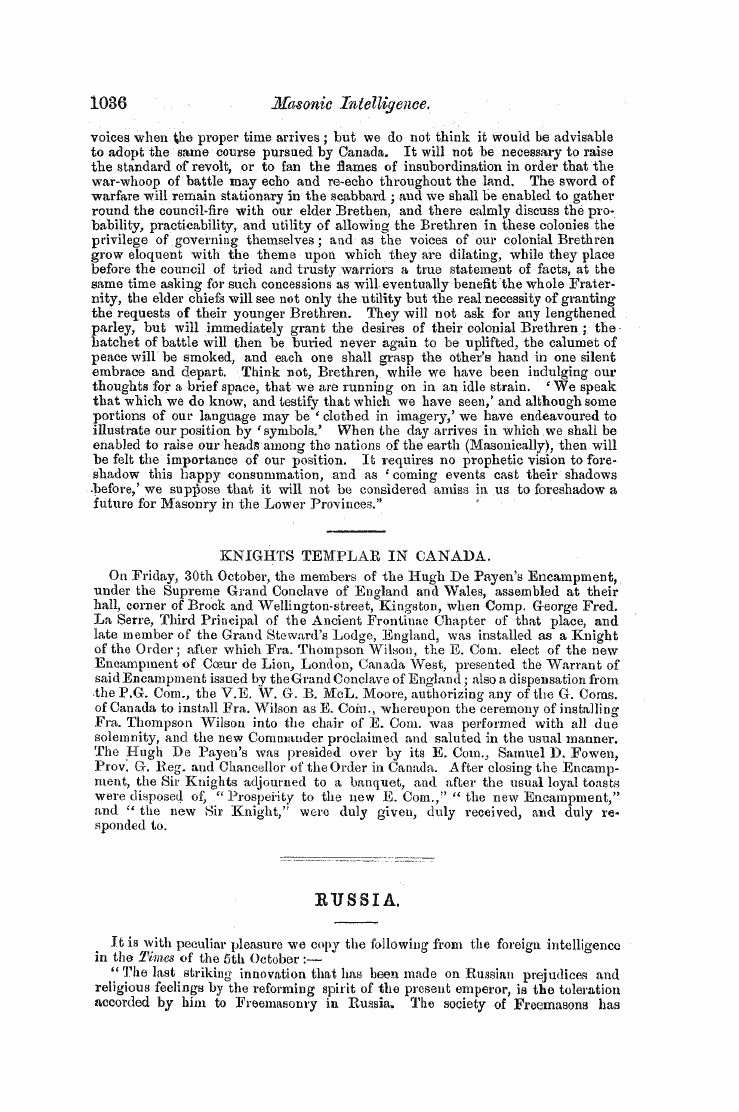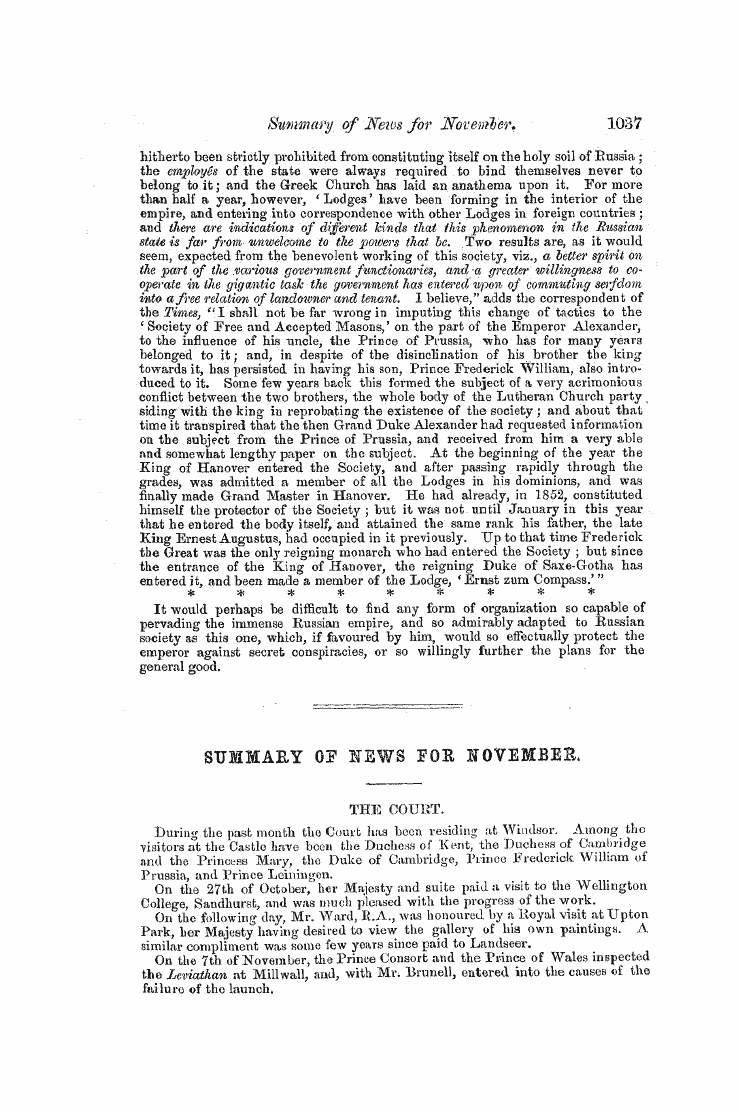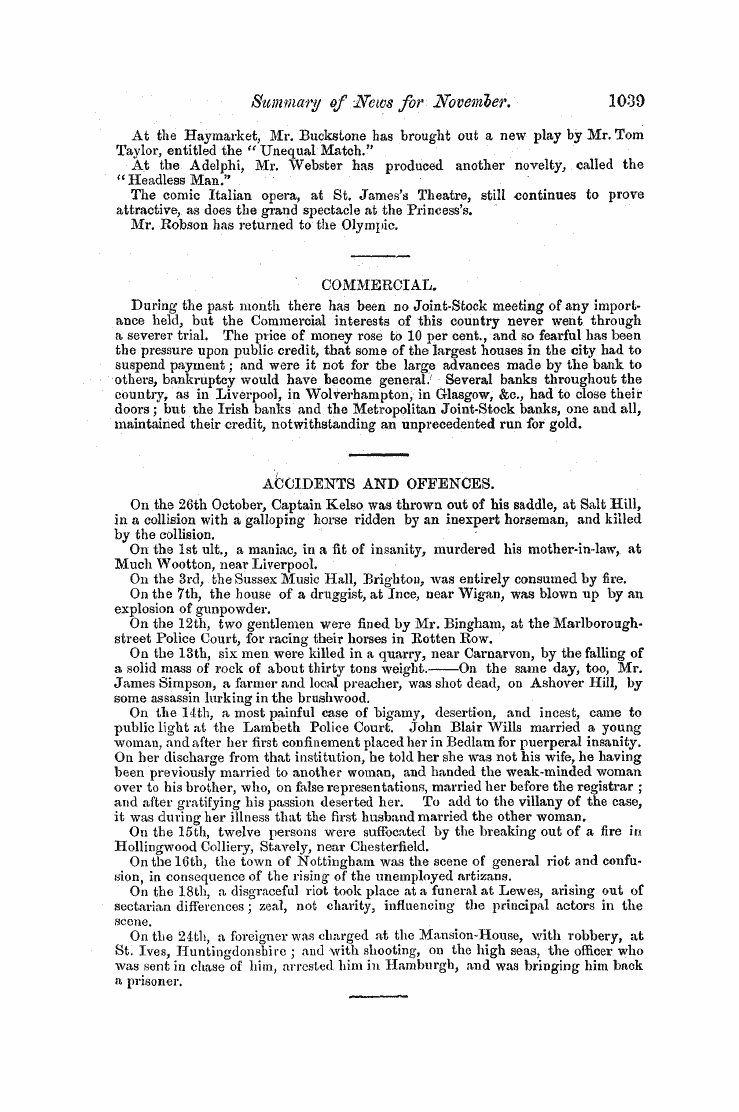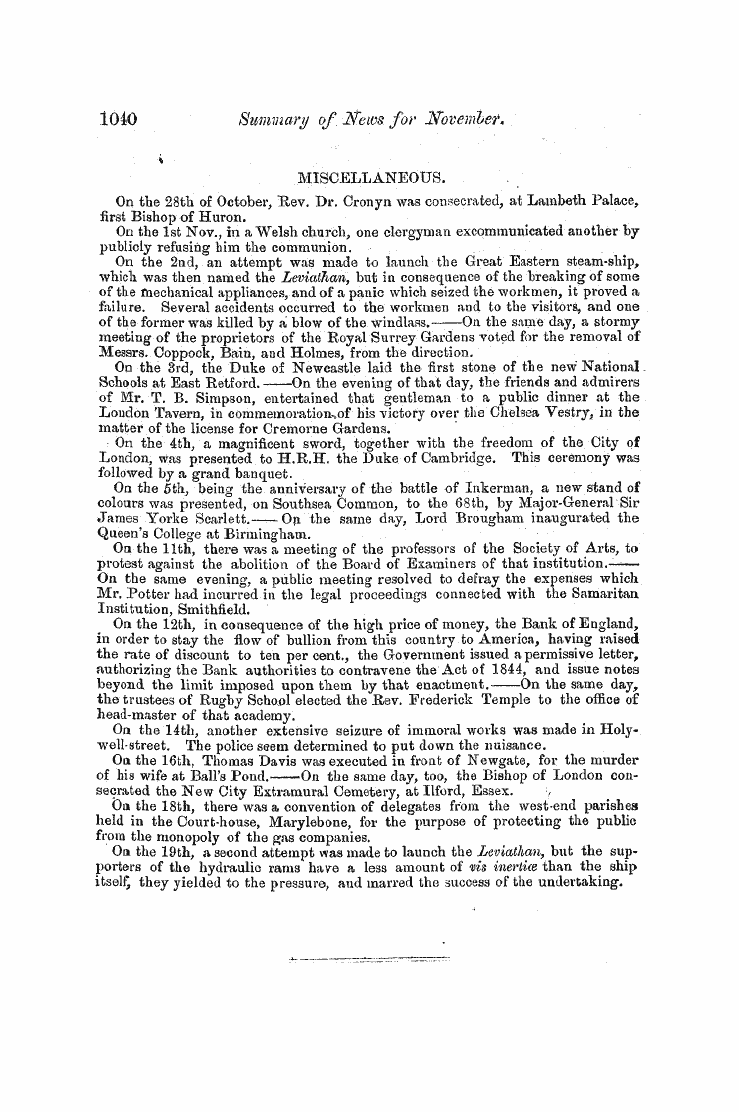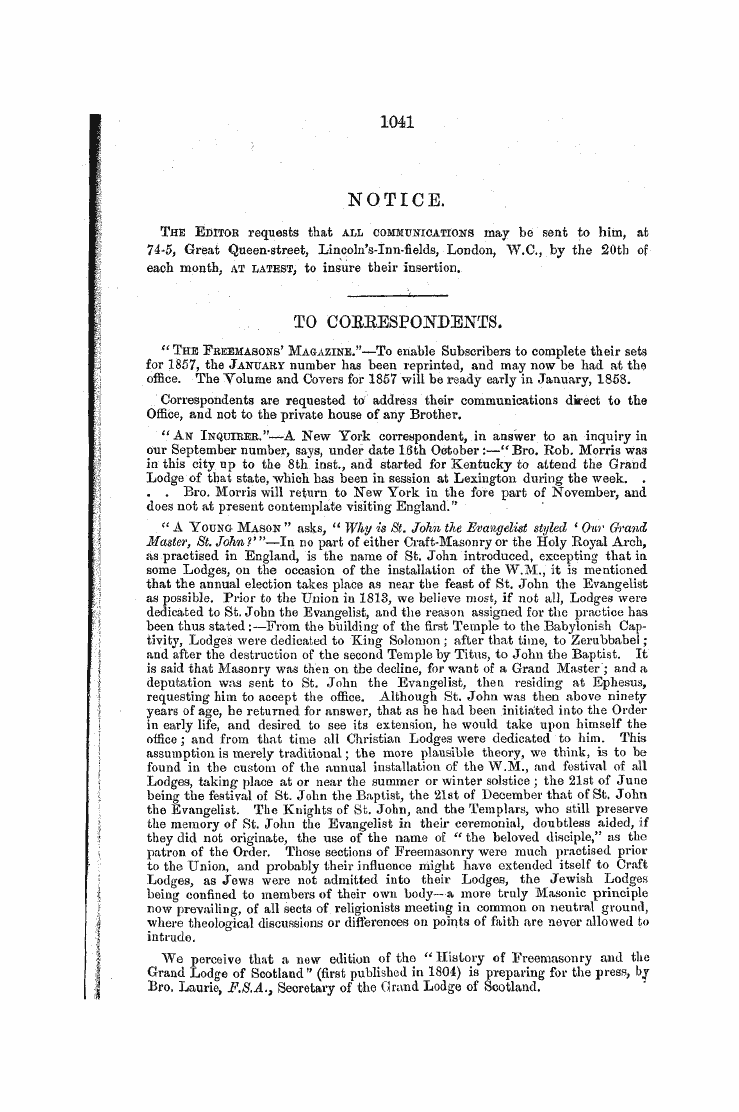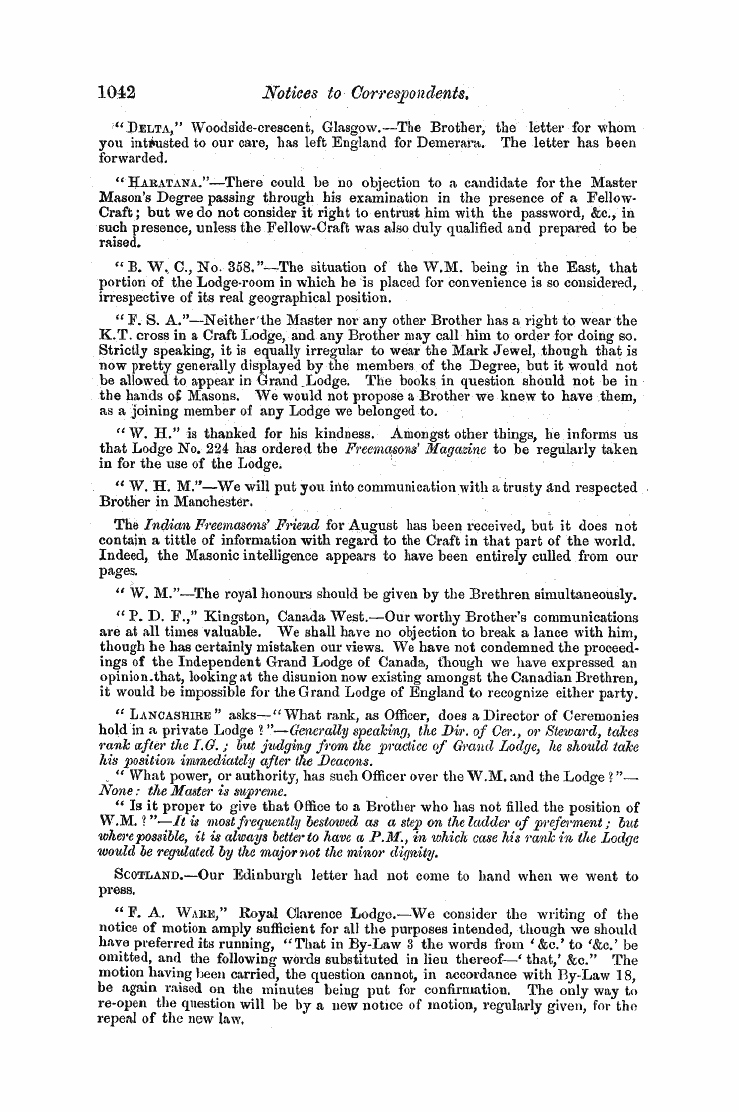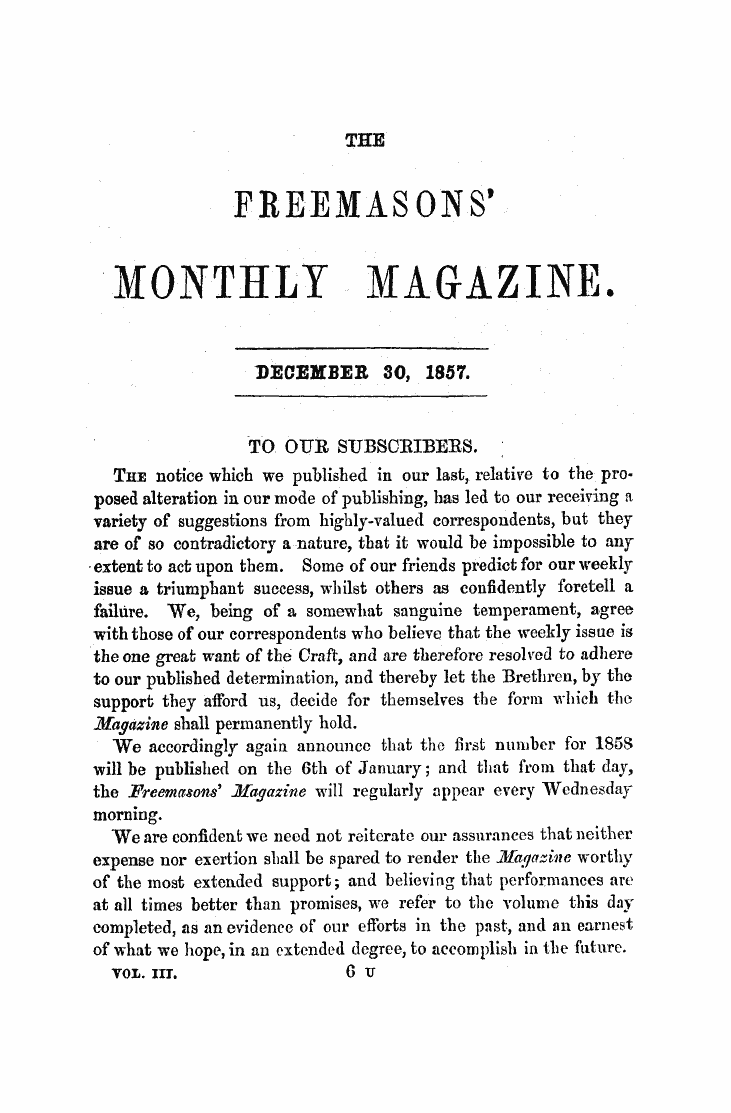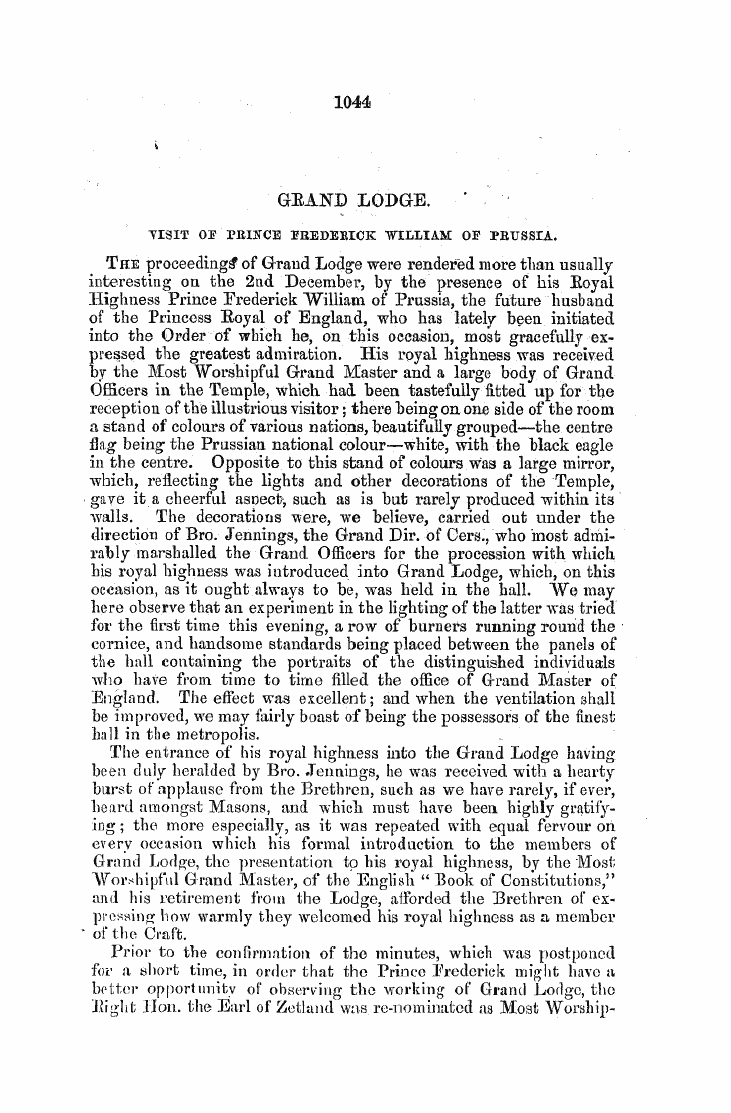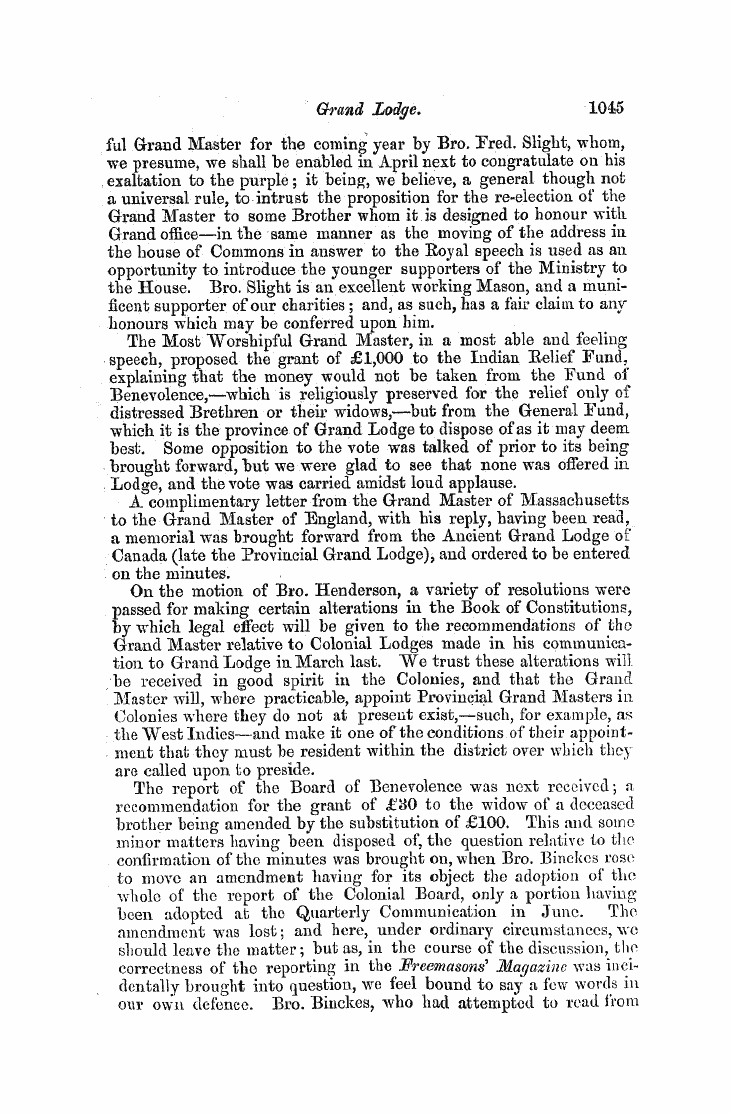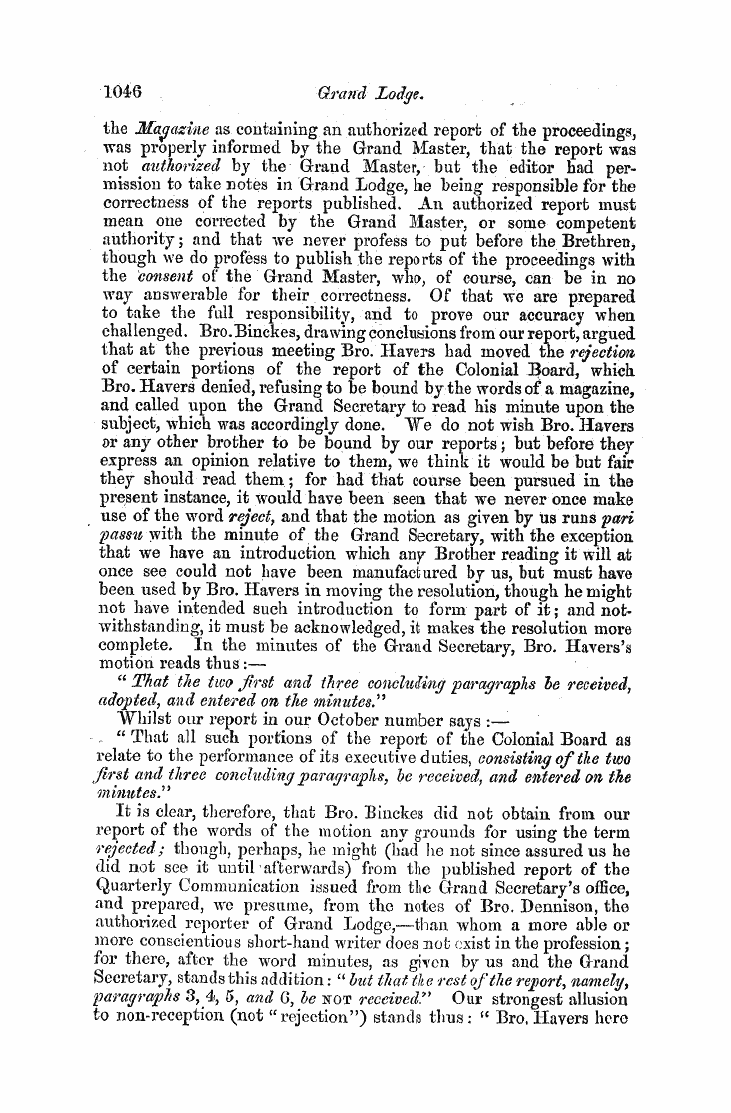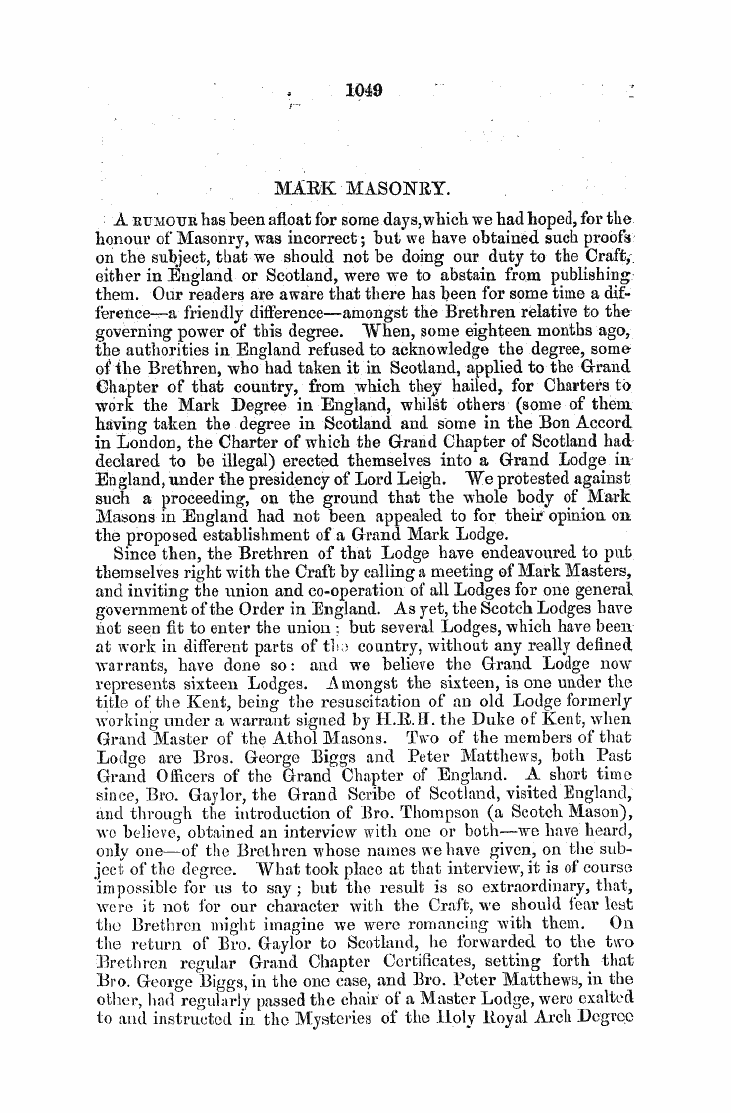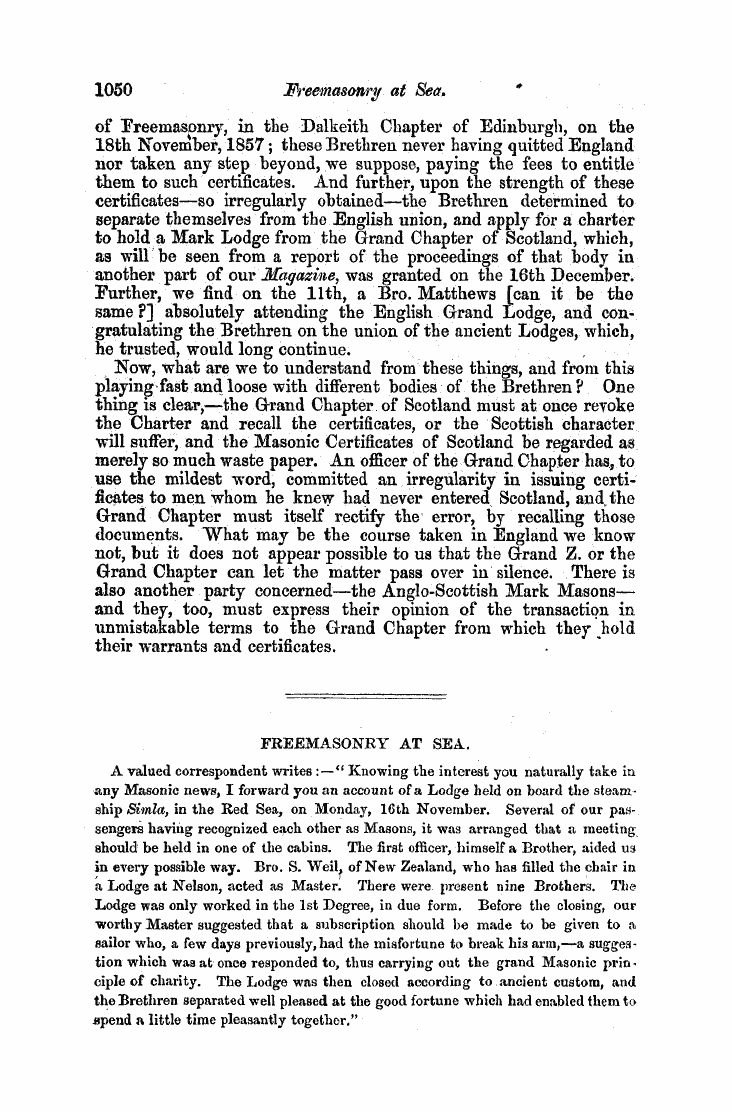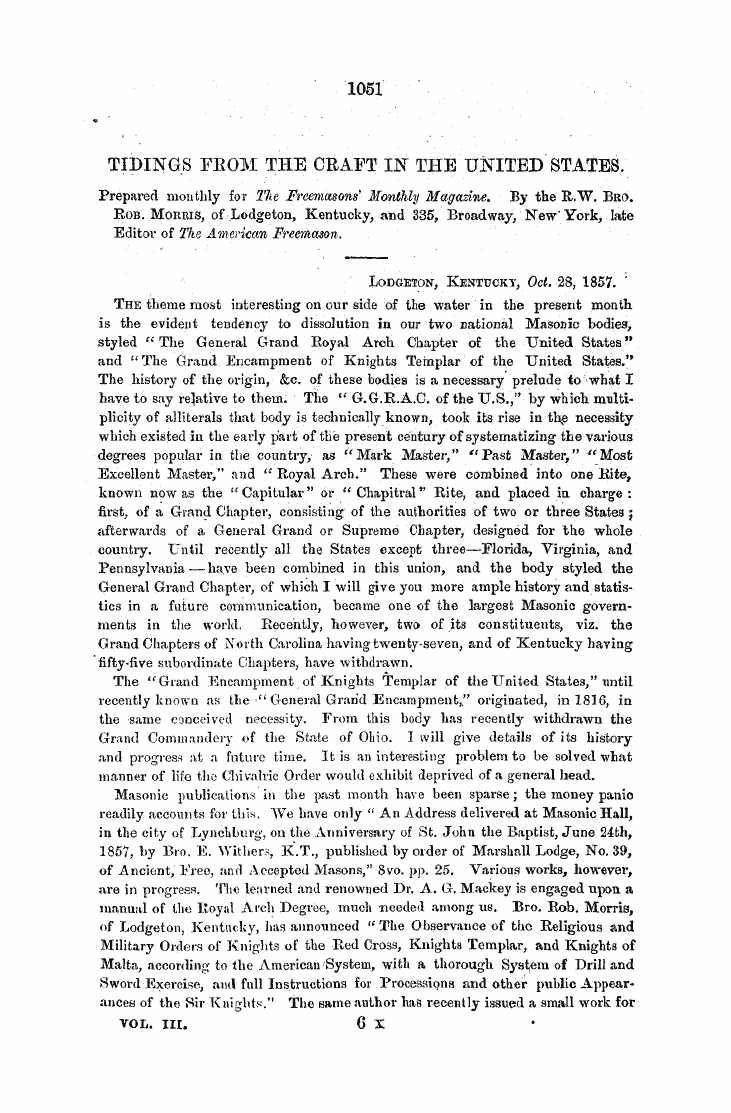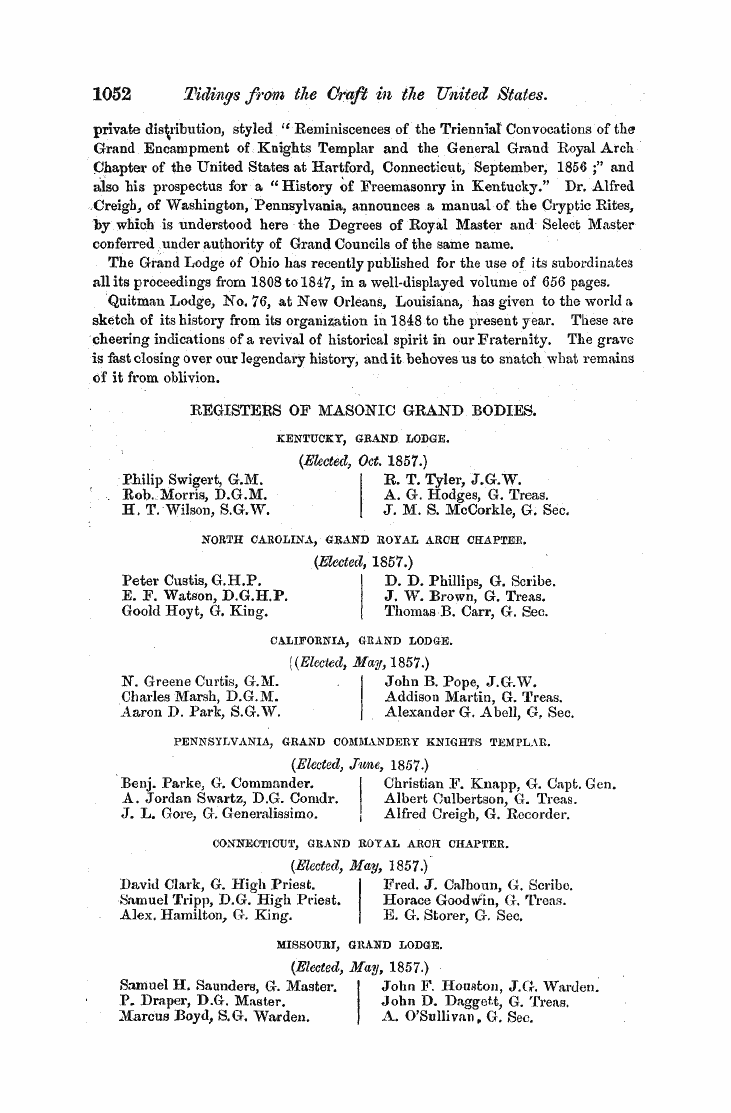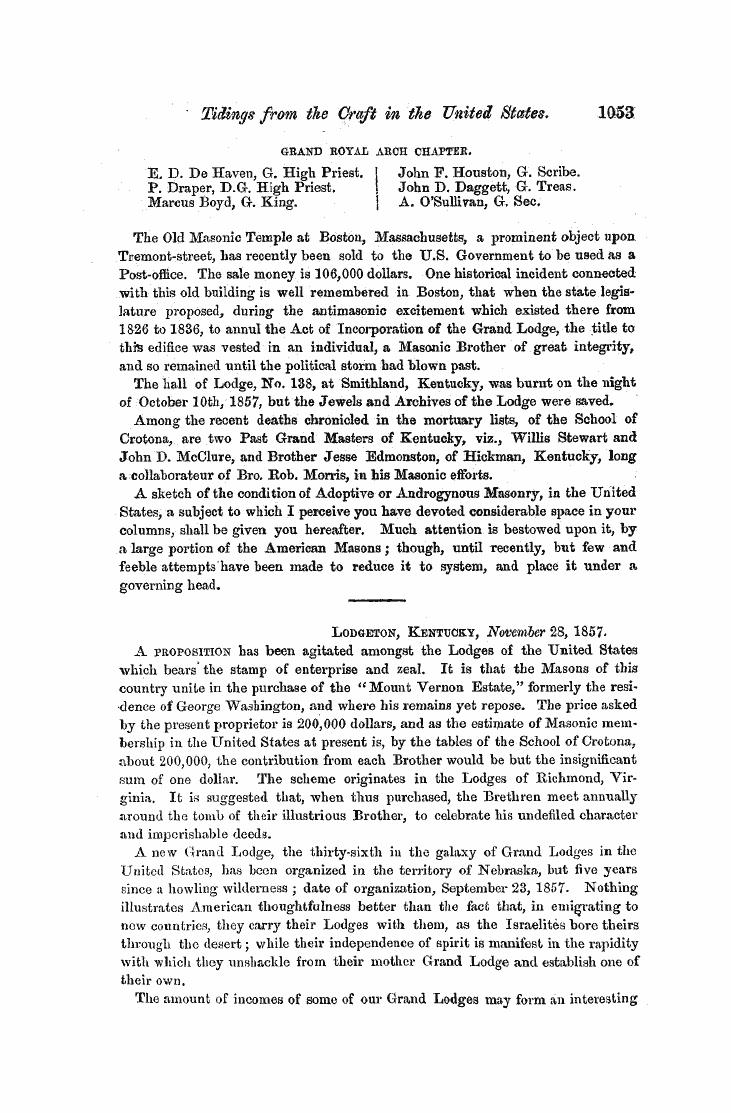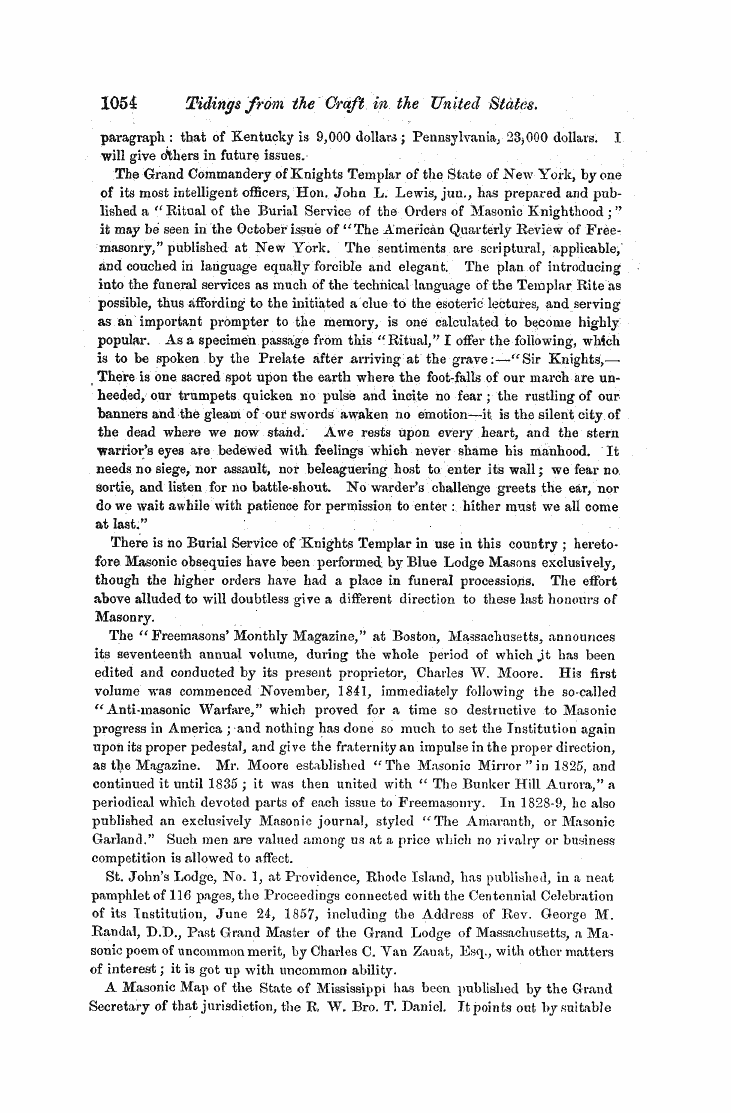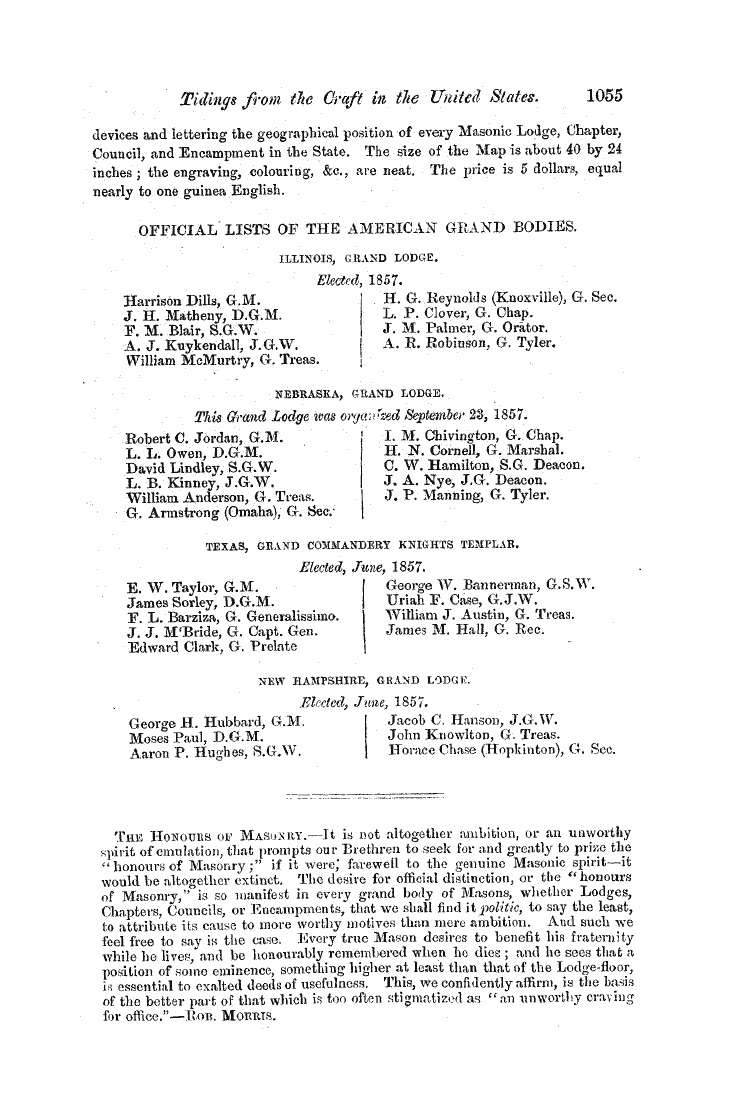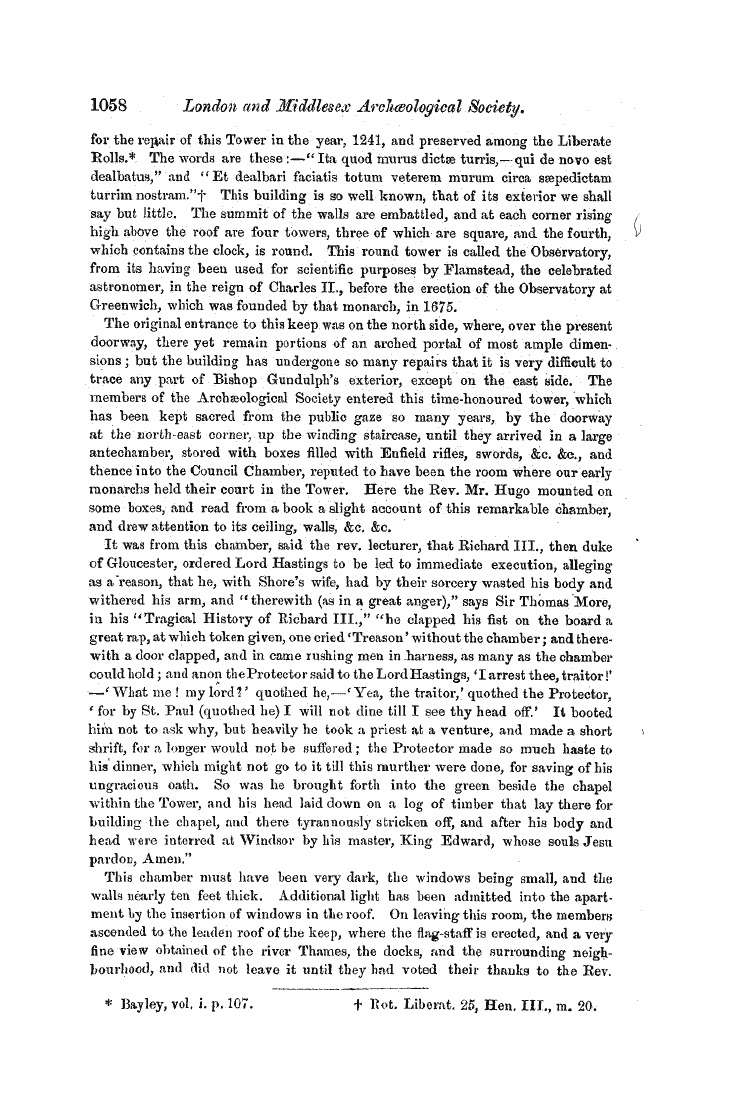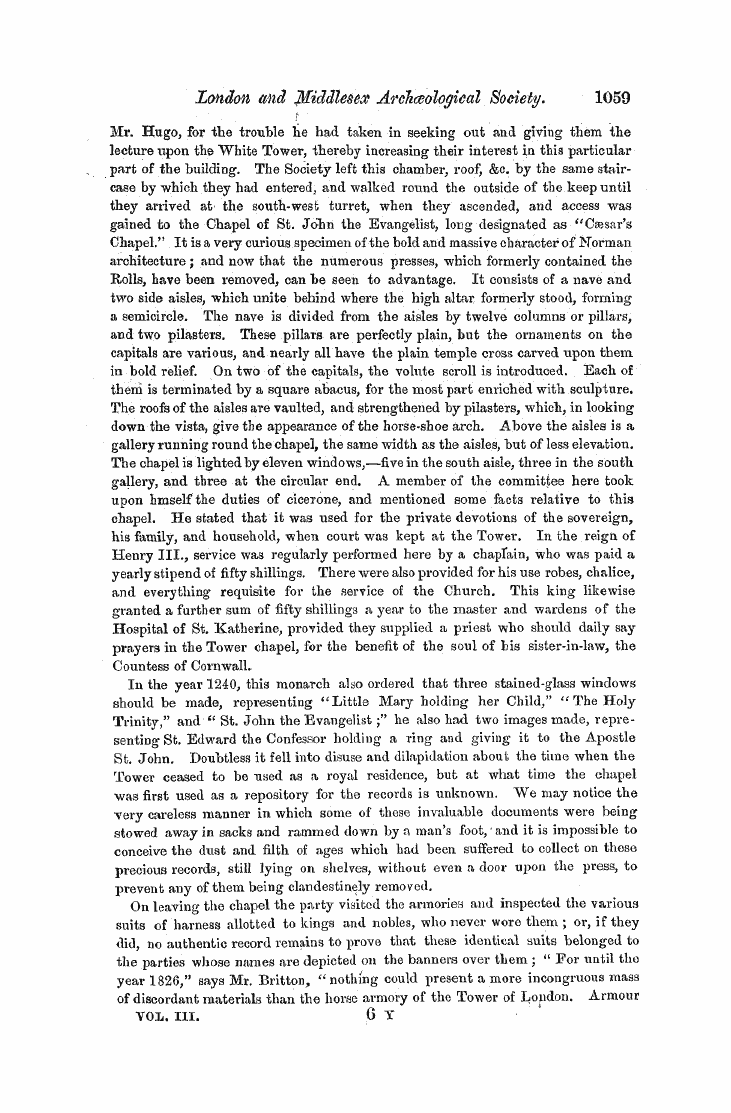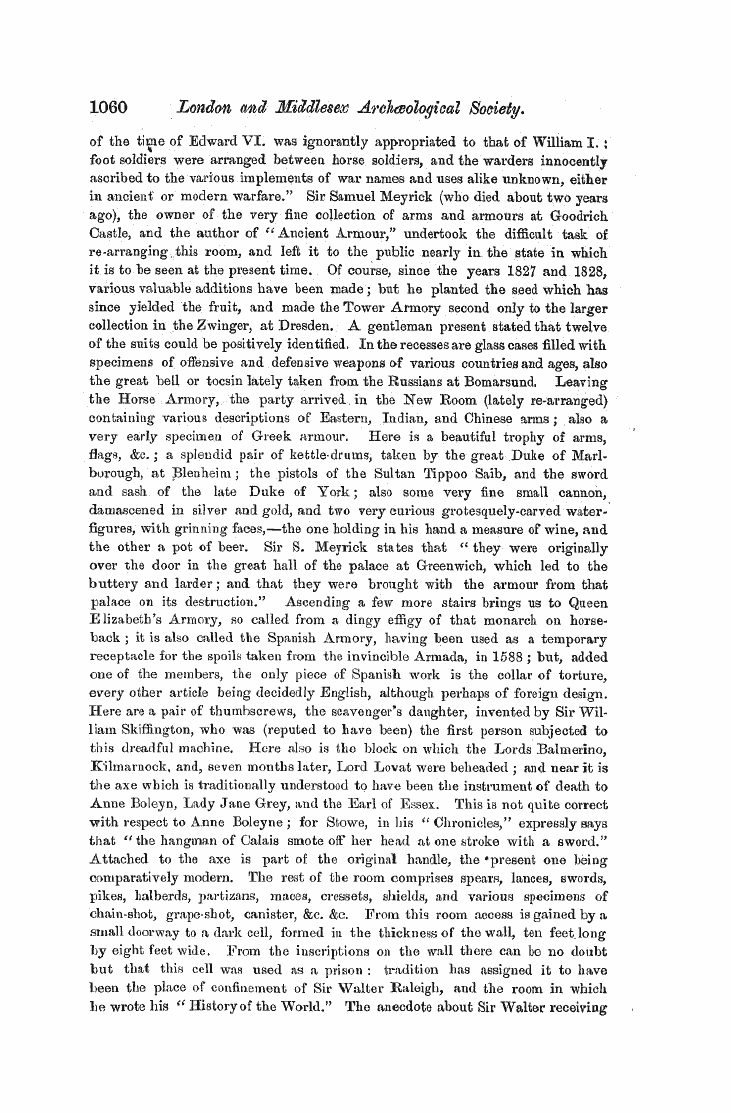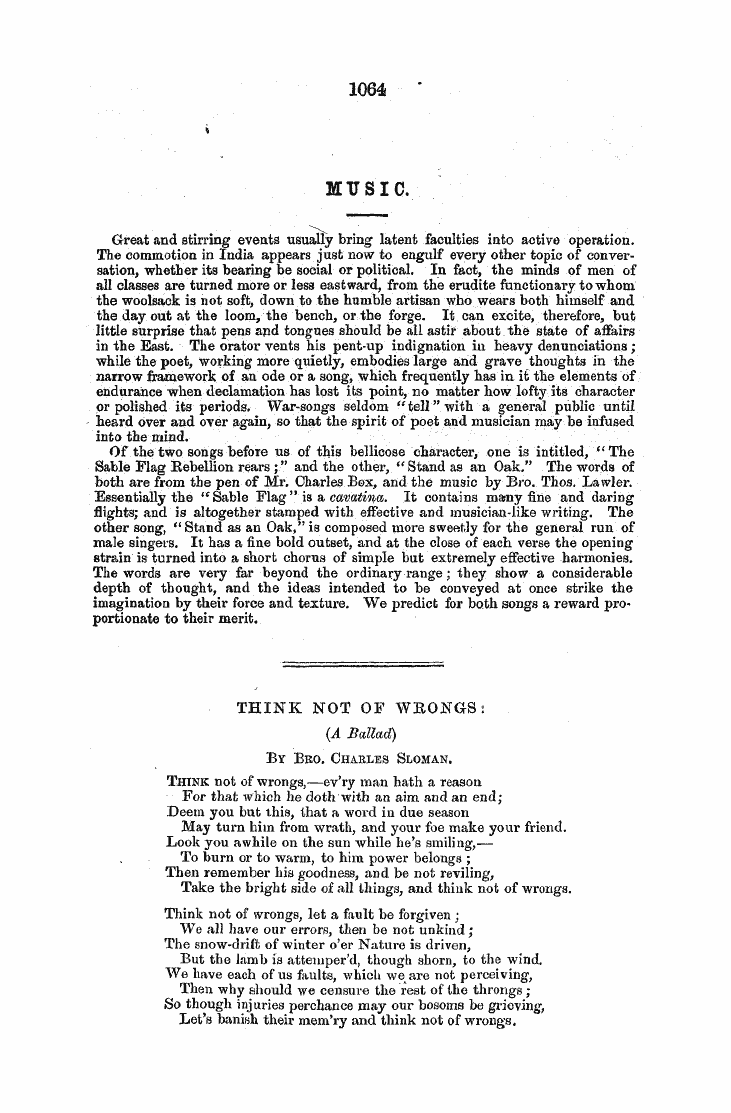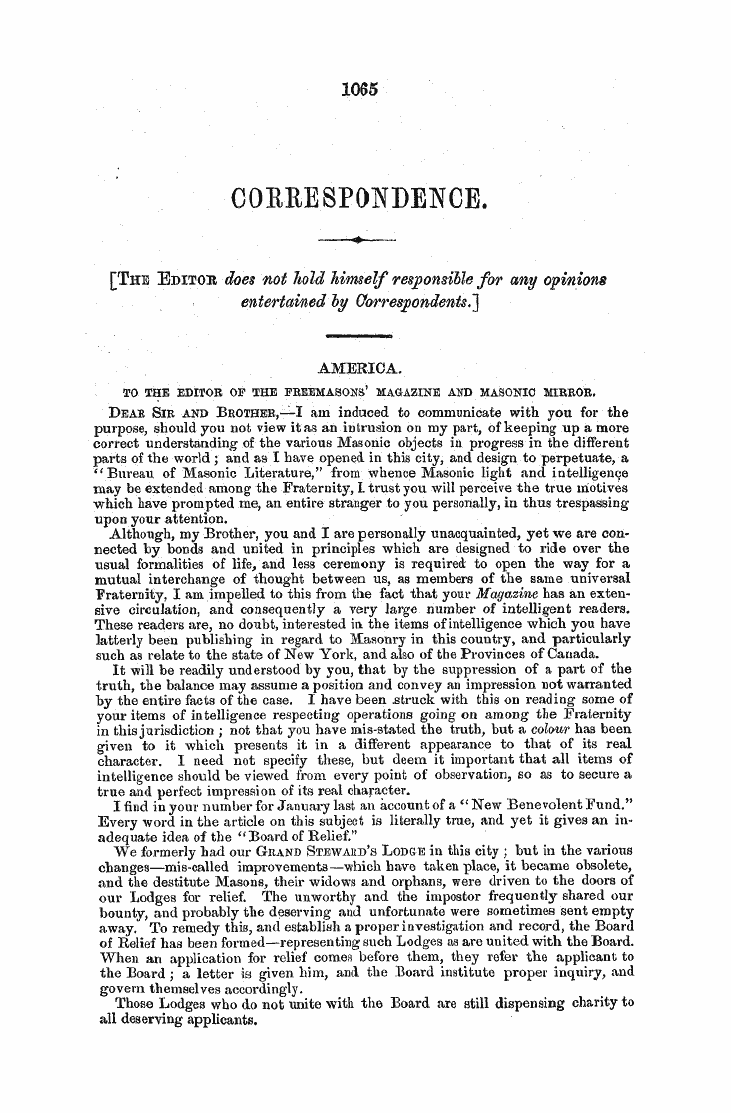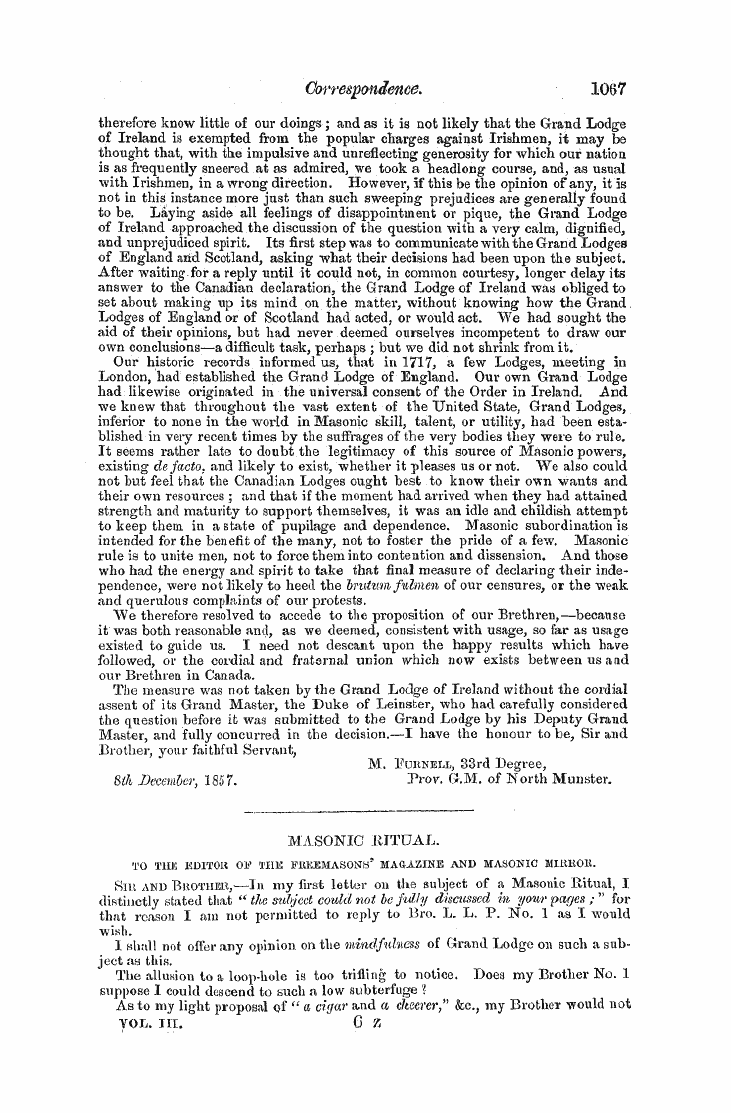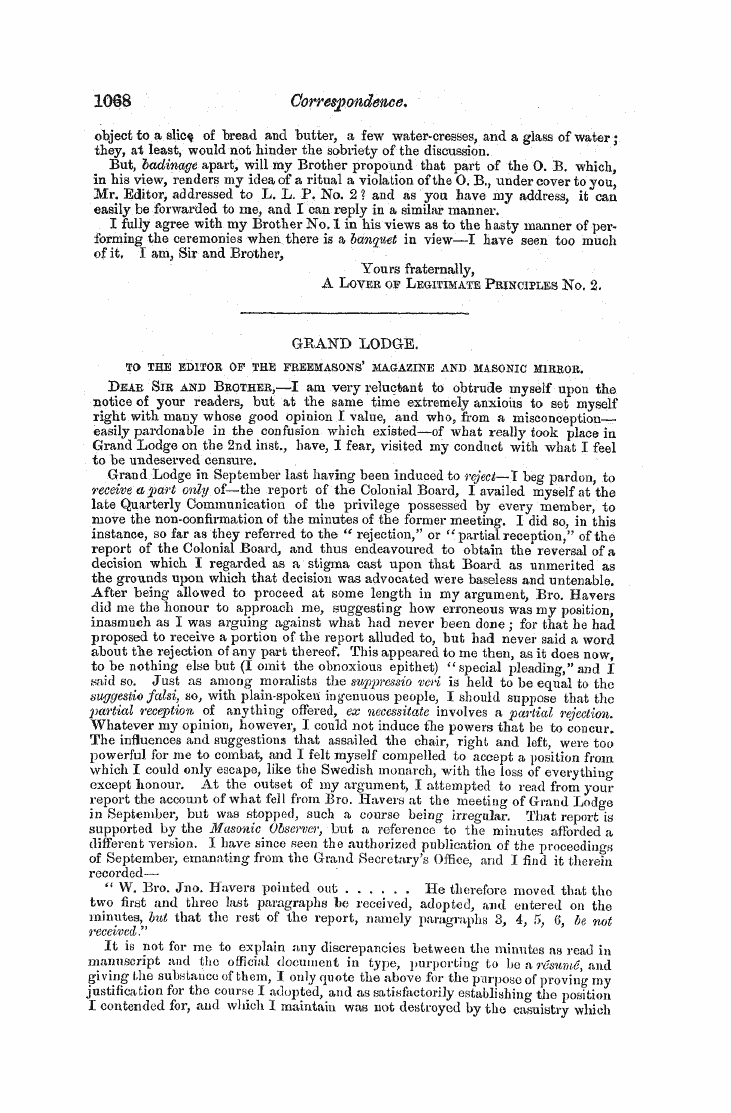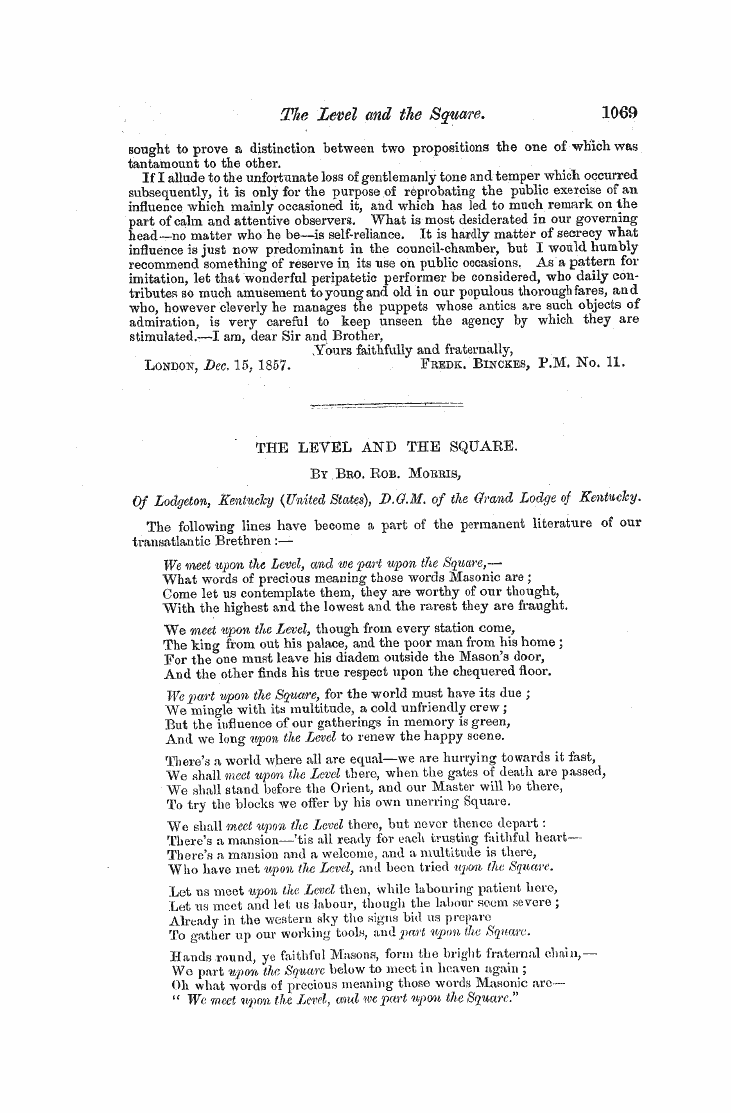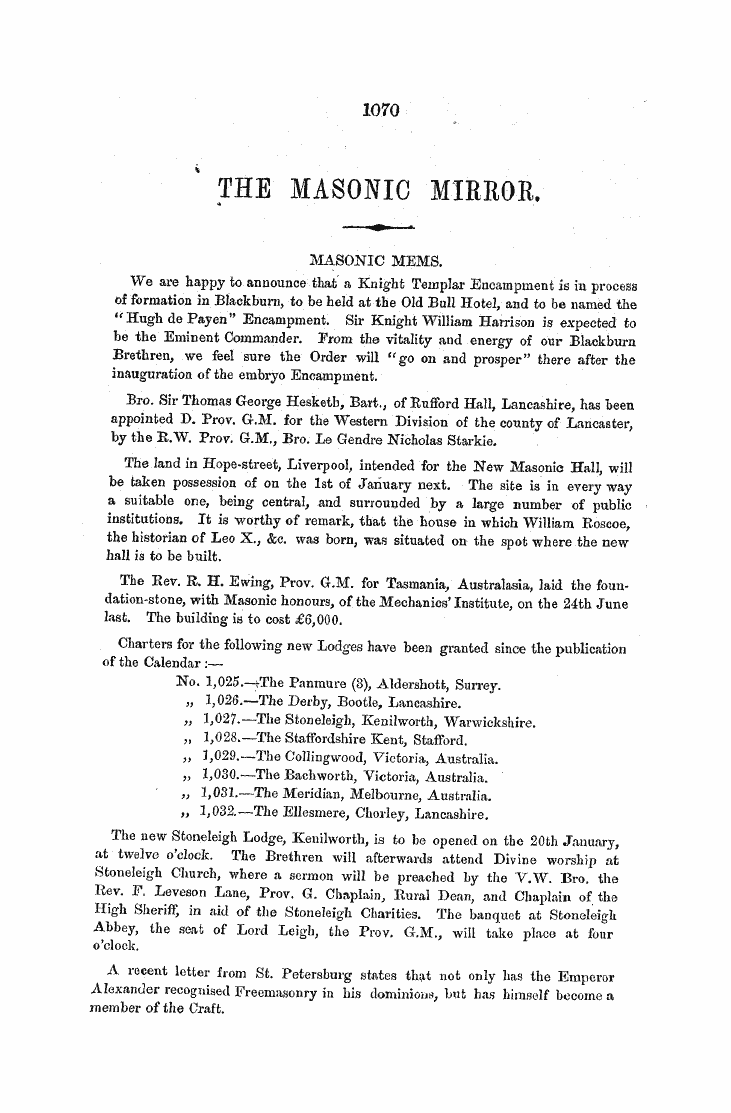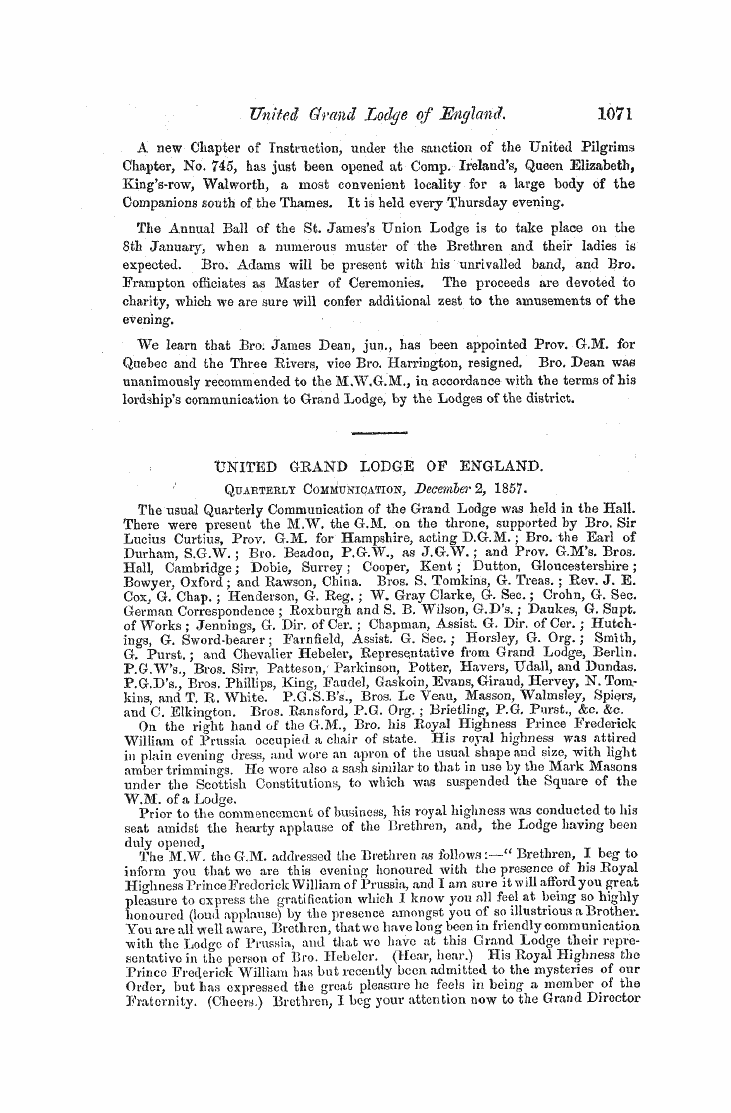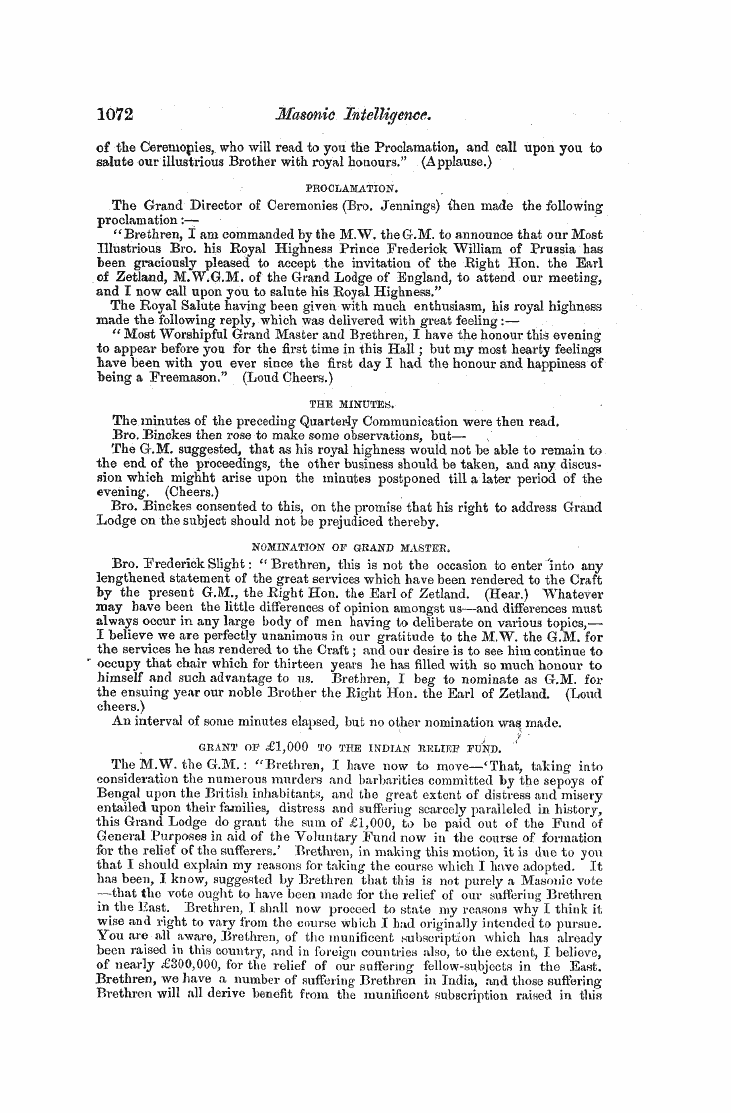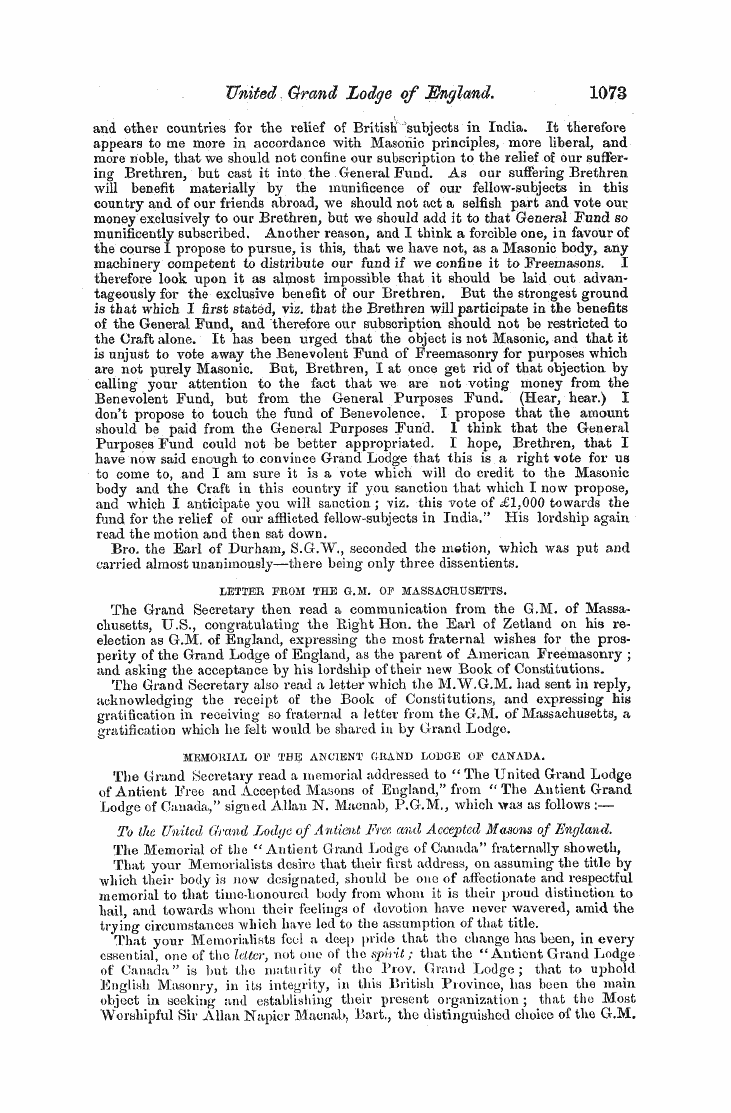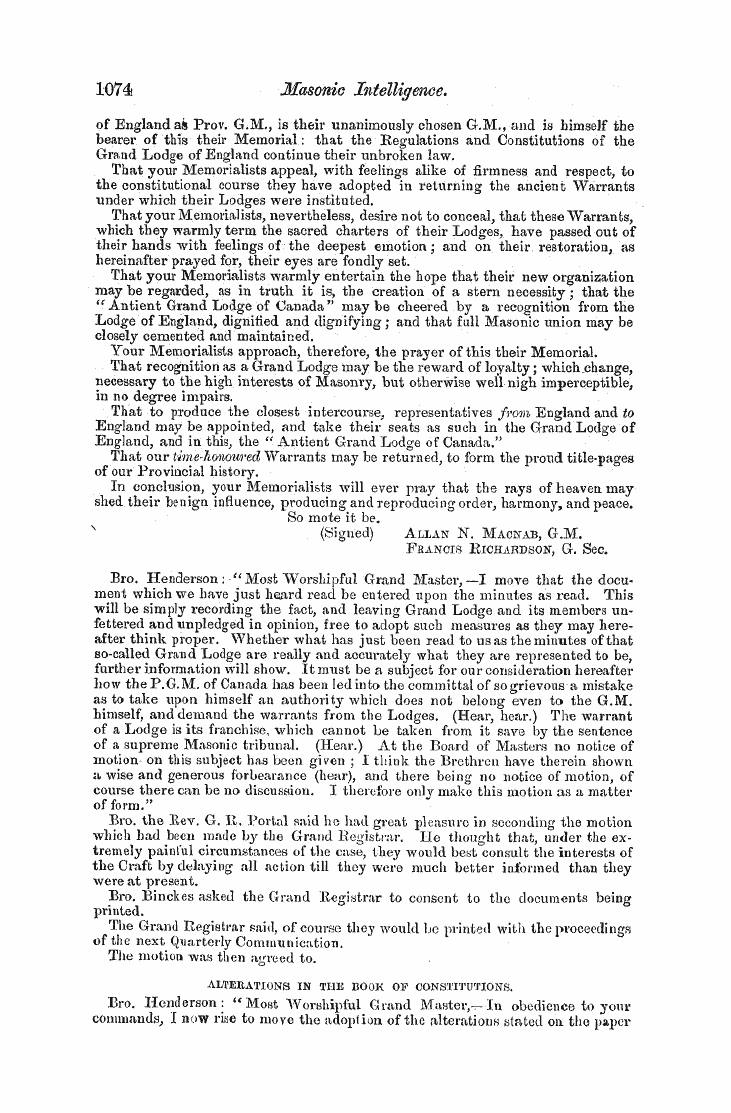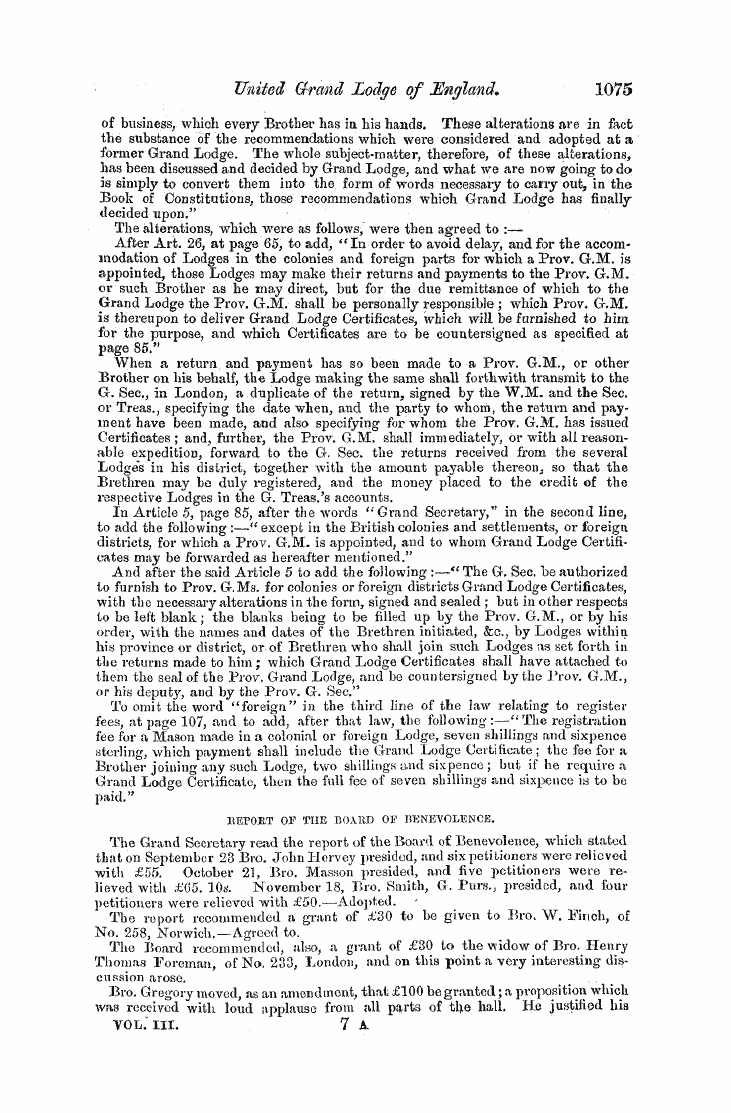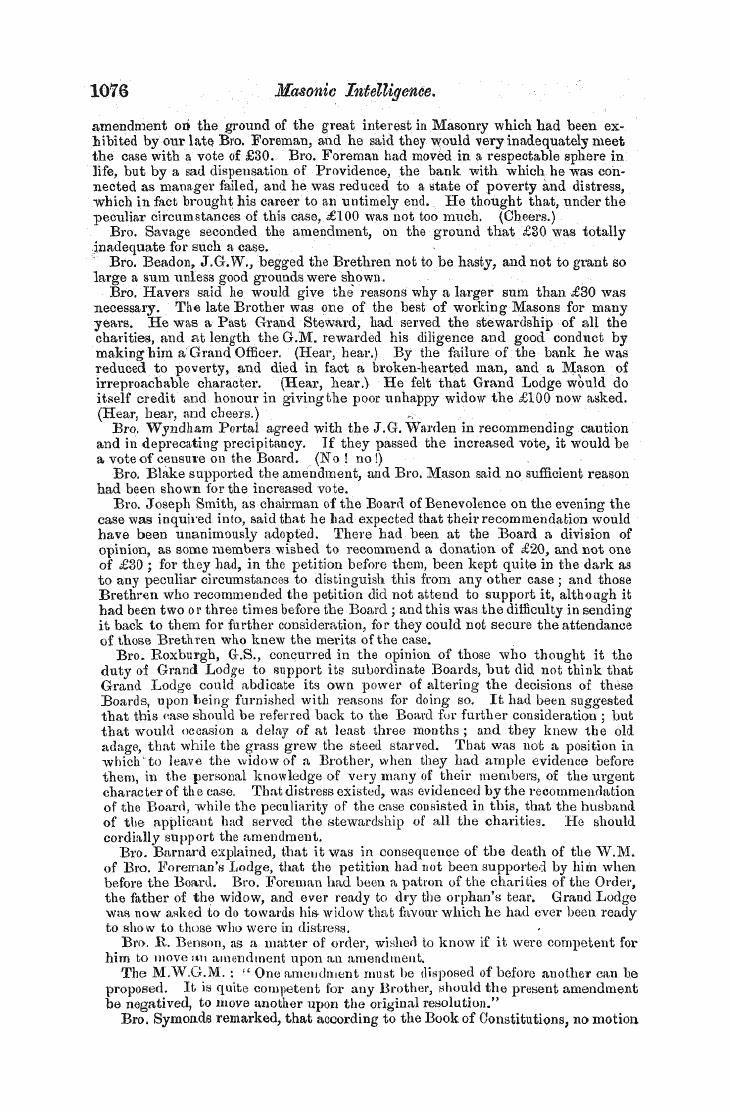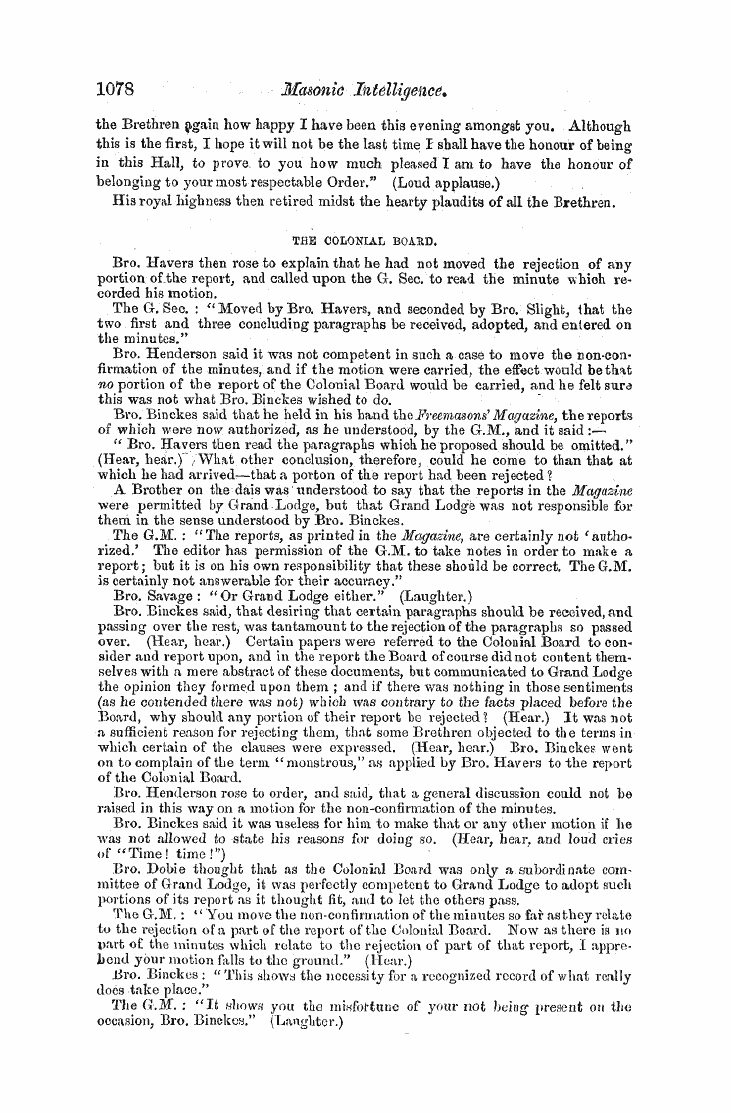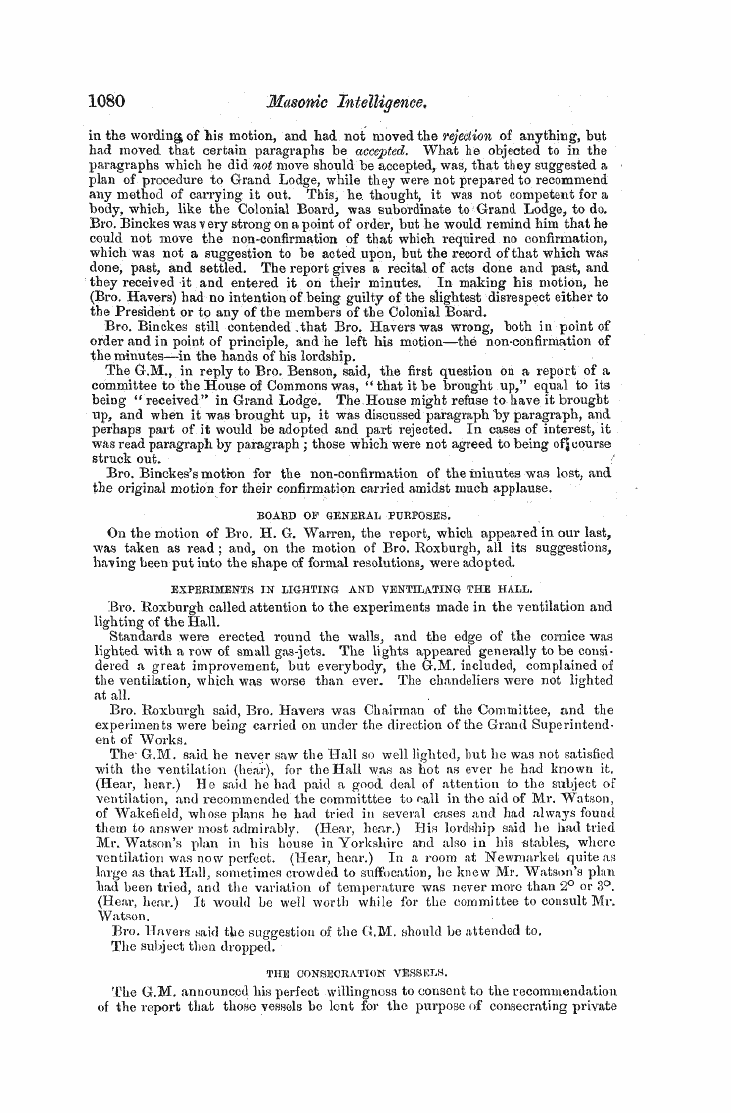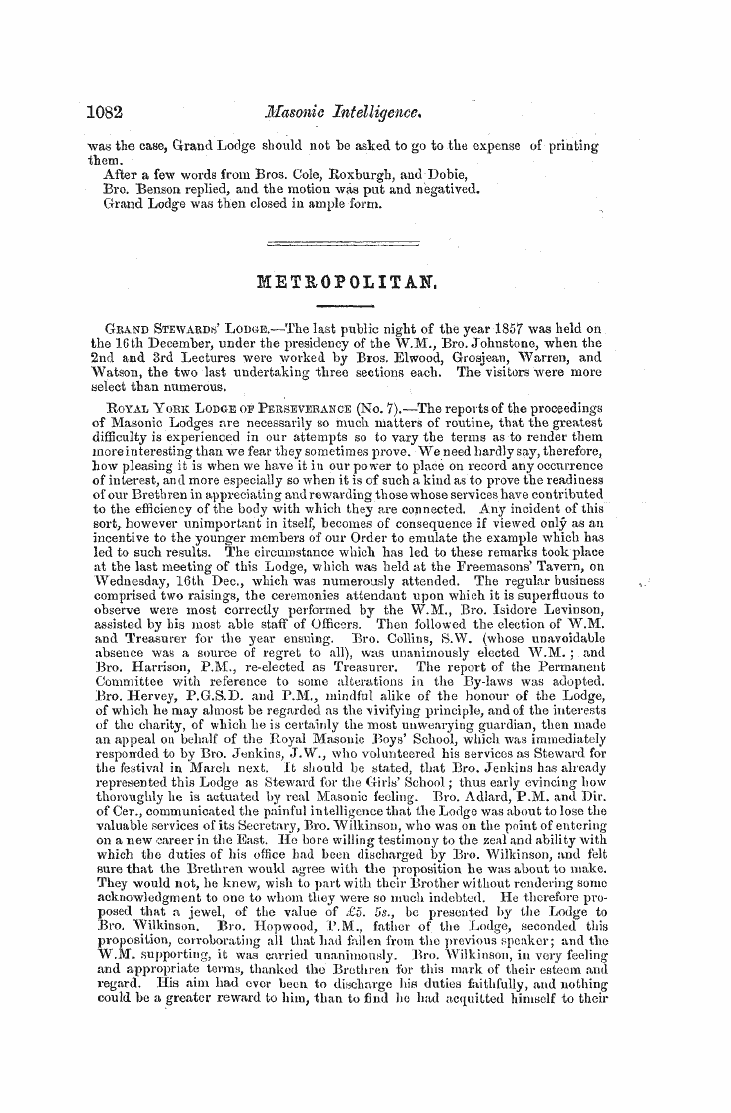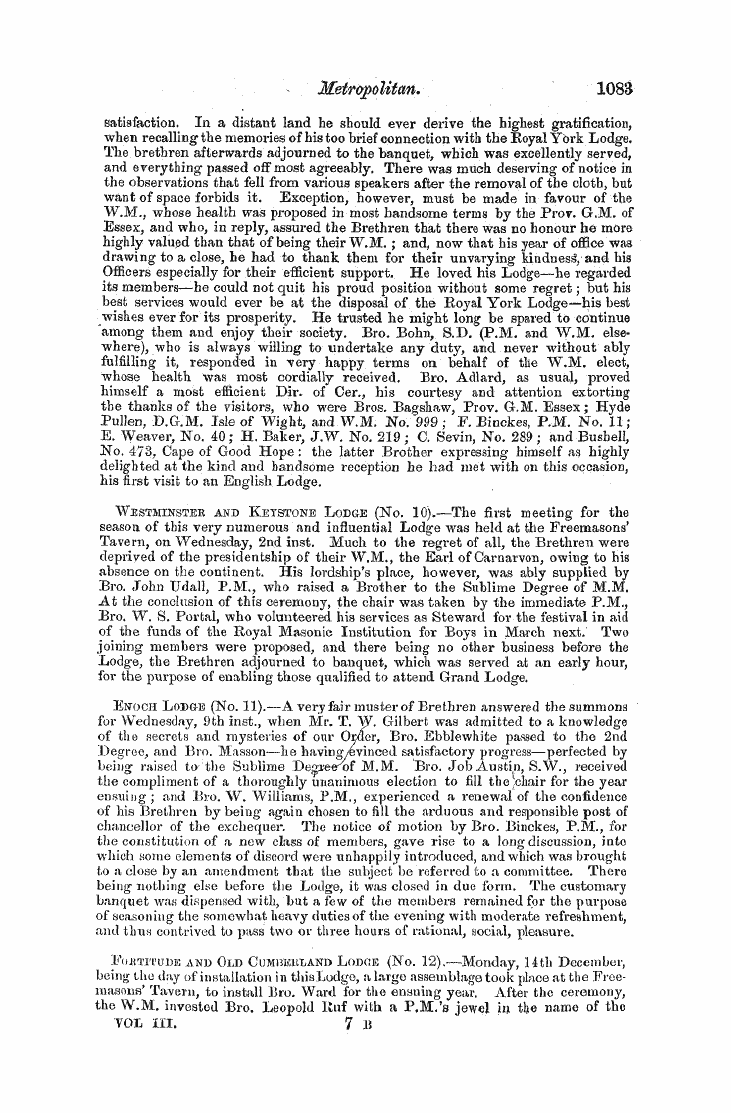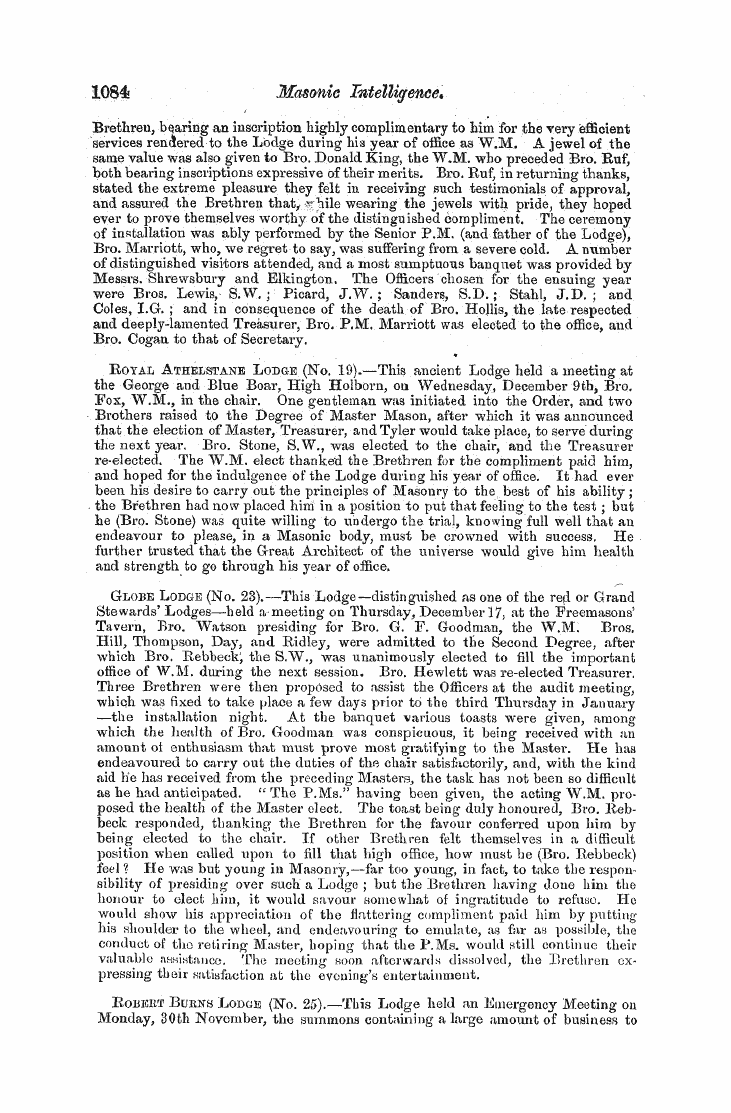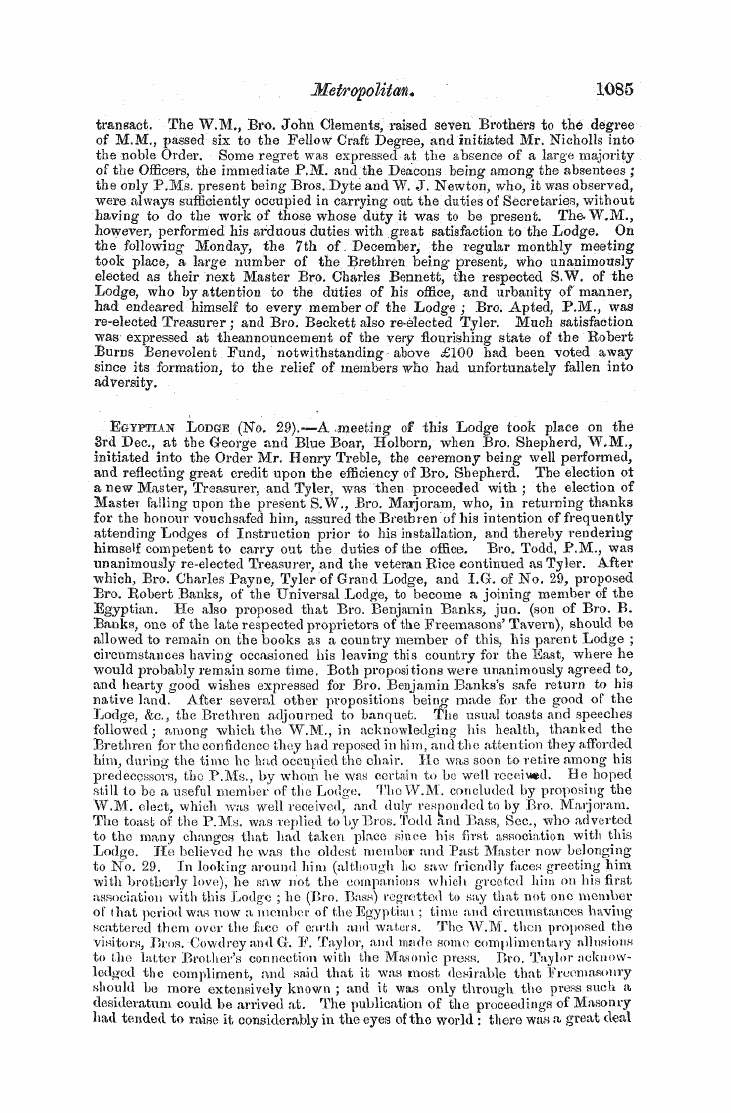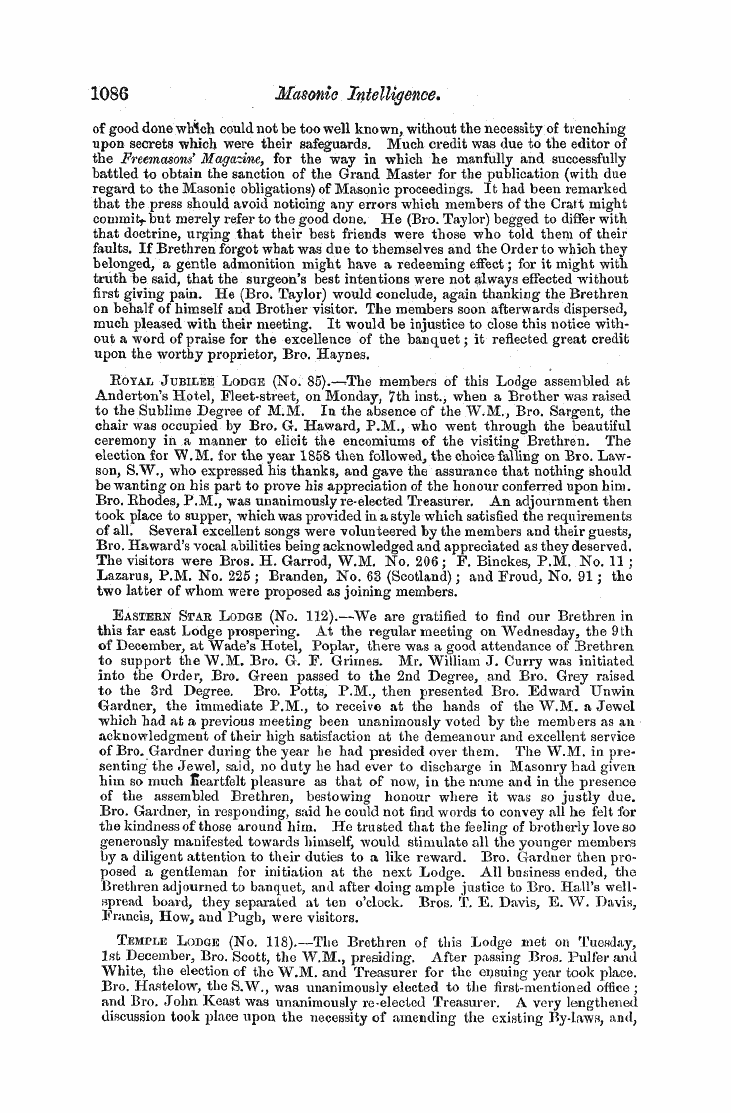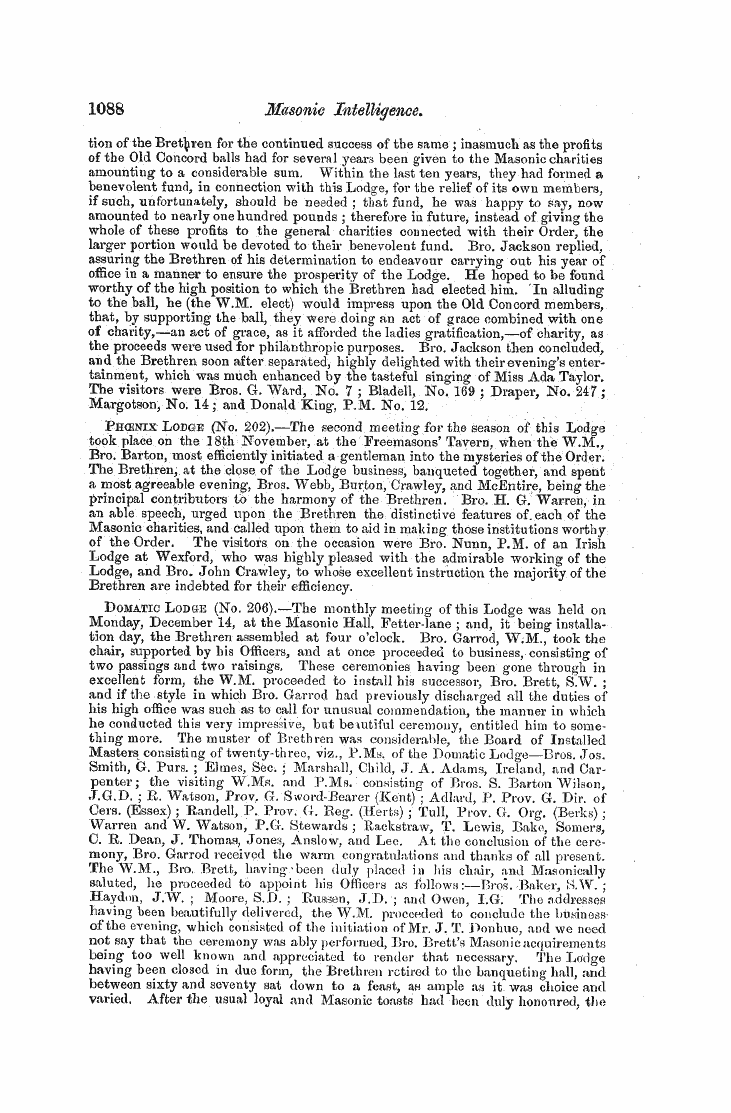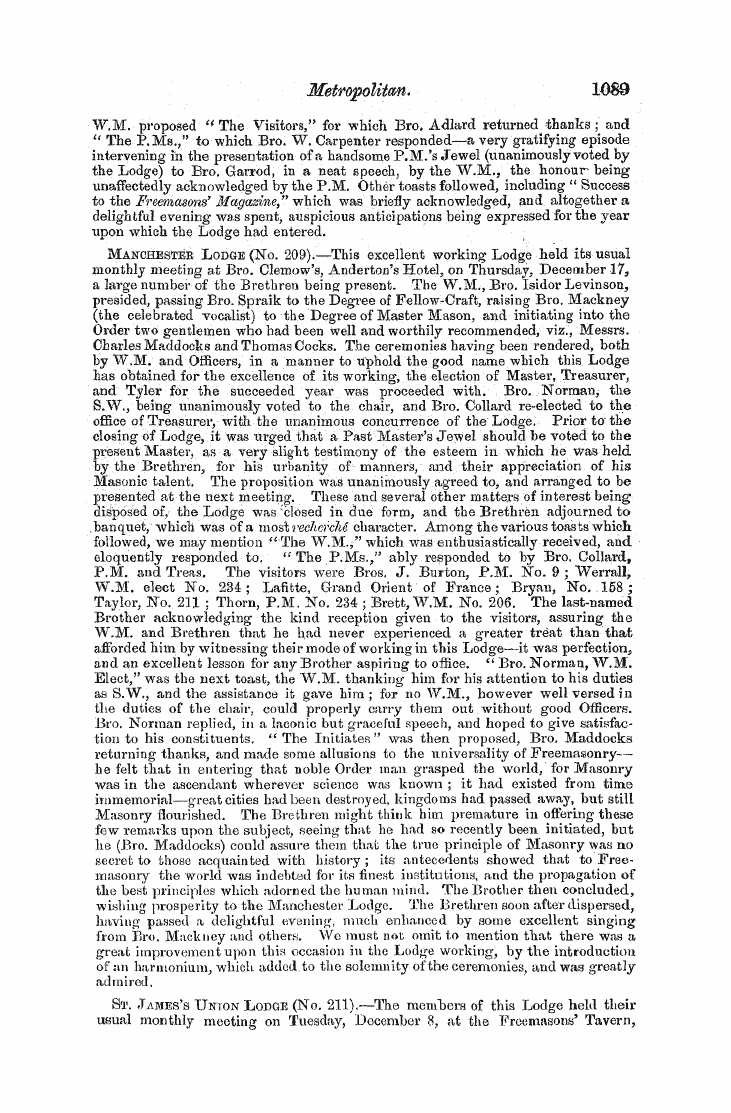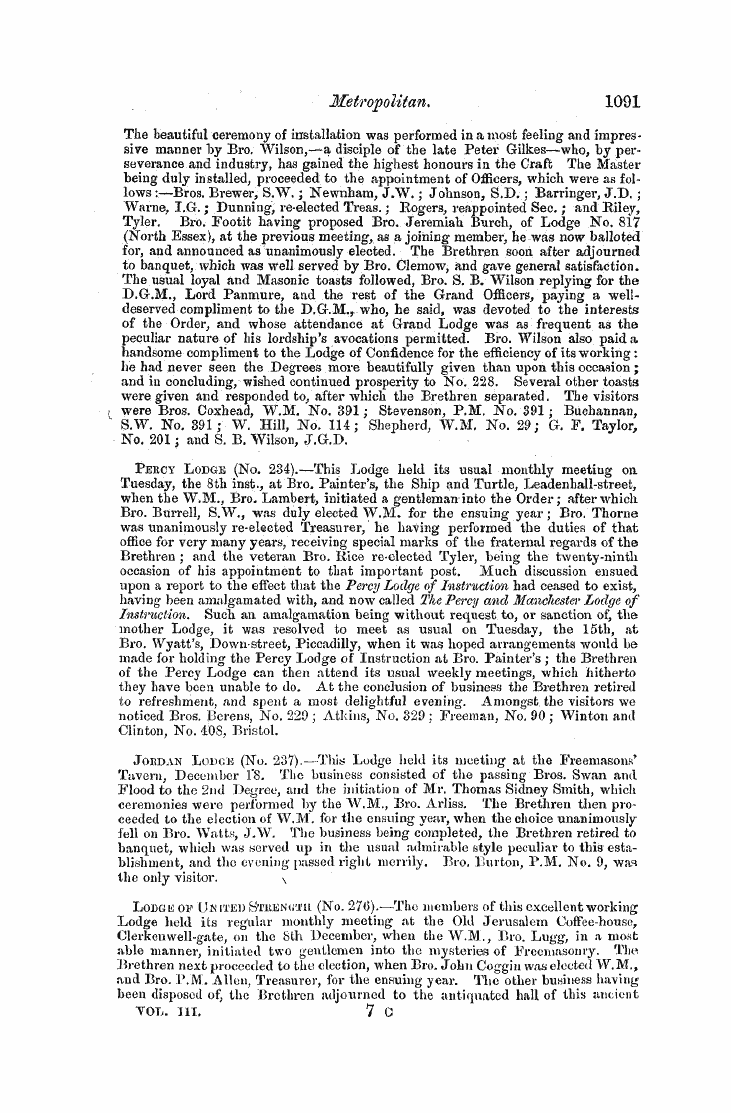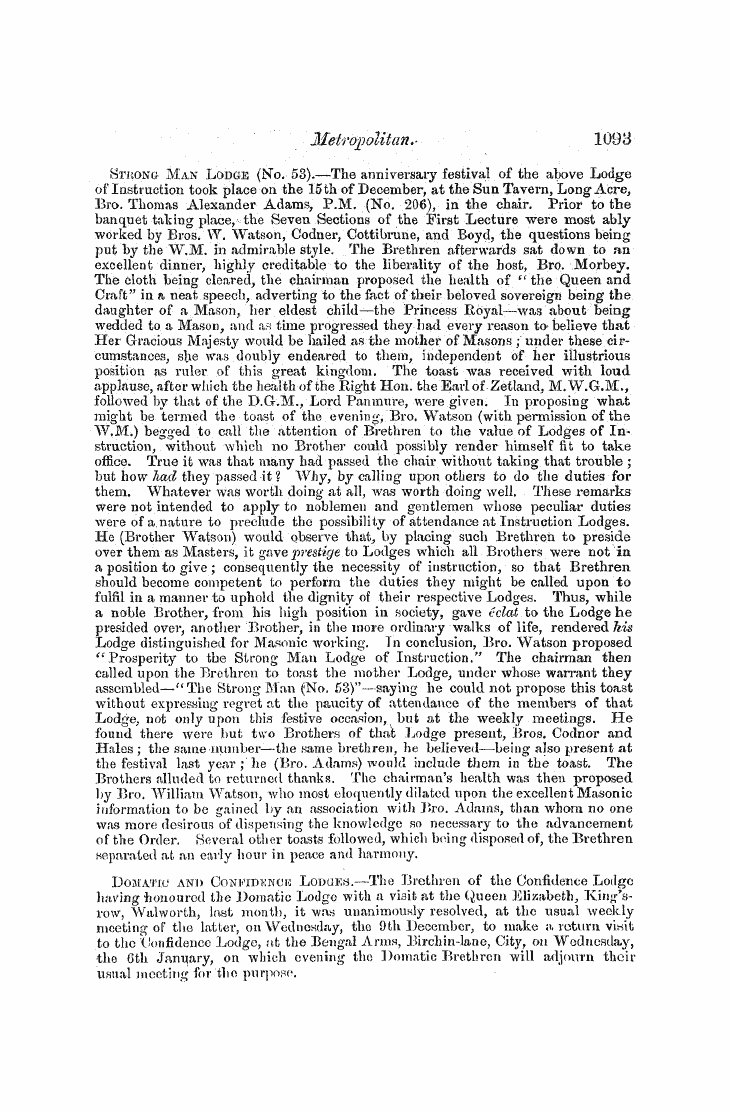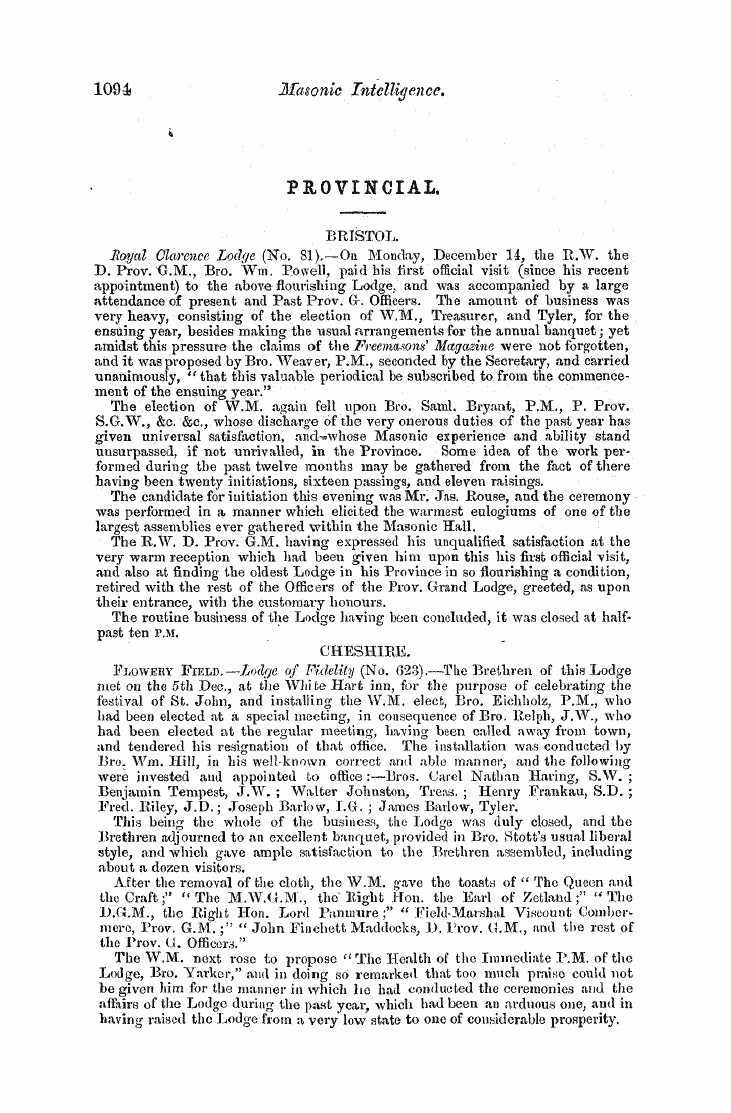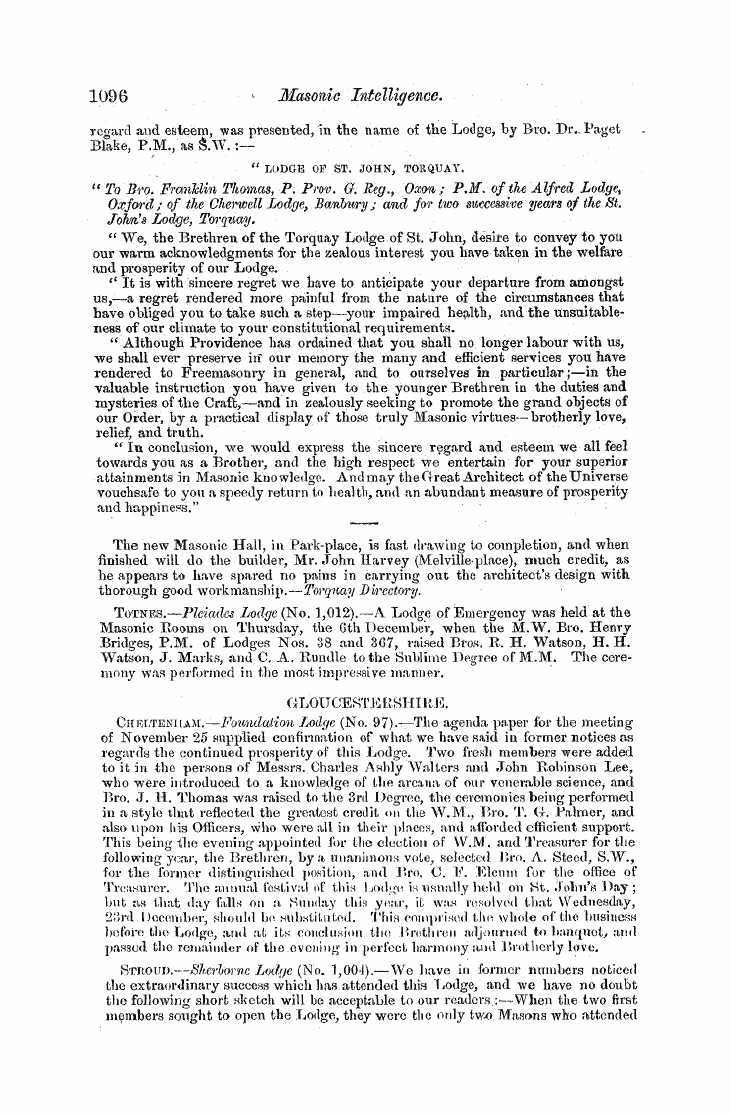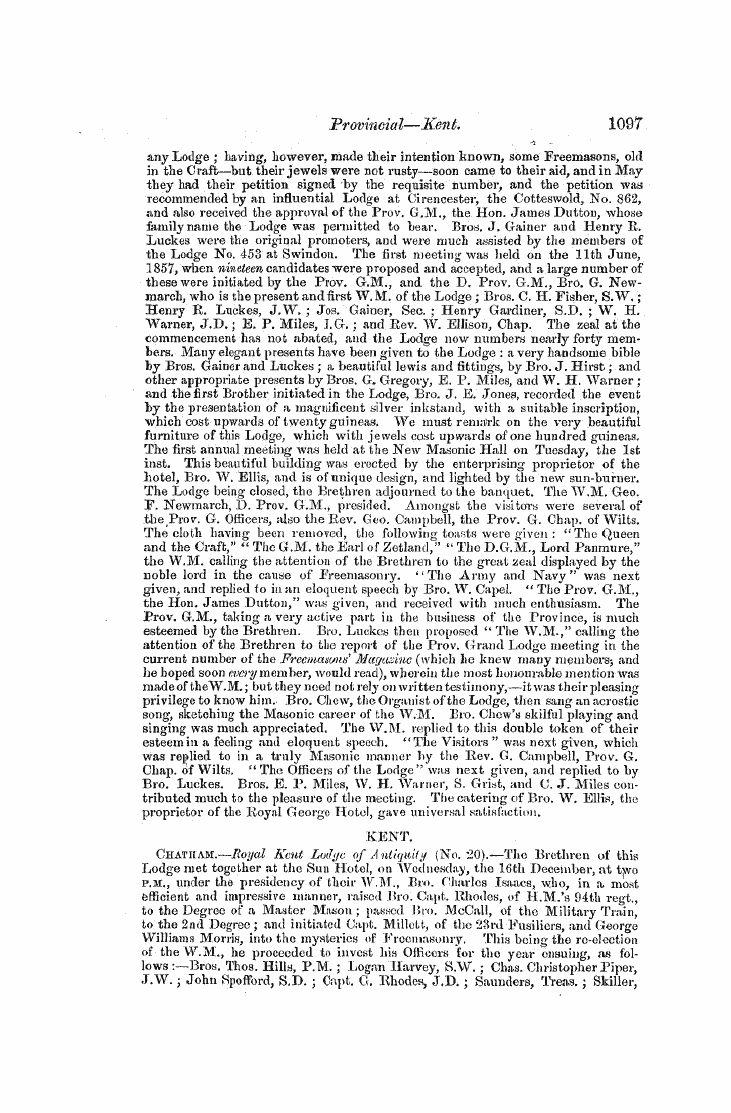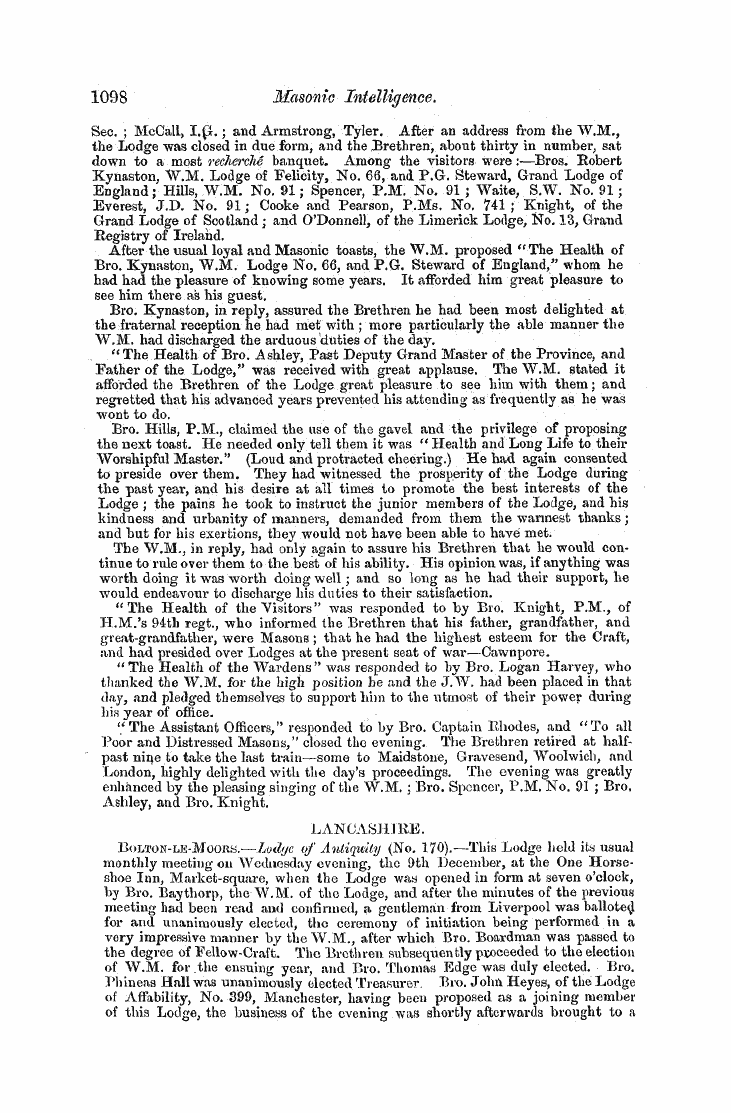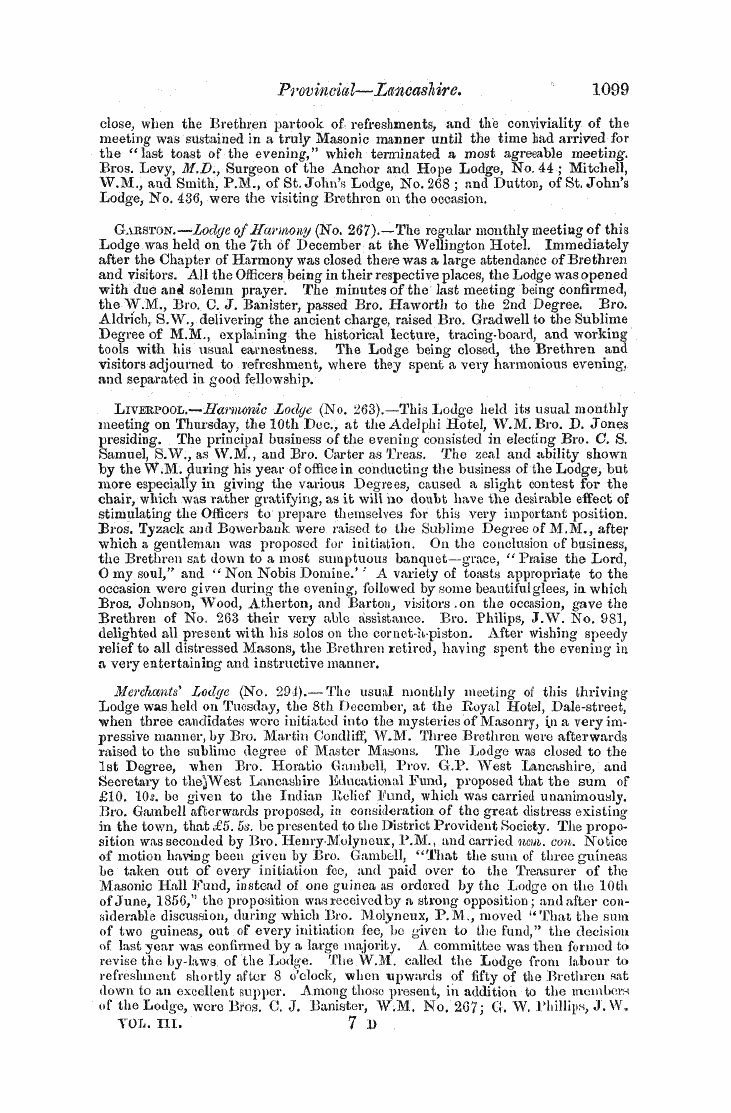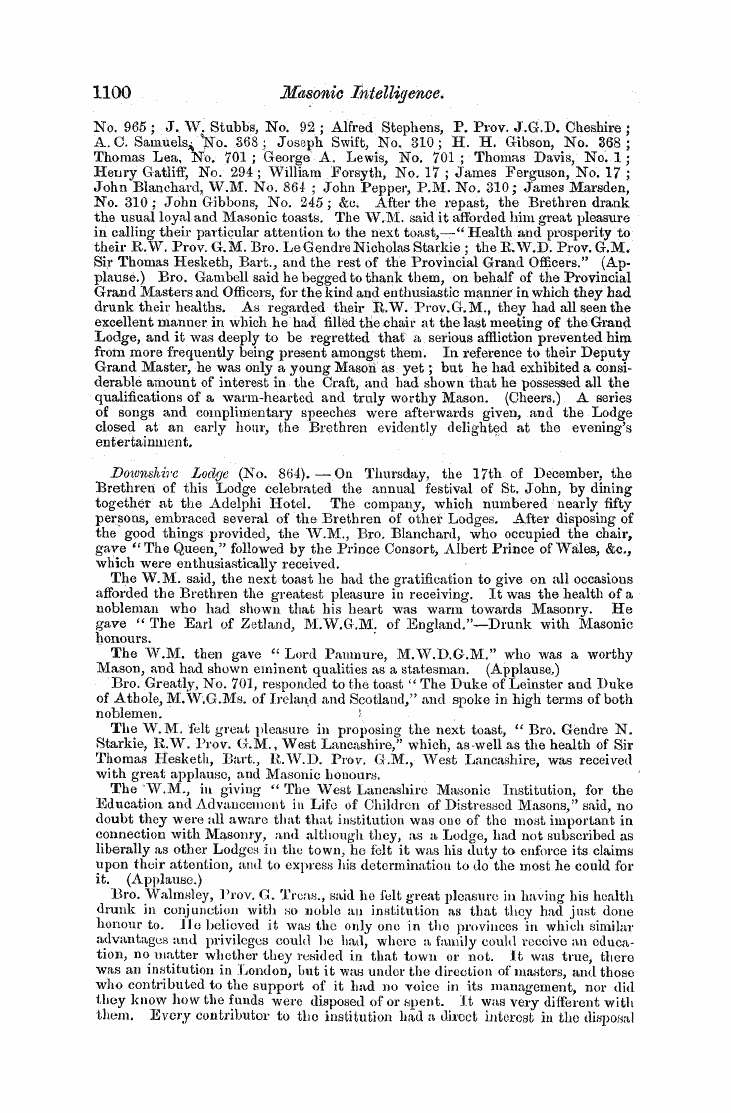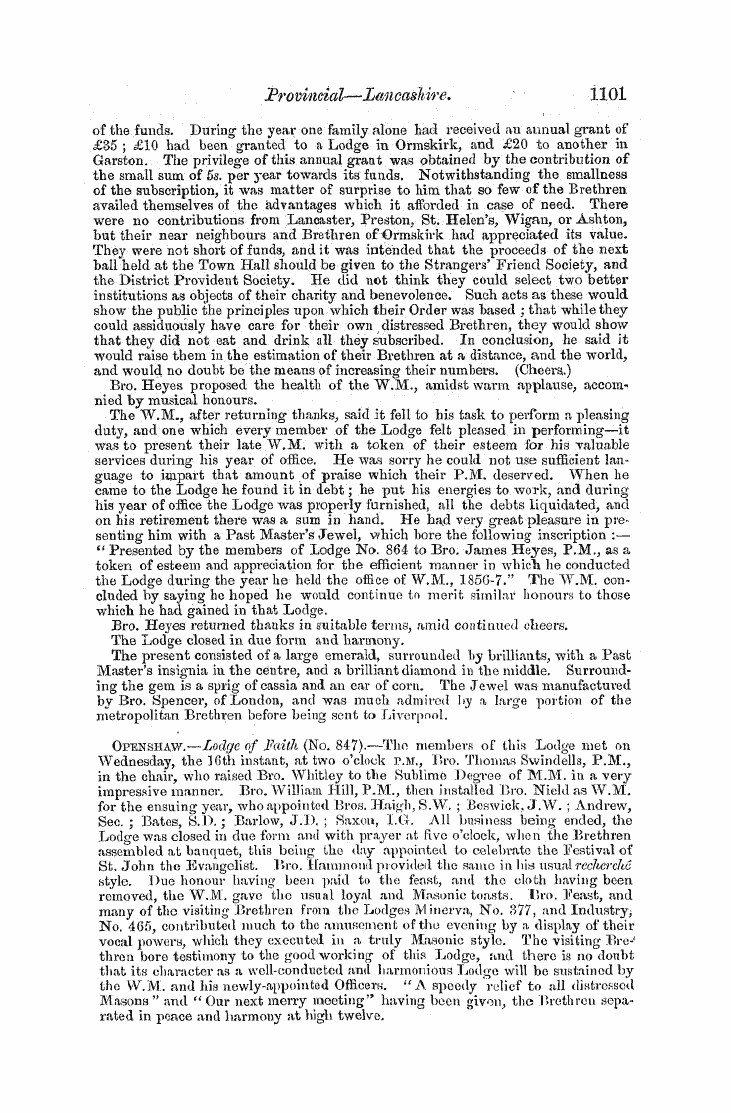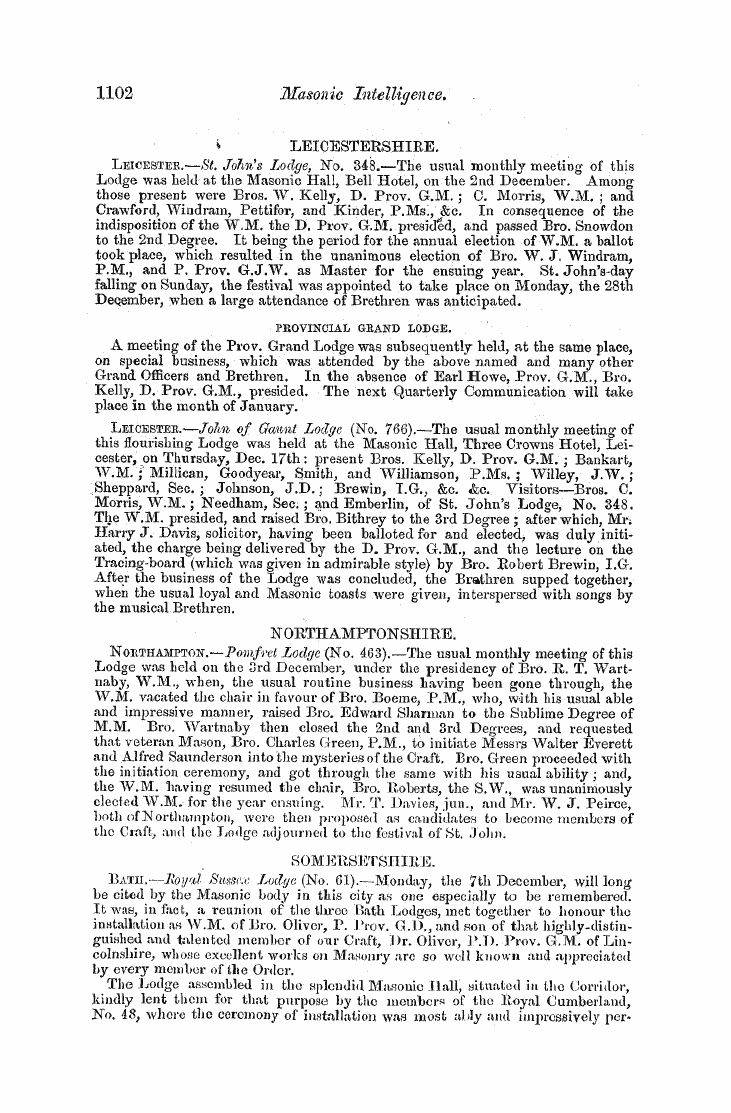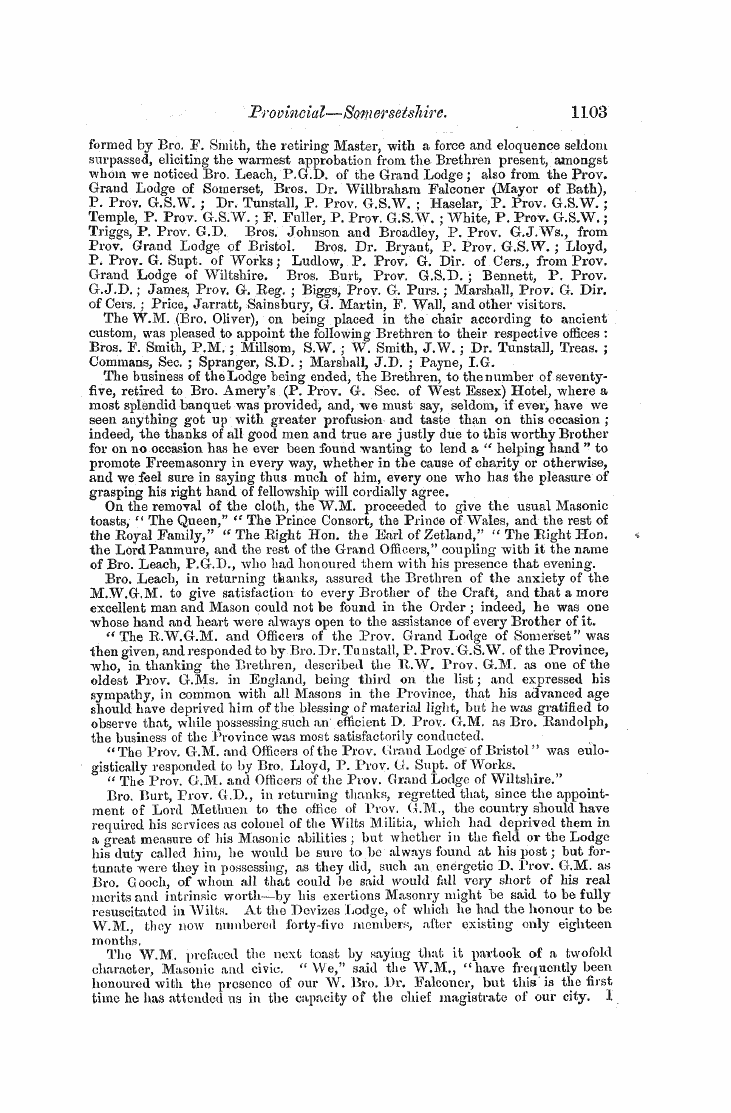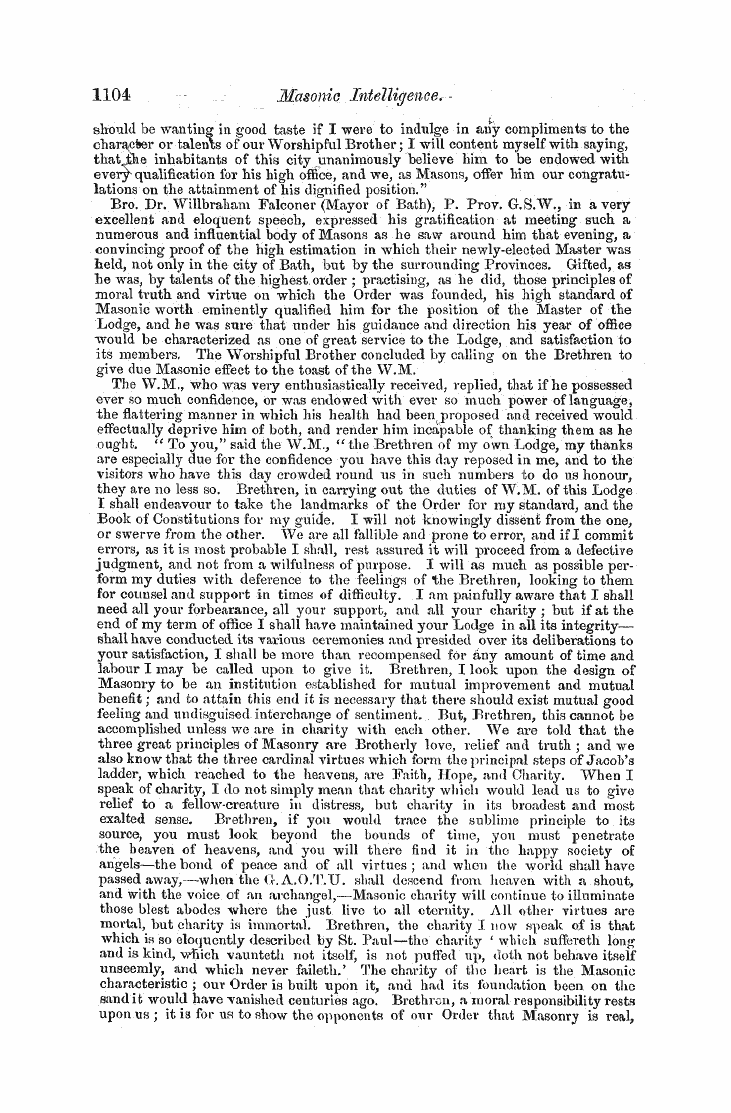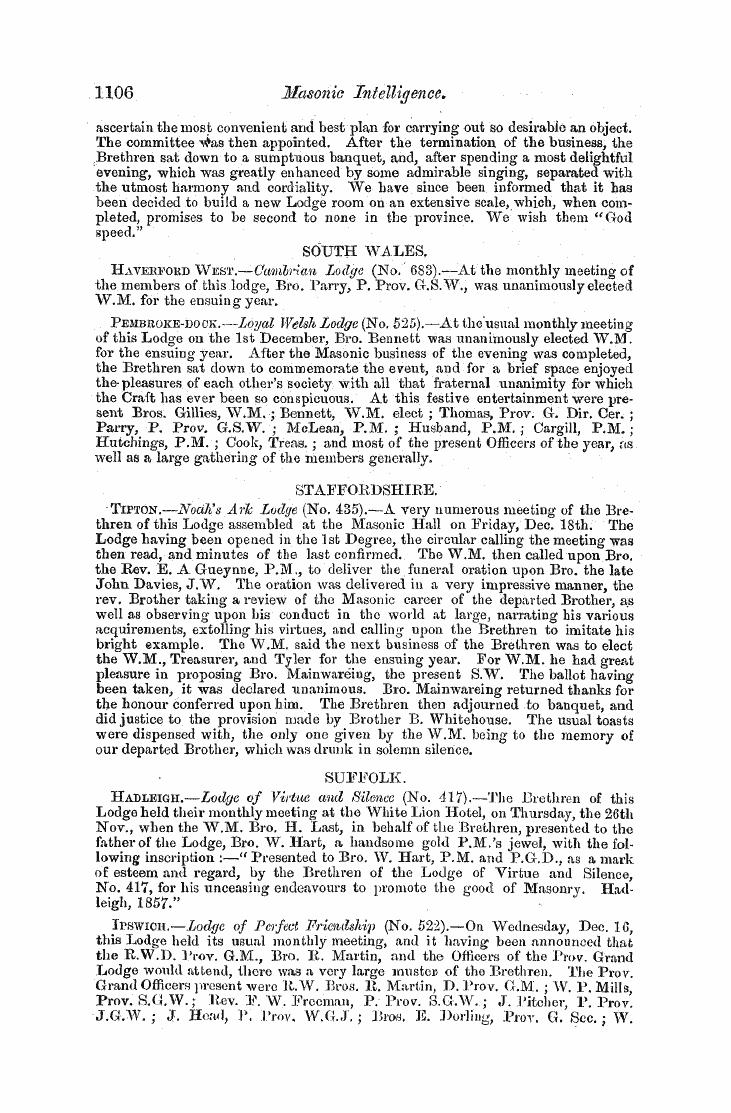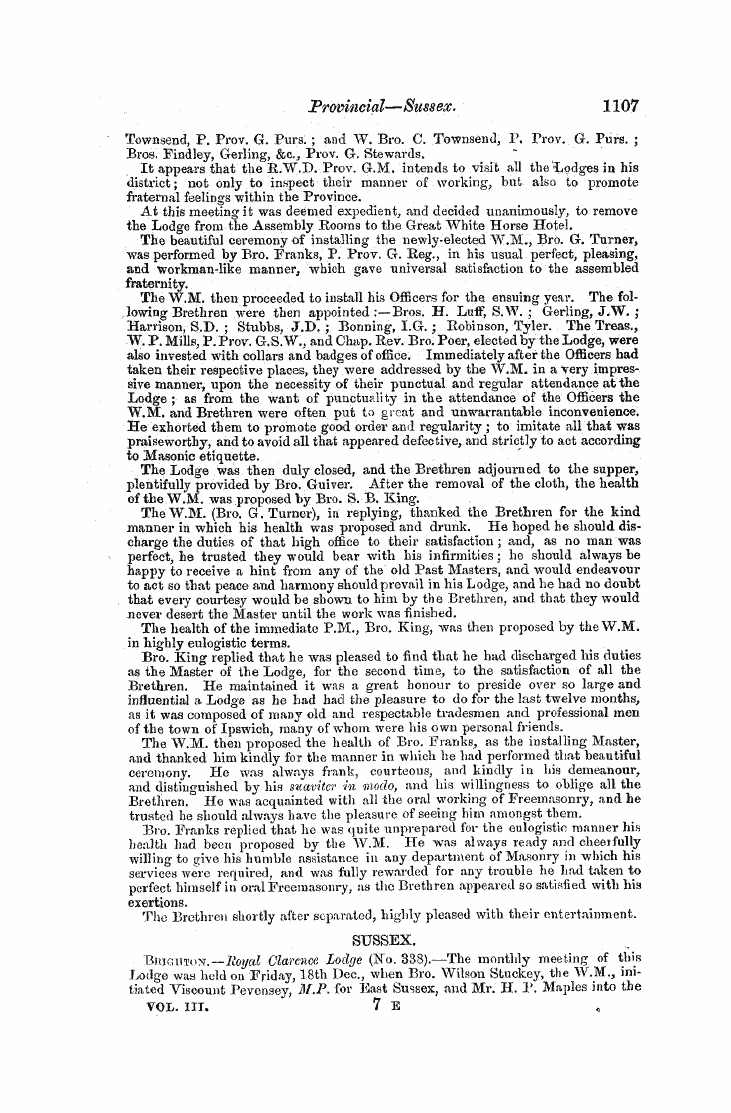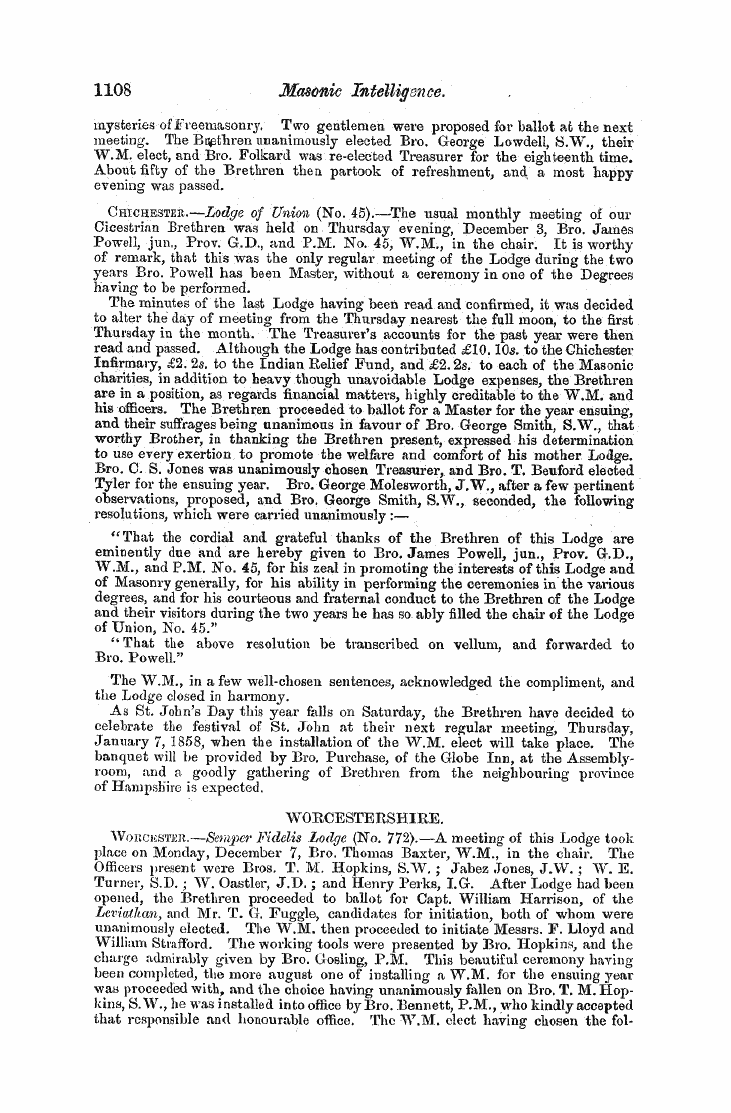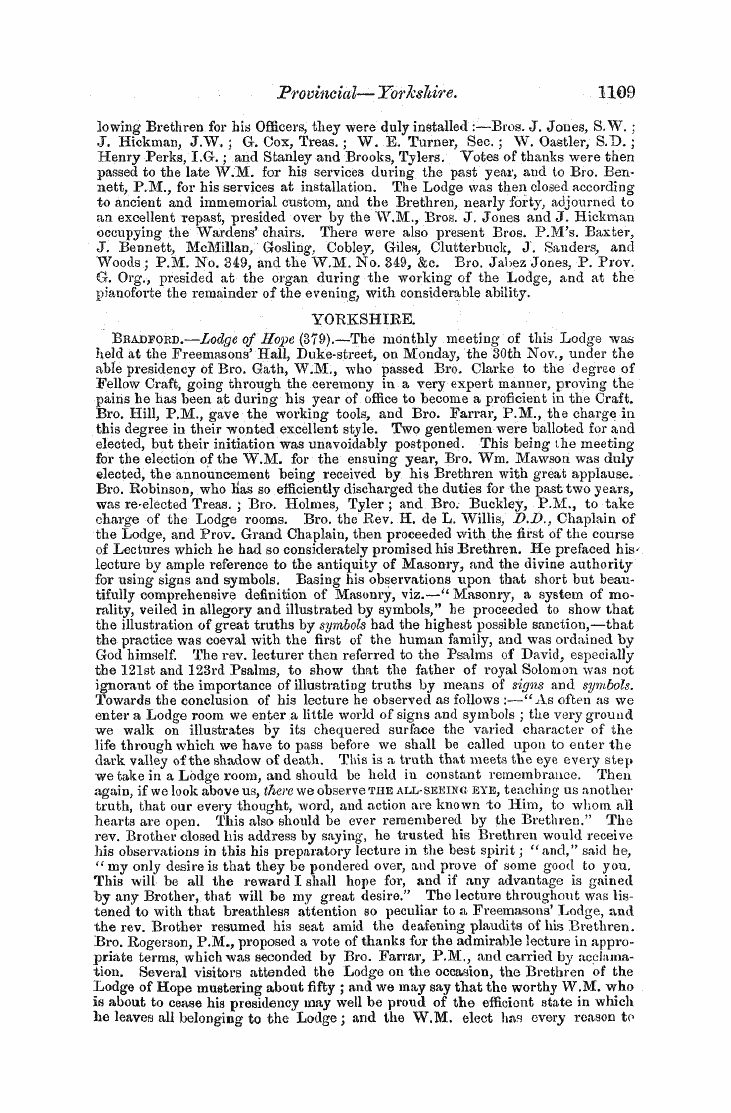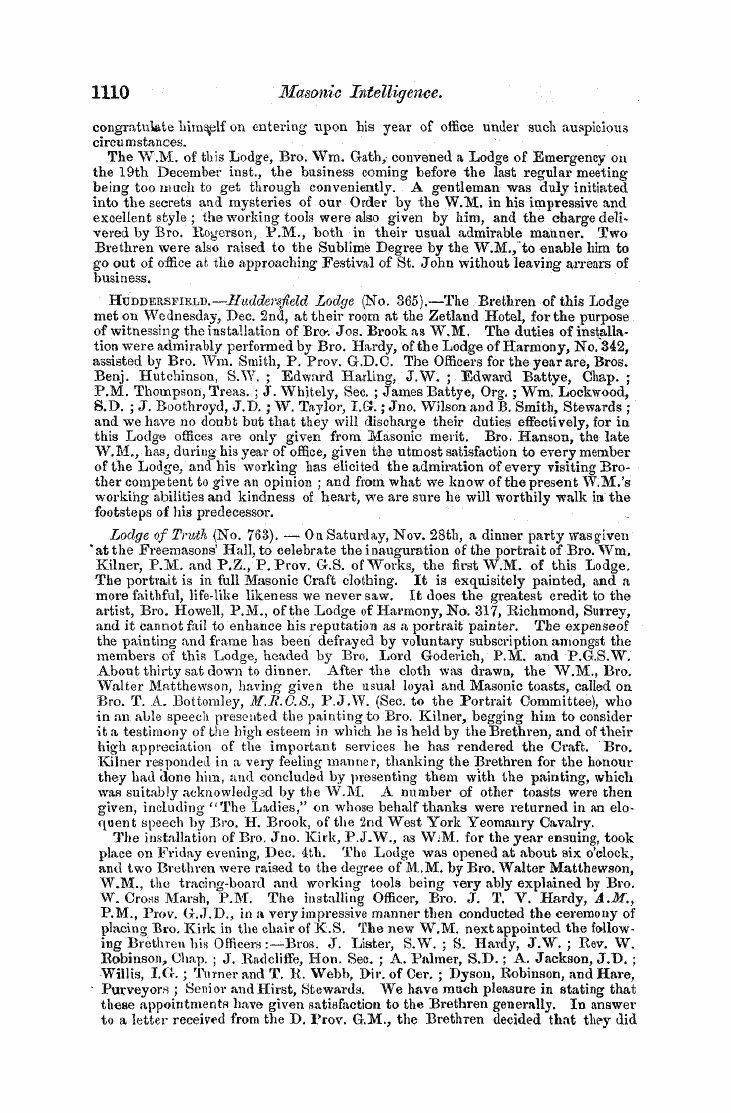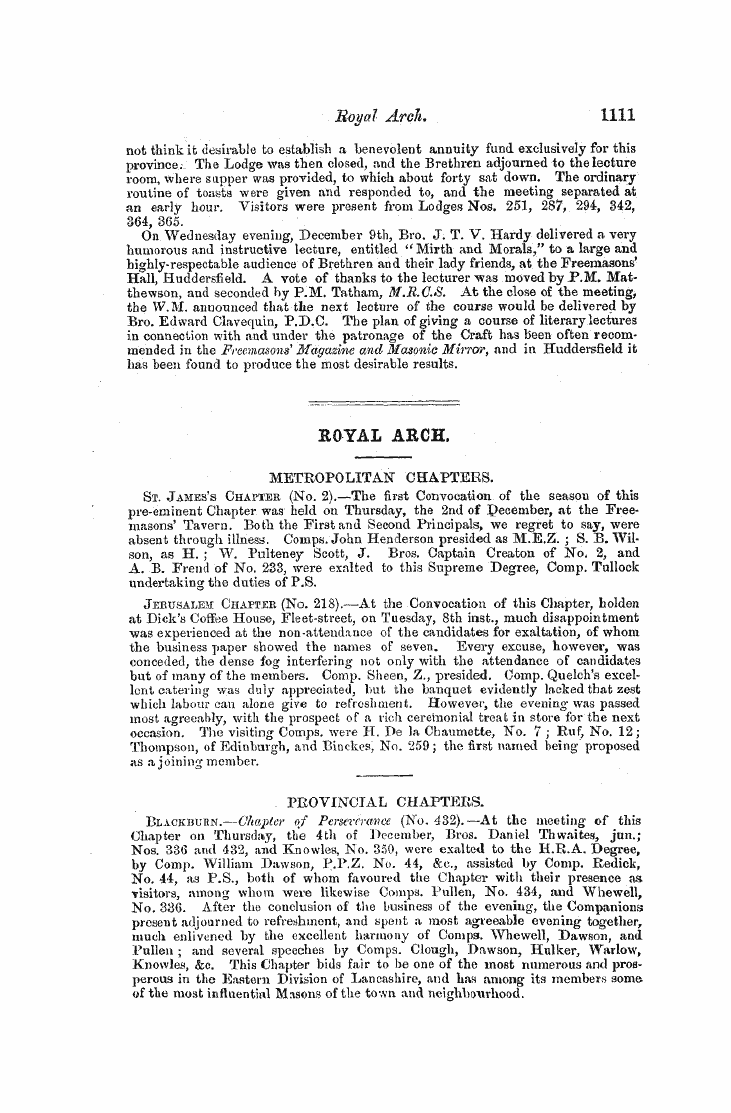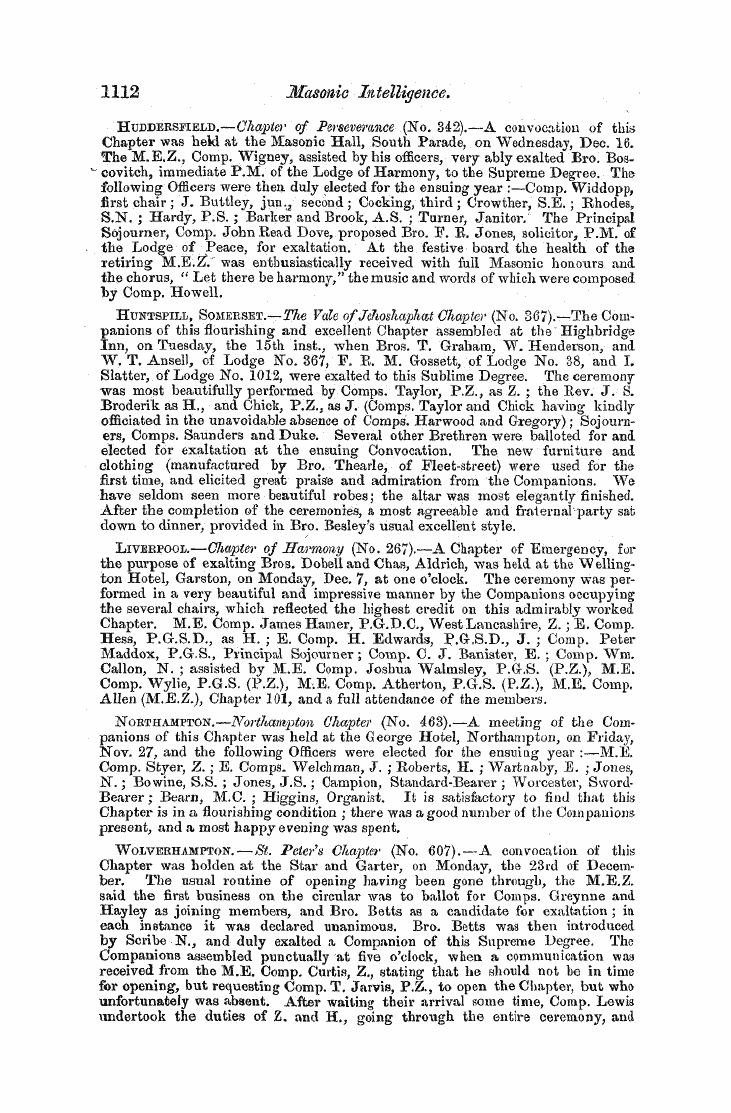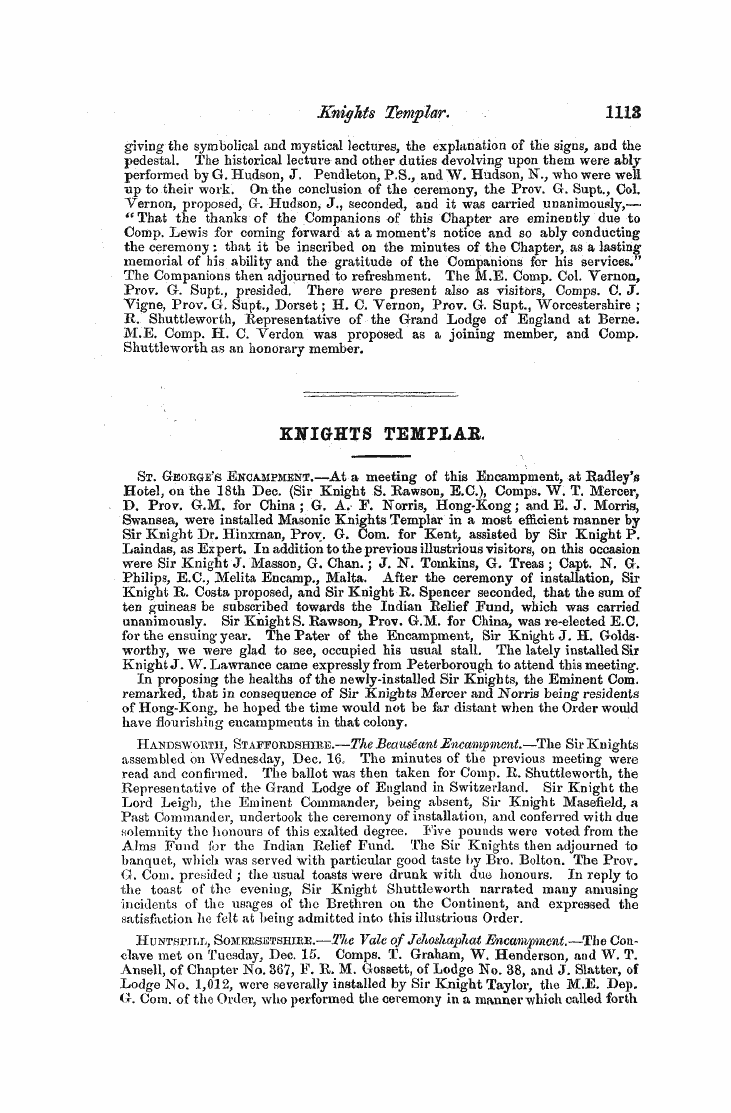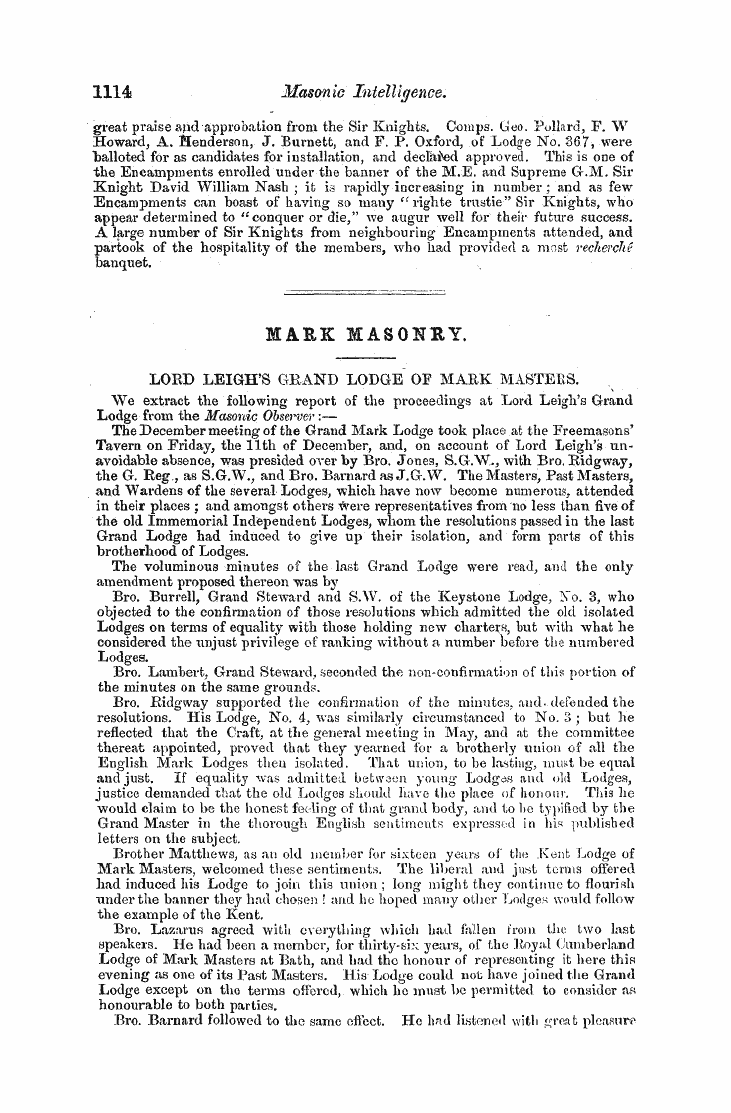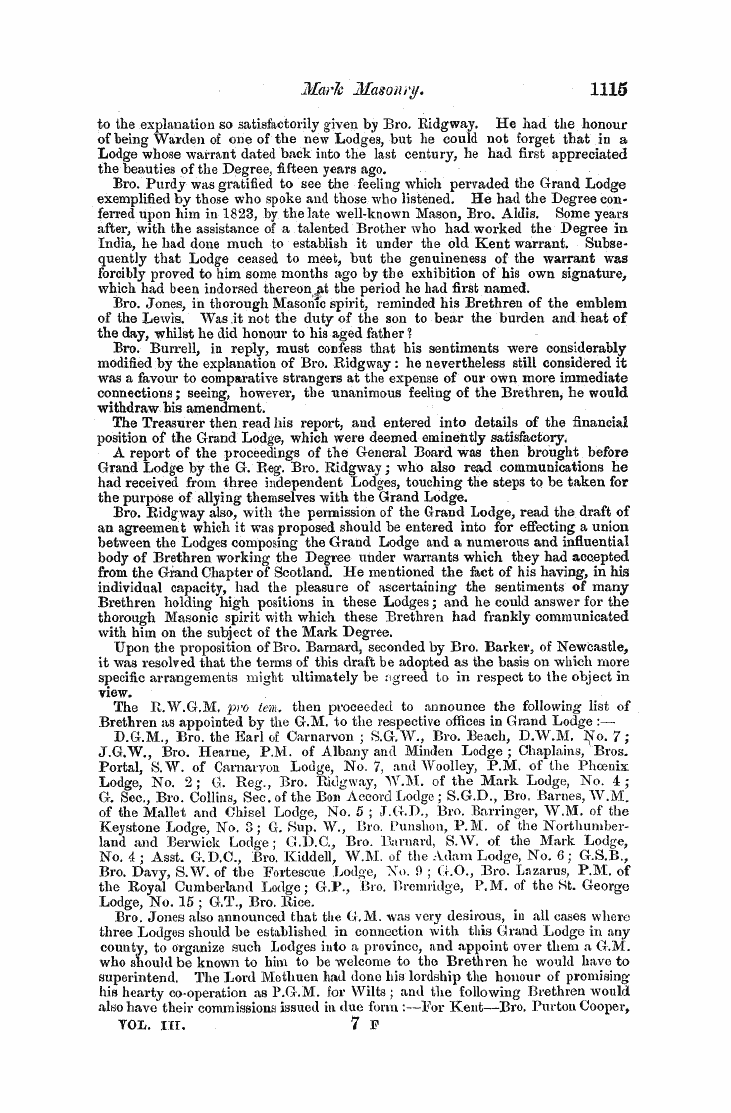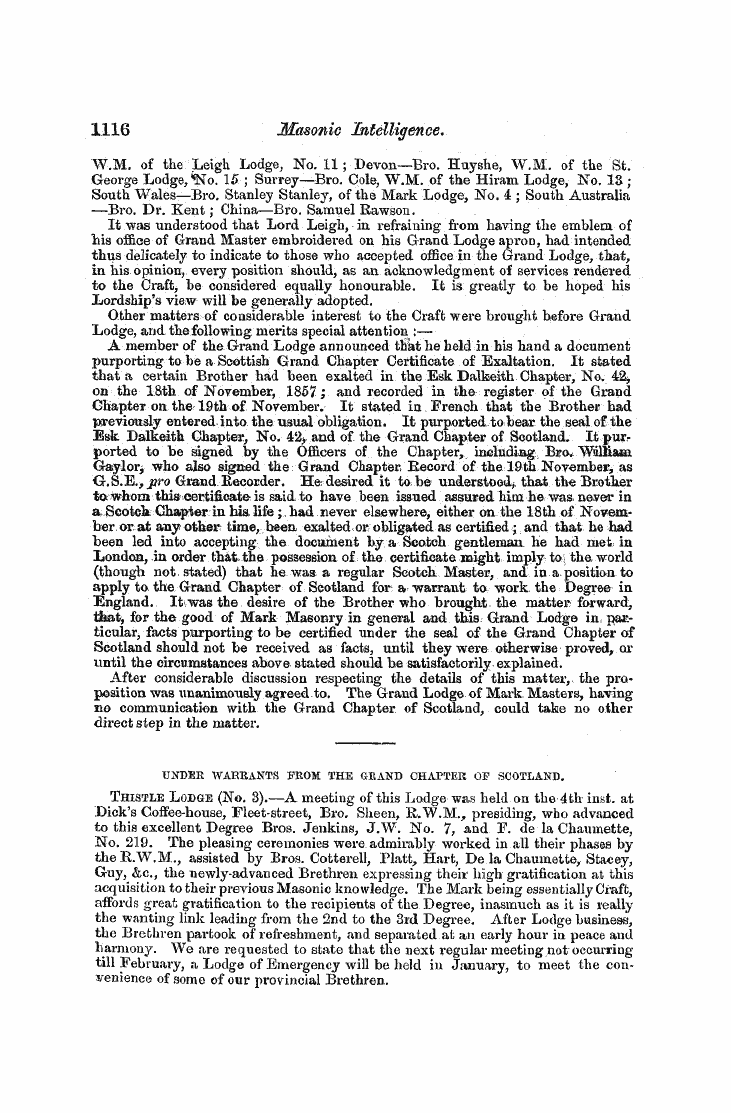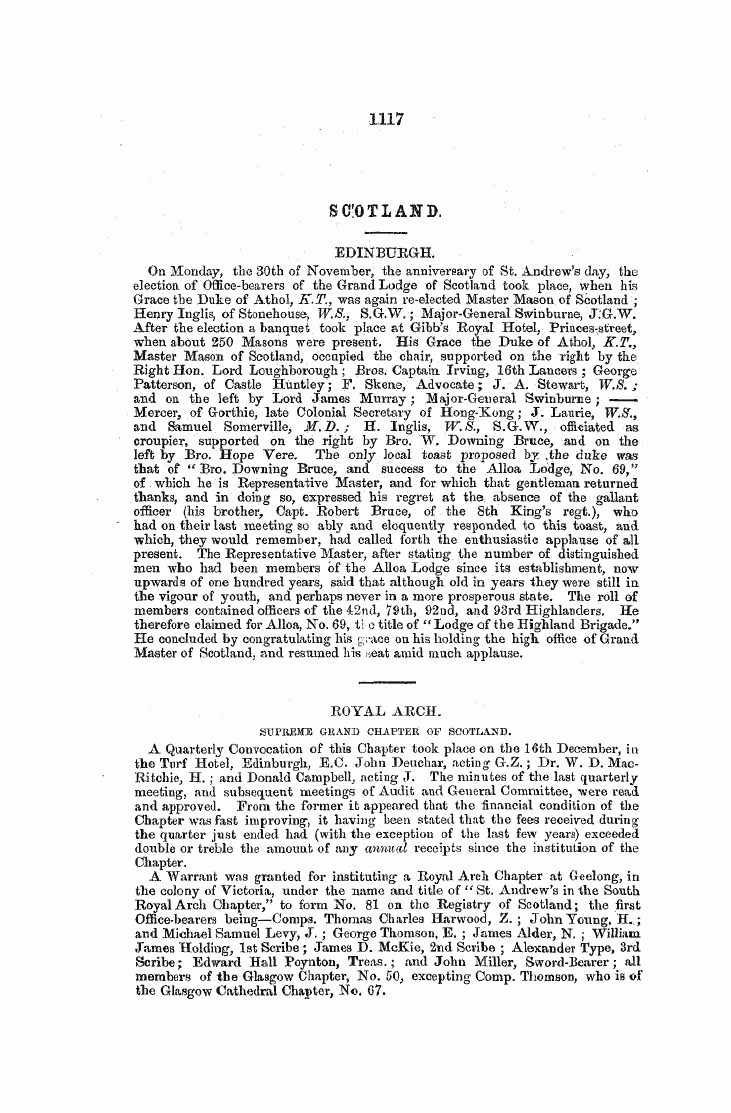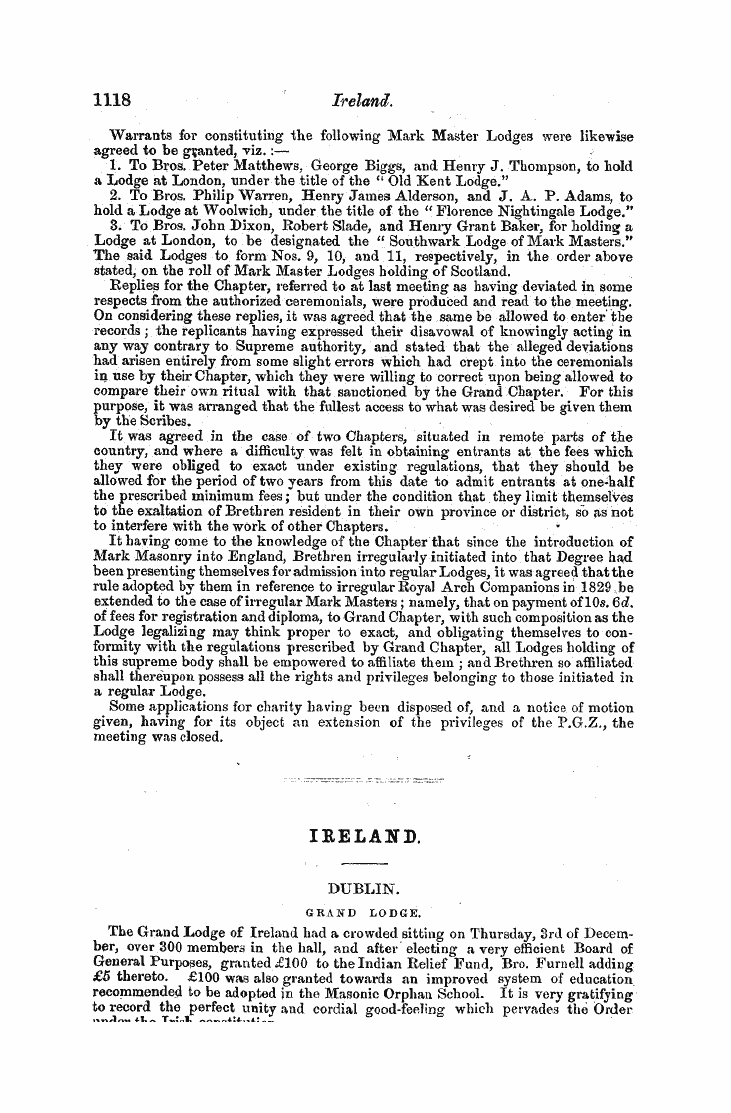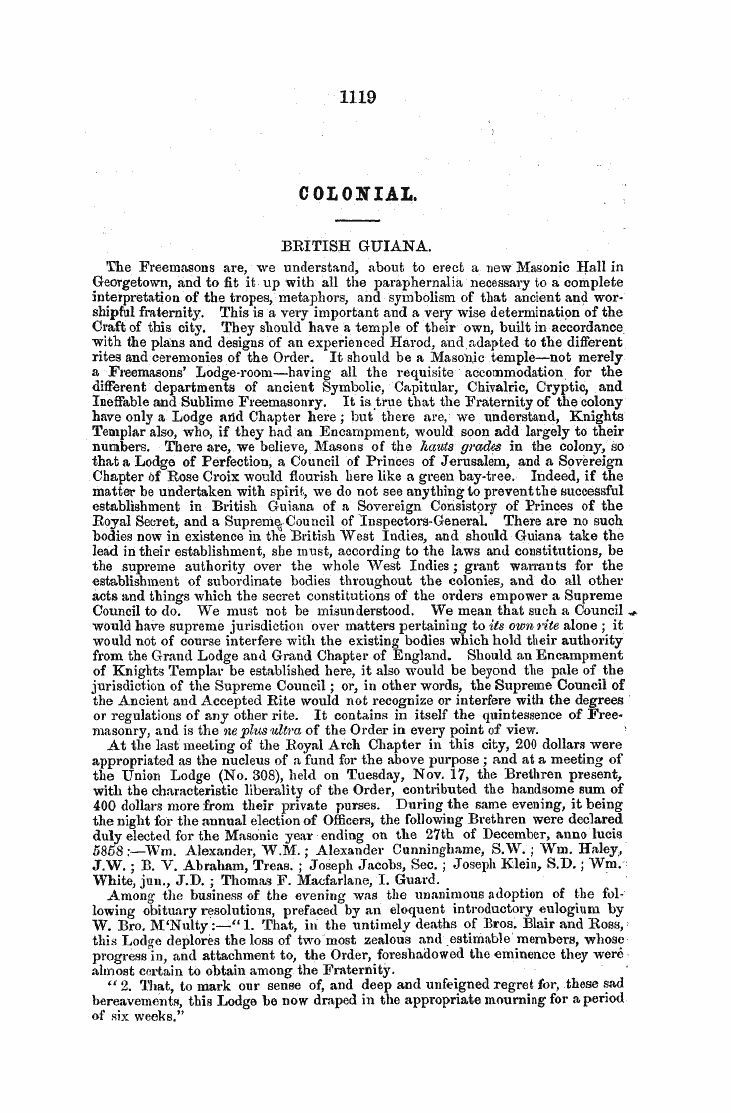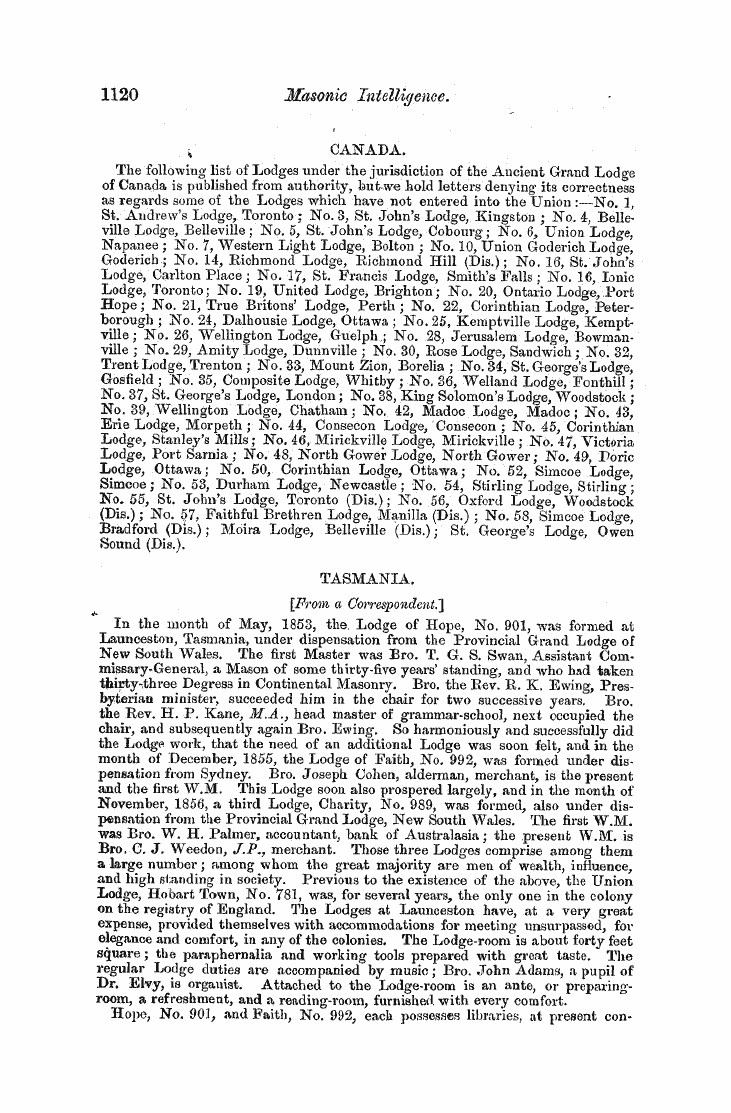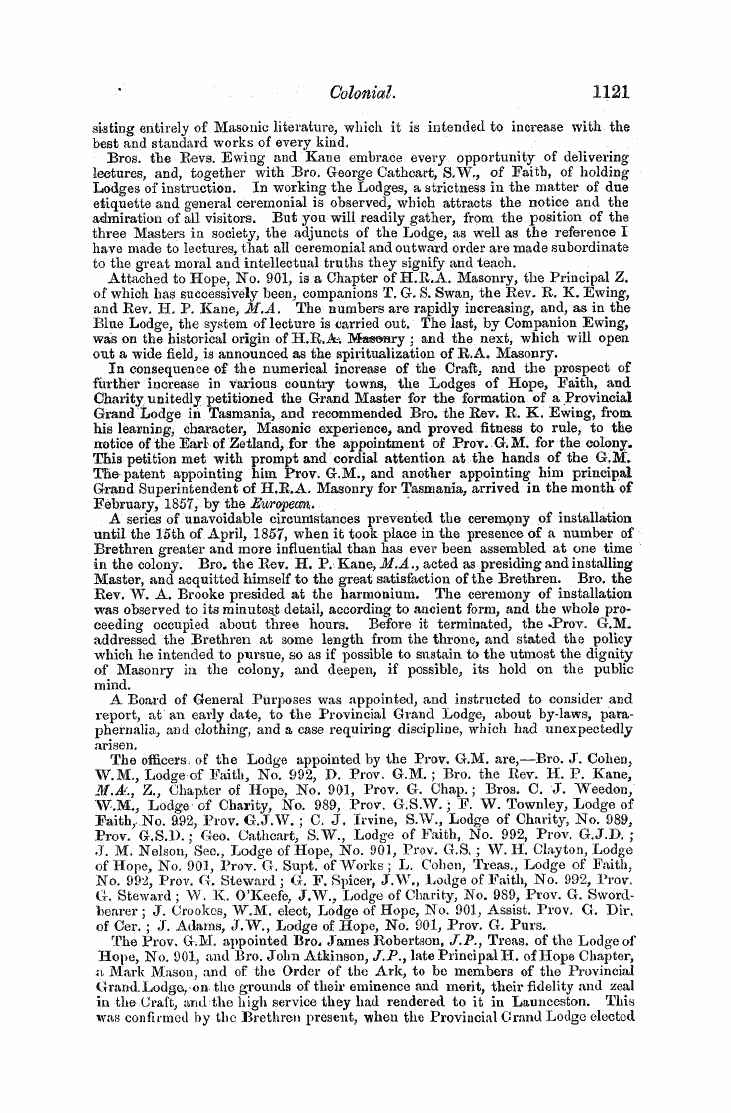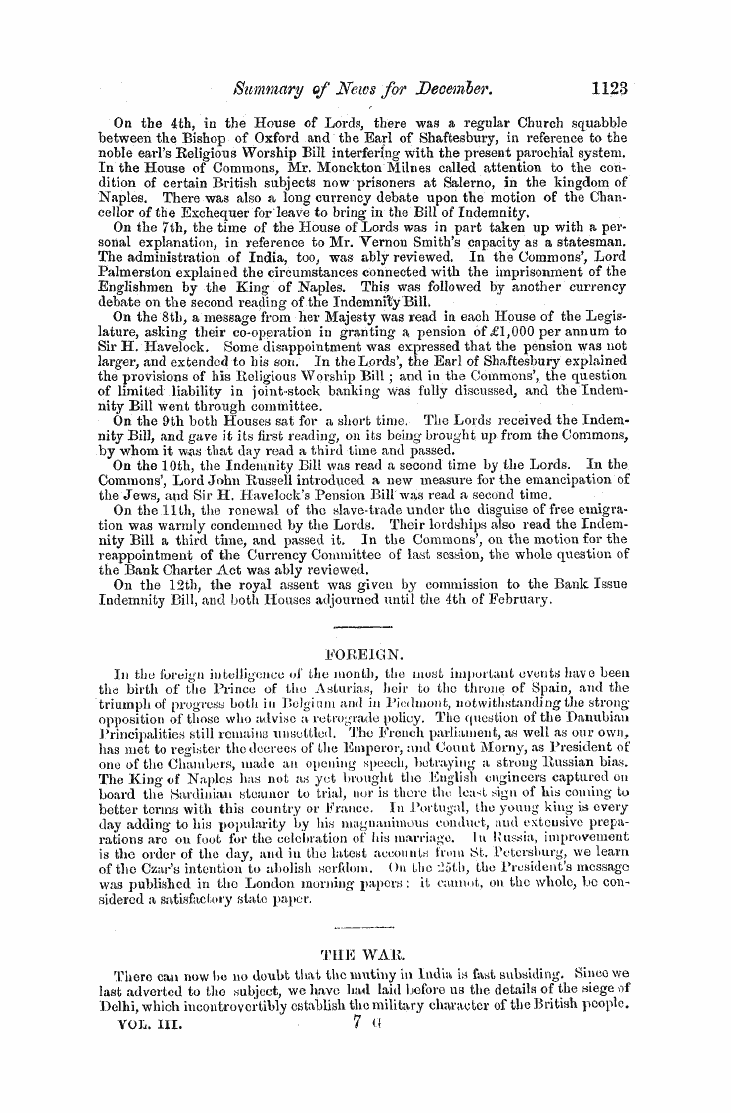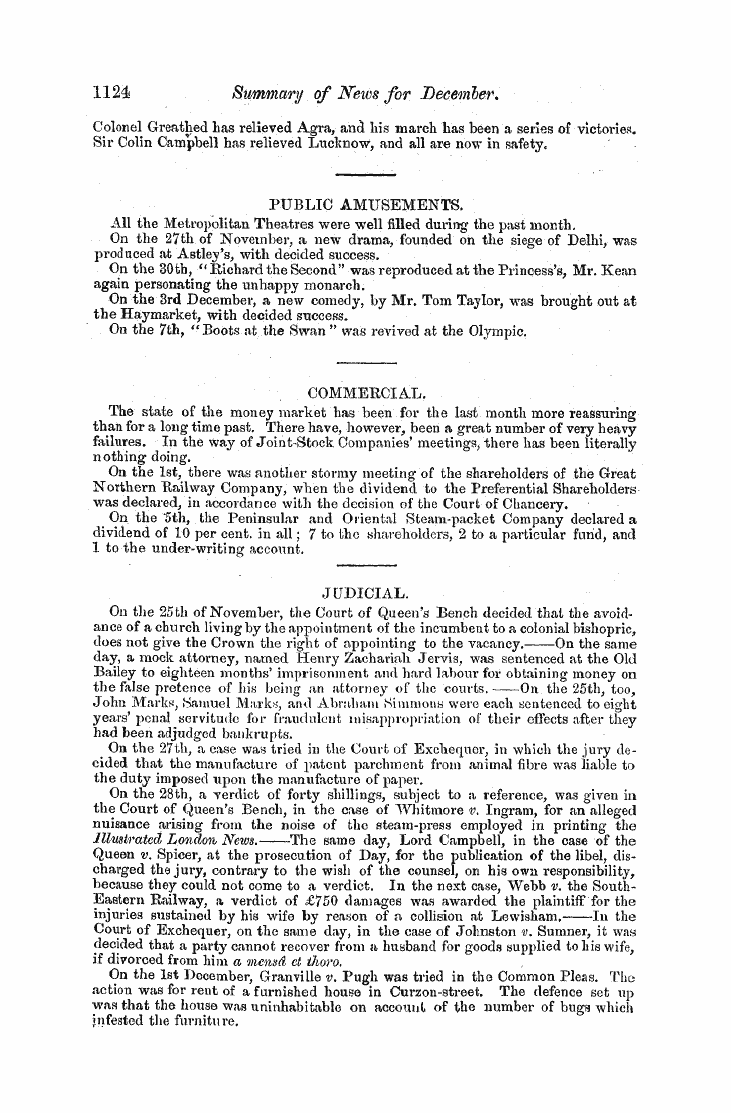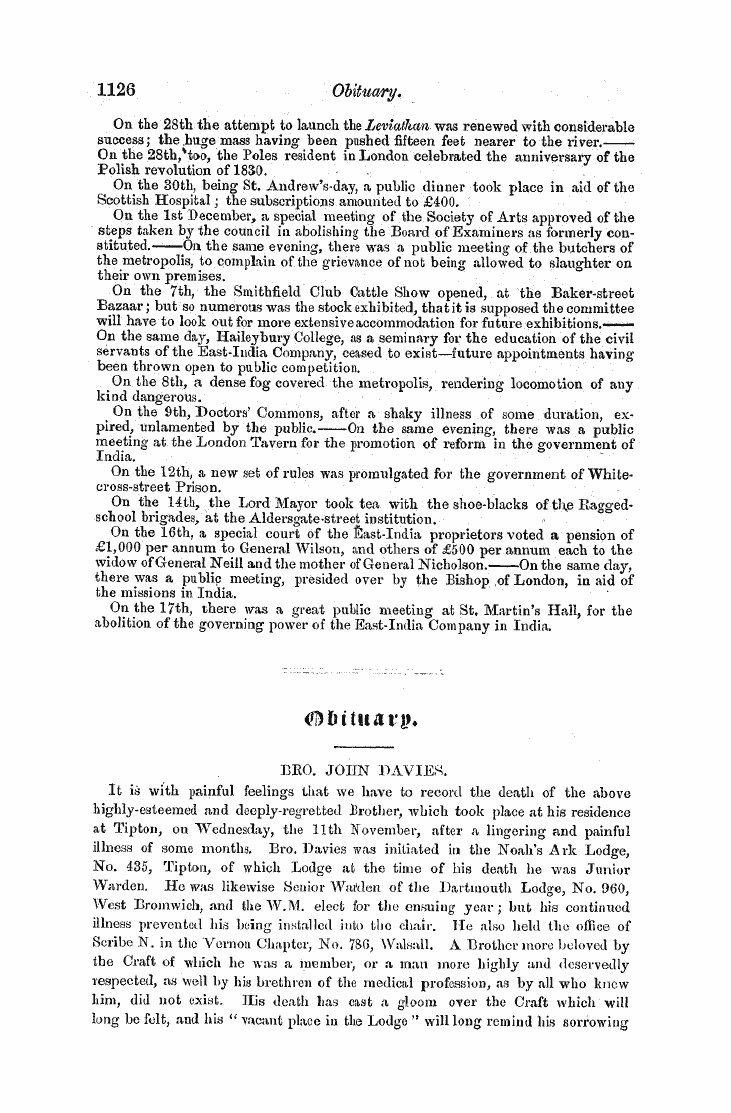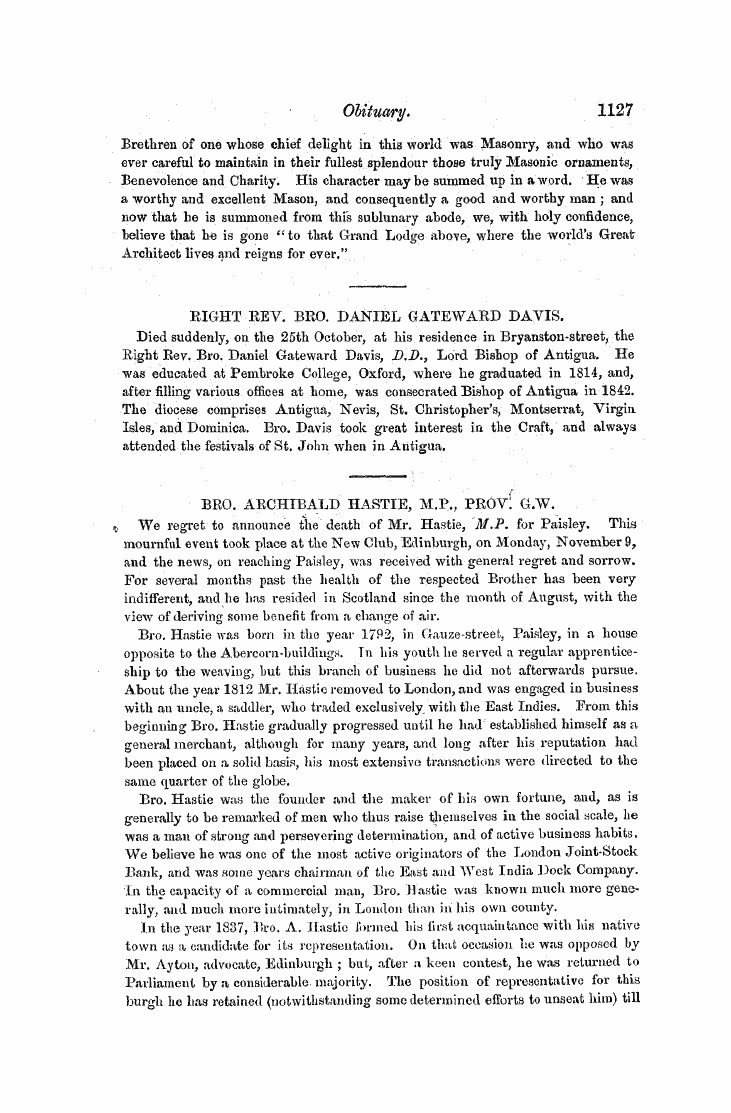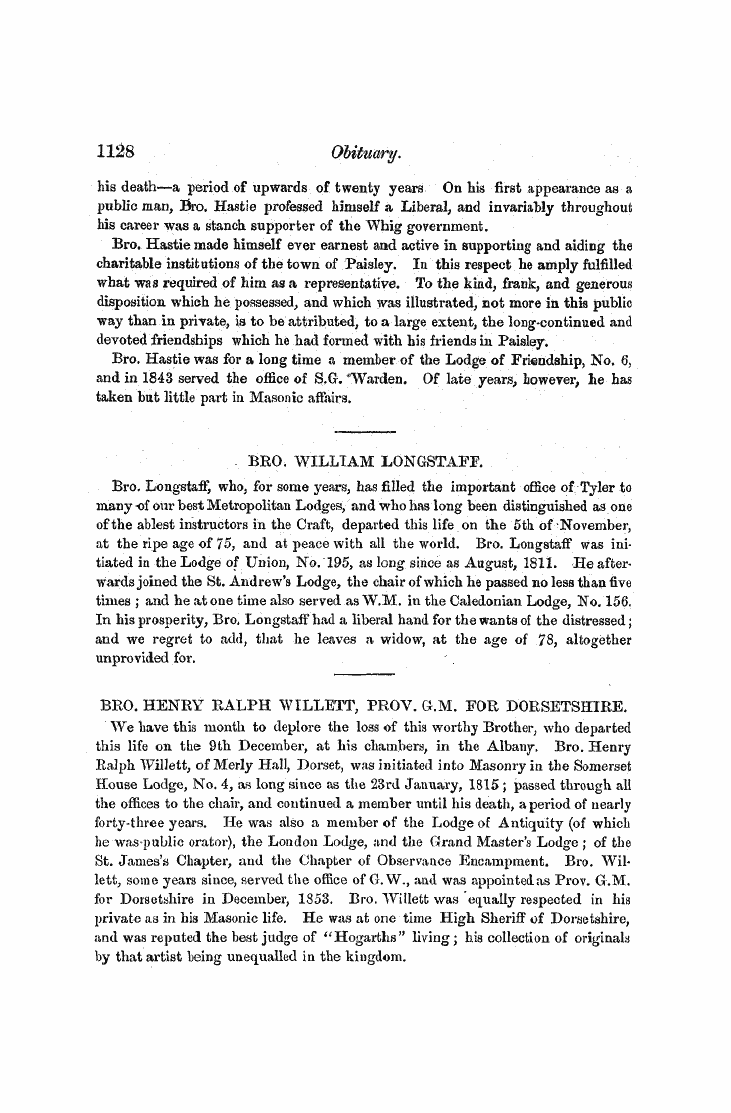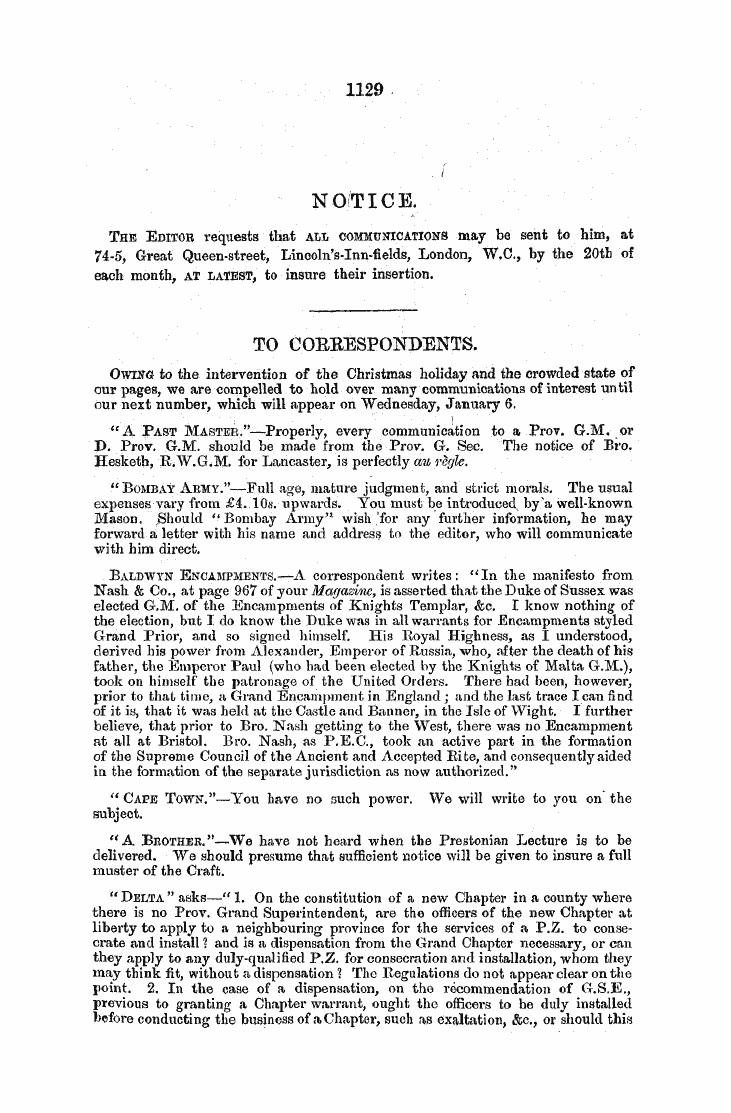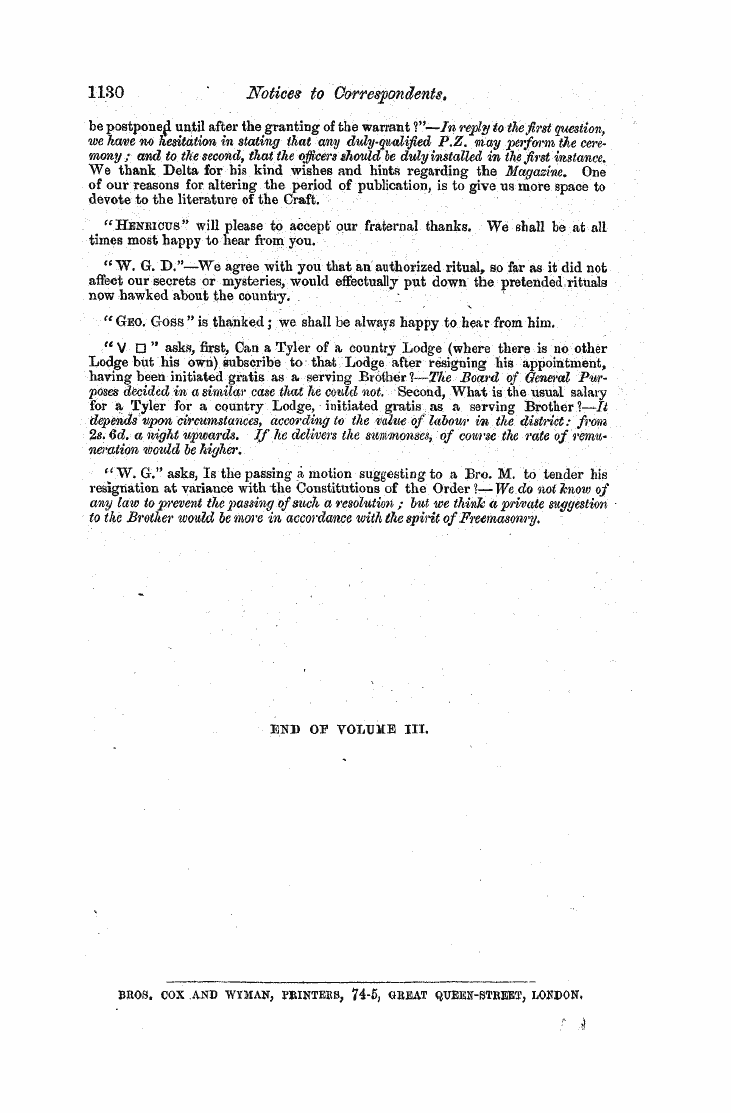-
Articles/Ads
Article LONDON AND MIDDLESEX ARCHAEOLOGICAL SOCI... ← Page 3 of 4 →
Note: This text has been automatically extracted via Optical Character Recognition (OCR) software.
London And Middlesex Archaeological Soci...
order of the king in council . In the reign of James II . the foundations were laid for the great storehouse to the north of the White Tower , which was not , however , finished until the reign of William . No further additions were required
until the year 1841 , when , on the 30 th of October , a great fire broke out , which totally destroyed this storehouse , and for some time threatened annihilation to the surrounding buildings . During her present Majesty ' s reign the Tower has undergone vast improvements . On the site of the great storehouse ( which was built of brick ) have been erected very fine stone-built barracks . The Beauchamp
Tower , which was fast falling into decay , has been strengthened and restored to its original form , and the paltry cottages which stood at its base have been cleared away . The Flint , Bowyer , and Brick Towers , which were more or less injured by the fire , and the Devereux , or Develin , and the Salt Towers , which were in a very decayed state , have been all taken down , and rebuilt of stone . The dungeon ,
called the Jewel Tower , in which formerly the crown jewels were wont to be exhibited by lamplight , has given place to a handsome building , where these magnificent genos can be well seen by the broad light of day . This latter tower , in the time of Elizabeth , was called the Martin Tower , and during the reign of Henry VIII . it was described as " a-tower which we cannot name . ' ?
Tlie address being ended , the meeting was sub-divided into eight parties , who visited the various parts of the building , no two parties being in the same chani * hers at the same time . We may here take notice of the care which the com * mittee had taken , to provide for the instruction of the members , as in each part of the building a gentleman gave a short address relative to its history .
The first tower visited was the Jewel Chamber . The crown jewels were originally deposited in the Tower during the reign of Henry III ., and were transferred ( pawned ?) to some French merchants , for raising money to carry on the war against the rebellious barons ; they were replaced in the Tower about the year
1272 . King Edward III . was forced by necessity to pledge the crown and jewels , to enable him to raise money for the payment of his troops in his Scotch wars . Richard II ., Henry V ., and Henry VI . all pawned their jewels . * These remarkable gems and pieces of gold plate are so well-known to the public that it is needless here to describe them . It was from the Martin or old Jewel Tower ,
immediately at the back of the present chamber , that Colonel Blood and his accomplices made their attempt to steal the crown . The present crown jewellers are the Messrs . Garrards , of the Haymarket ; and a person from tjheir establishment was stationed in this chamber to answer any questions put to him . Leaving this chamber , attention was directed to some carving in stone let into the wall , representing the arms of England and military trophies . This formed a part of the entablature over the entrance to the great storehouse , which waa destroyed by fire .
The party then proceeded to the Chapel of St . Peter ad Vincula , where the Rev . Charles Boutell addressed the meeting upon the building and the persons who have been bur ied there . The precise worda of his address W | C cannot give , but will draw a slight sketch of this ancient chapel . There are two chapels in the Tower , both dedicated to St . Peter—one , which we shall presently describe , in the Great White Tower , and this due , which was
* See Bayley ' s " History of the Tower , " vol . i . pp . 184-7
Note: This text has been automatically extracted via Optical Character Recognition (OCR) software.
London And Middlesex Archaeological Soci...
order of the king in council . In the reign of James II . the foundations were laid for the great storehouse to the north of the White Tower , which was not , however , finished until the reign of William . No further additions were required
until the year 1841 , when , on the 30 th of October , a great fire broke out , which totally destroyed this storehouse , and for some time threatened annihilation to the surrounding buildings . During her present Majesty ' s reign the Tower has undergone vast improvements . On the site of the great storehouse ( which was built of brick ) have been erected very fine stone-built barracks . The Beauchamp
Tower , which was fast falling into decay , has been strengthened and restored to its original form , and the paltry cottages which stood at its base have been cleared away . The Flint , Bowyer , and Brick Towers , which were more or less injured by the fire , and the Devereux , or Develin , and the Salt Towers , which were in a very decayed state , have been all taken down , and rebuilt of stone . The dungeon ,
called the Jewel Tower , in which formerly the crown jewels were wont to be exhibited by lamplight , has given place to a handsome building , where these magnificent genos can be well seen by the broad light of day . This latter tower , in the time of Elizabeth , was called the Martin Tower , and during the reign of Henry VIII . it was described as " a-tower which we cannot name . ' ?
Tlie address being ended , the meeting was sub-divided into eight parties , who visited the various parts of the building , no two parties being in the same chani * hers at the same time . We may here take notice of the care which the com * mittee had taken , to provide for the instruction of the members , as in each part of the building a gentleman gave a short address relative to its history .
The first tower visited was the Jewel Chamber . The crown jewels were originally deposited in the Tower during the reign of Henry III ., and were transferred ( pawned ?) to some French merchants , for raising money to carry on the war against the rebellious barons ; they were replaced in the Tower about the year
1272 . King Edward III . was forced by necessity to pledge the crown and jewels , to enable him to raise money for the payment of his troops in his Scotch wars . Richard II ., Henry V ., and Henry VI . all pawned their jewels . * These remarkable gems and pieces of gold plate are so well-known to the public that it is needless here to describe them . It was from the Martin or old Jewel Tower ,
immediately at the back of the present chamber , that Colonel Blood and his accomplices made their attempt to steal the crown . The present crown jewellers are the Messrs . Garrards , of the Haymarket ; and a person from tjheir establishment was stationed in this chamber to answer any questions put to him . Leaving this chamber , attention was directed to some carving in stone let into the wall , representing the arms of England and military trophies . This formed a part of the entablature over the entrance to the great storehouse , which waa destroyed by fire .
The party then proceeded to the Chapel of St . Peter ad Vincula , where the Rev . Charles Boutell addressed the meeting upon the building and the persons who have been bur ied there . The precise worda of his address W | C cannot give , but will draw a slight sketch of this ancient chapel . There are two chapels in the Tower , both dedicated to St . Peter—one , which we shall presently describe , in the Great White Tower , and this due , which was
* See Bayley ' s " History of the Tower , " vol . i . pp . 184-7
































































